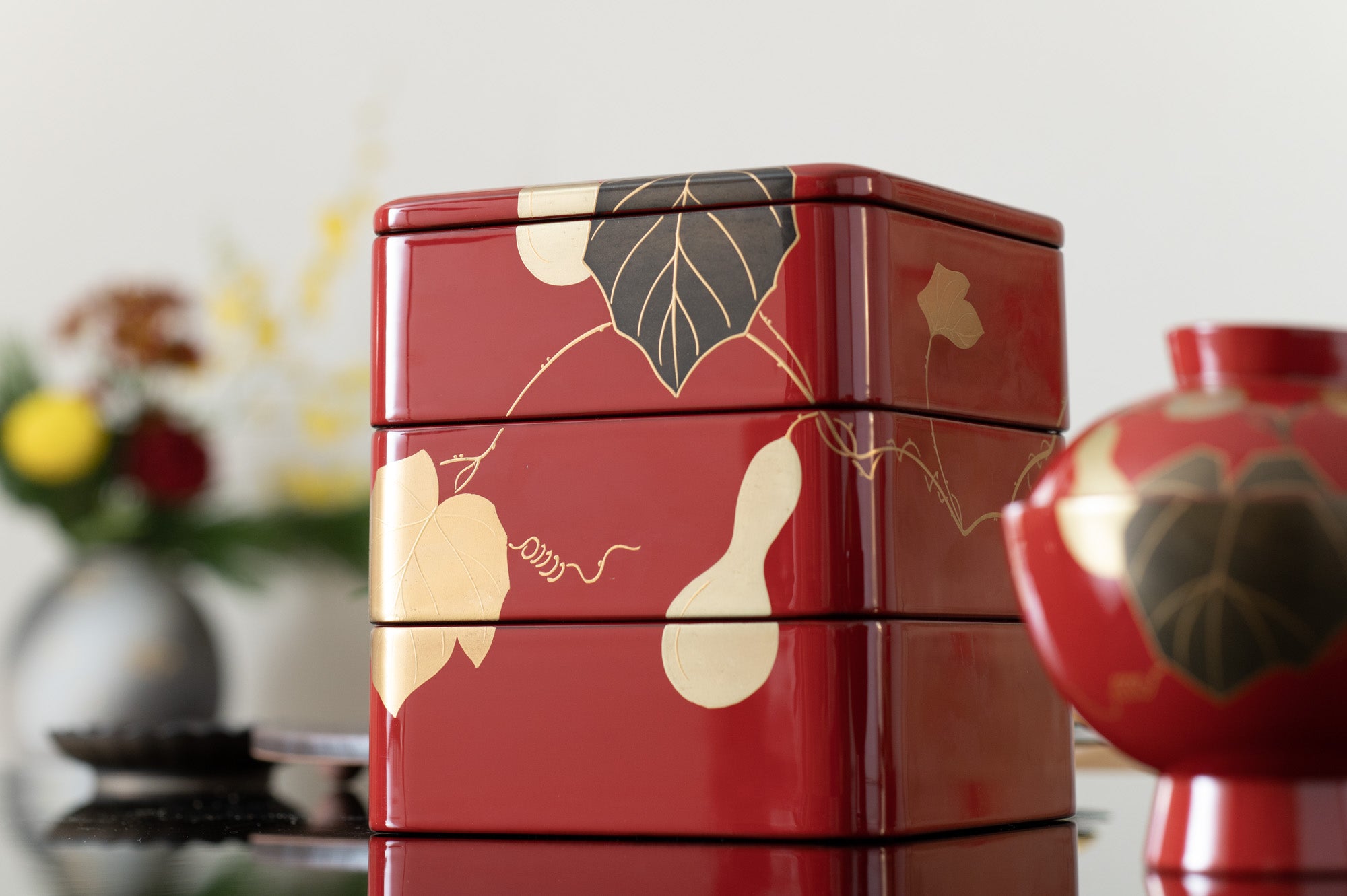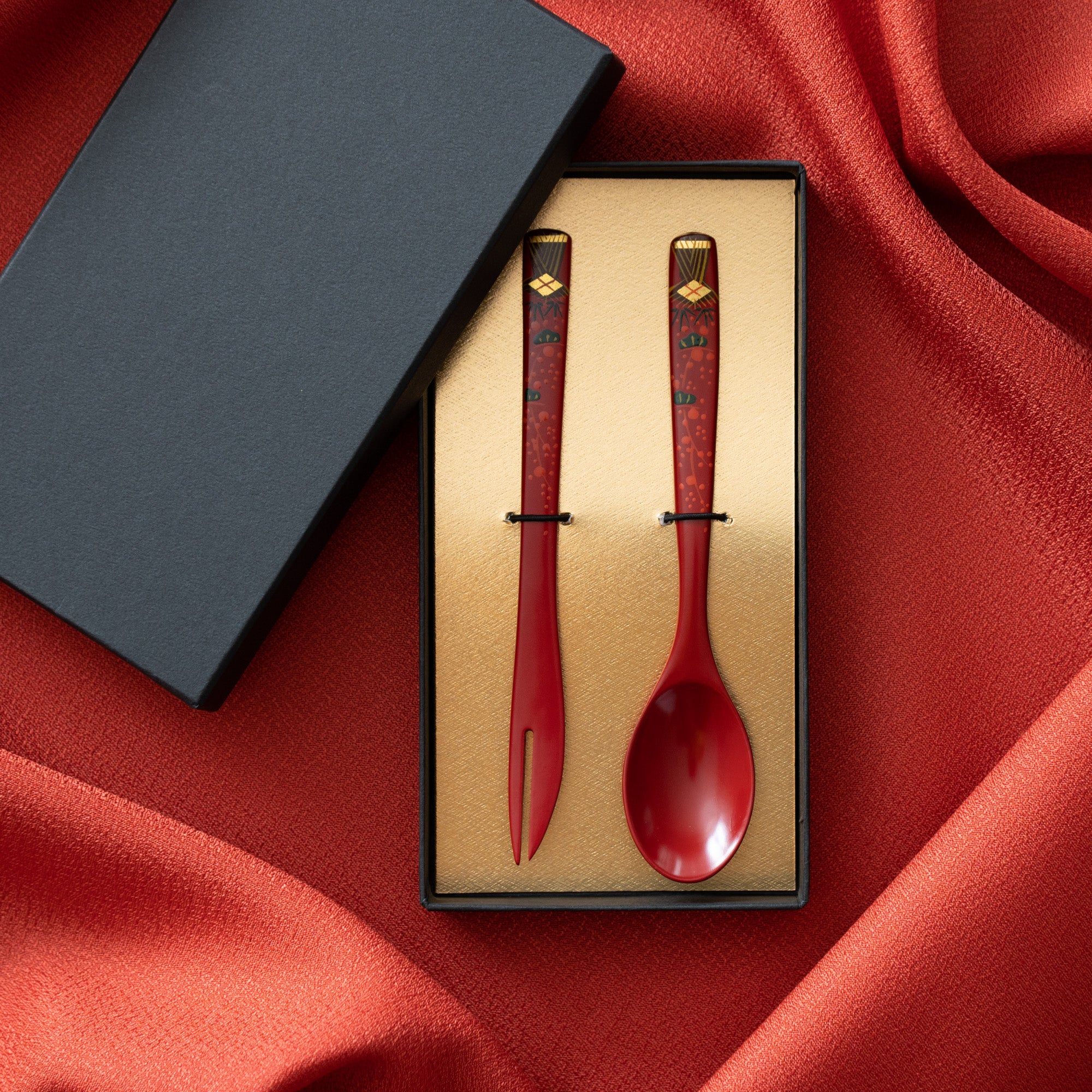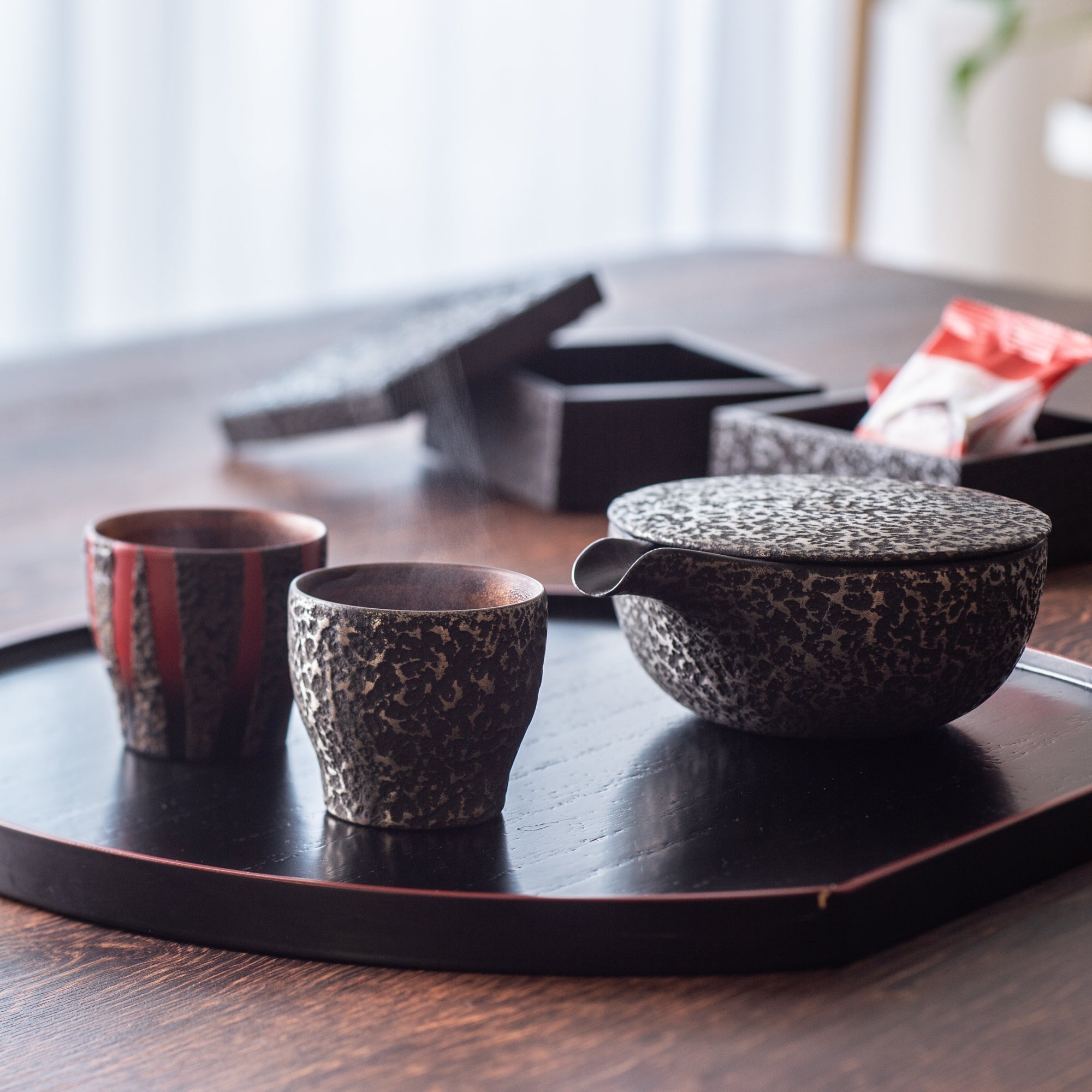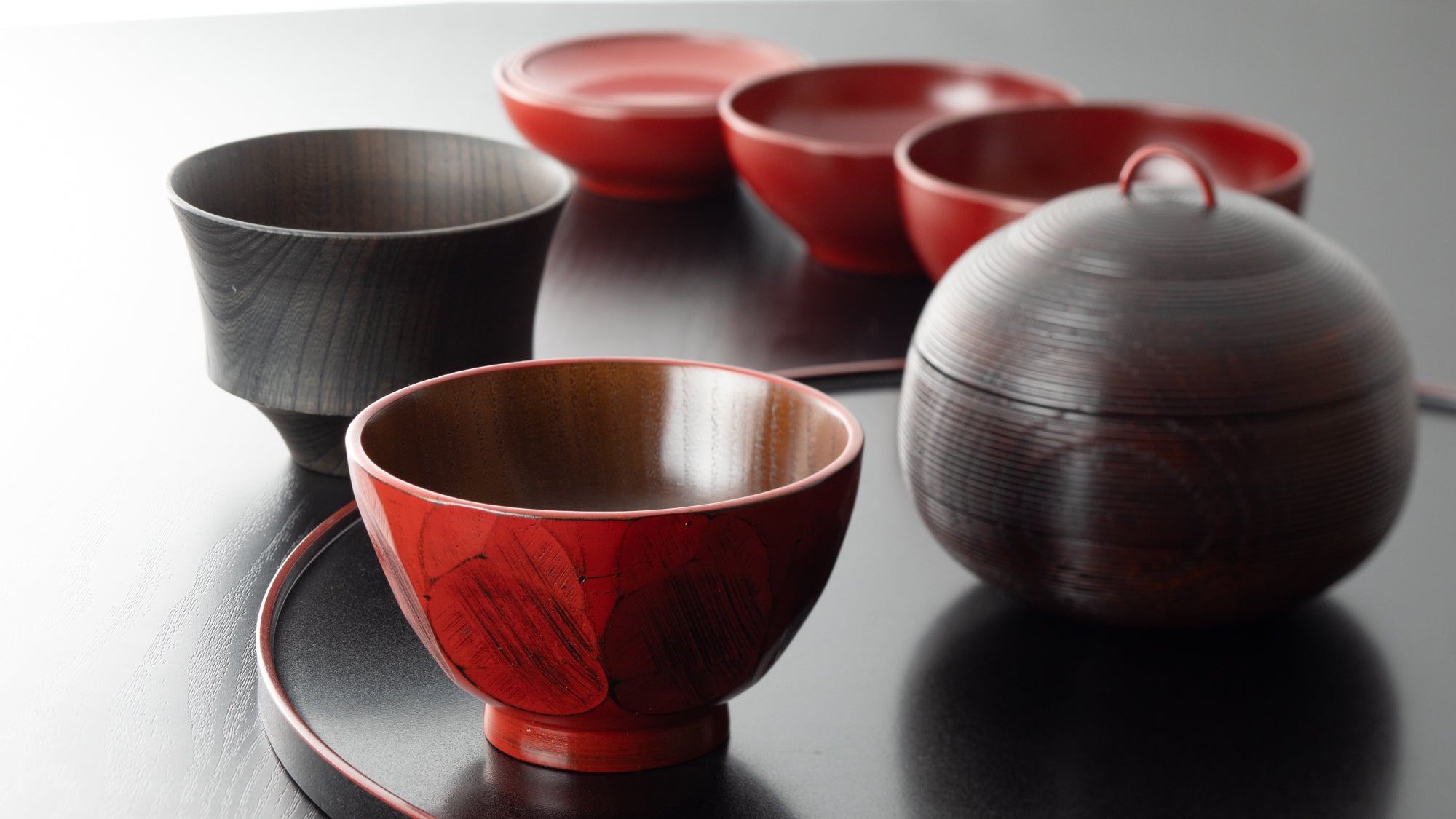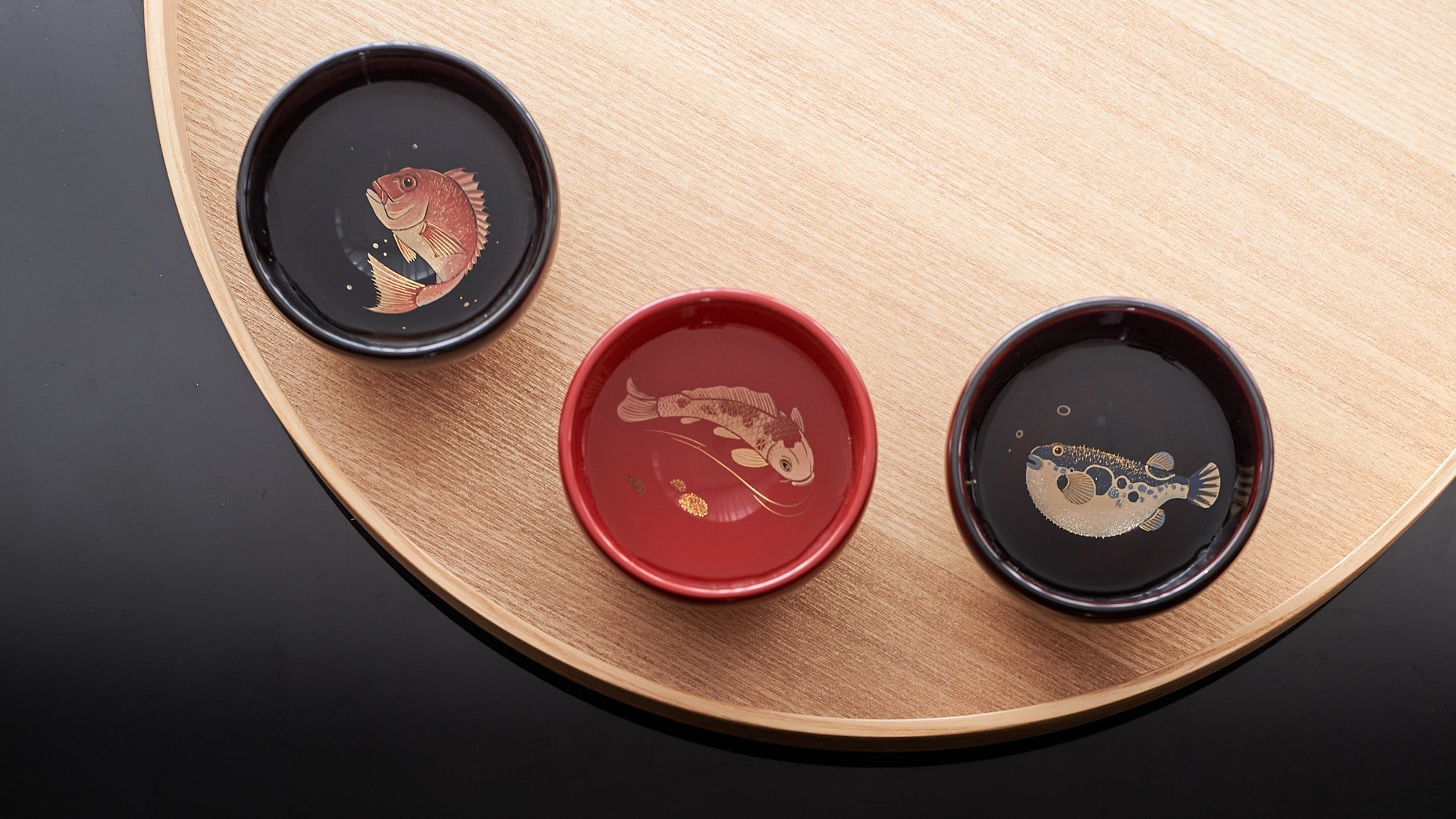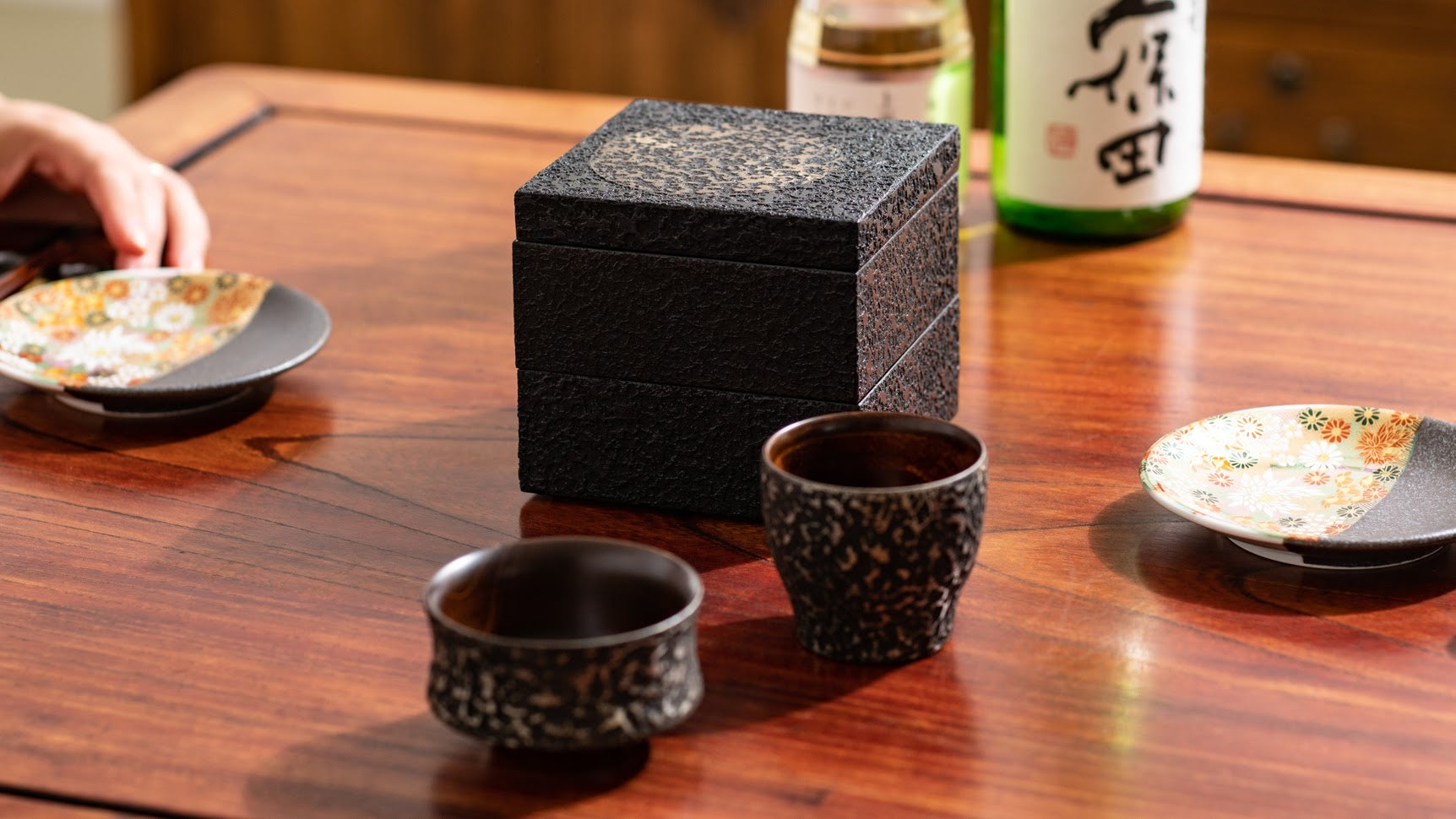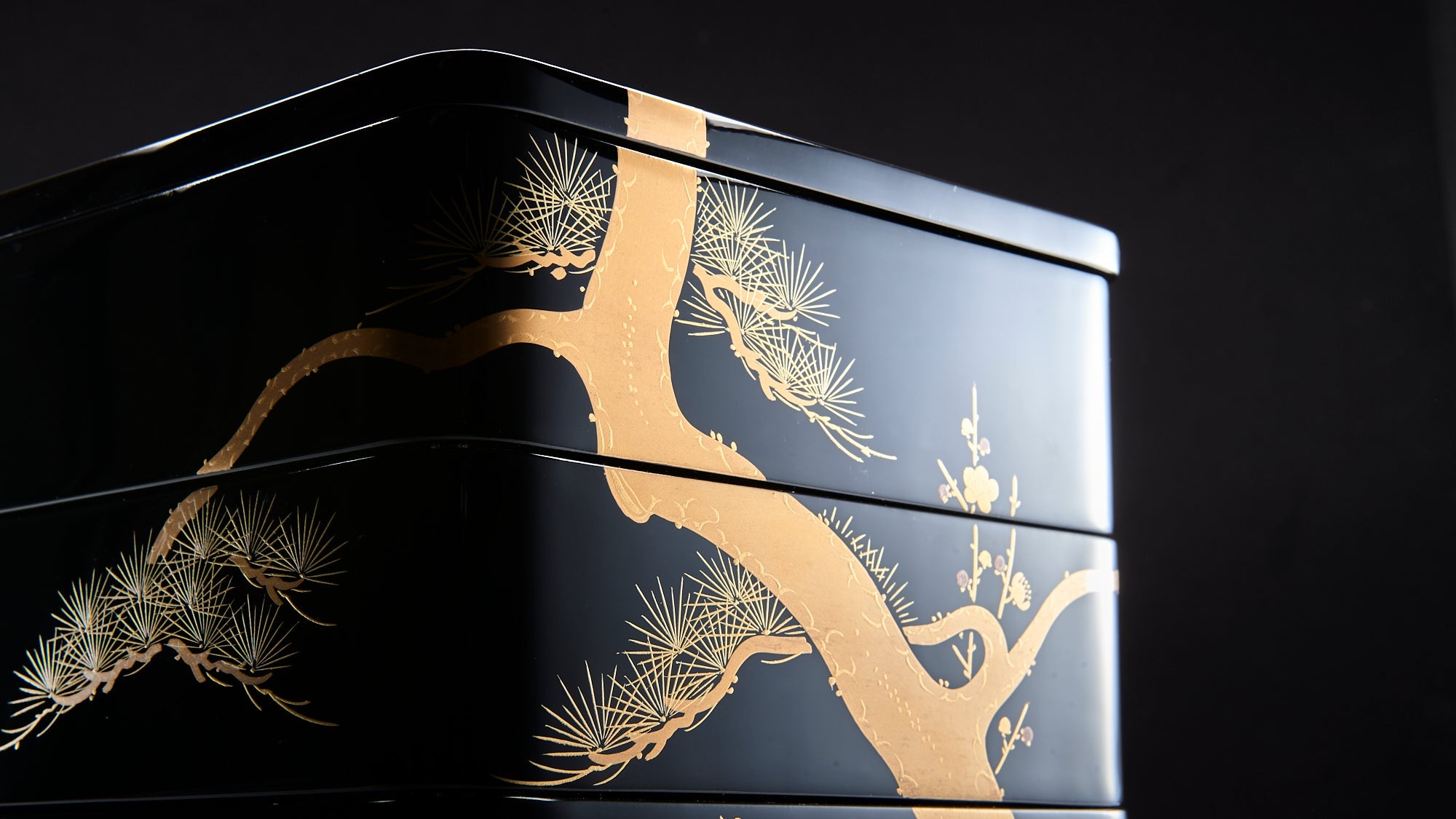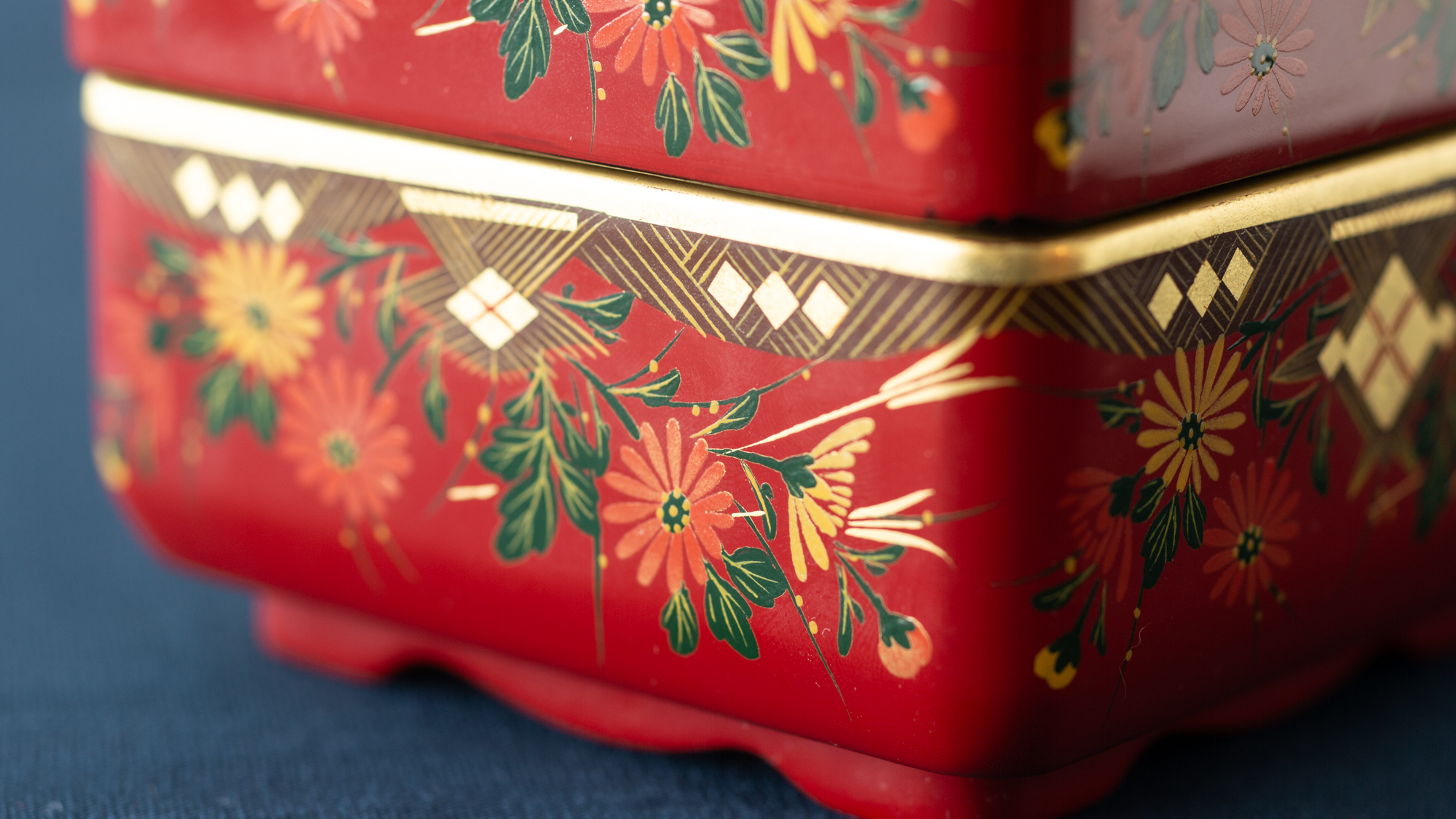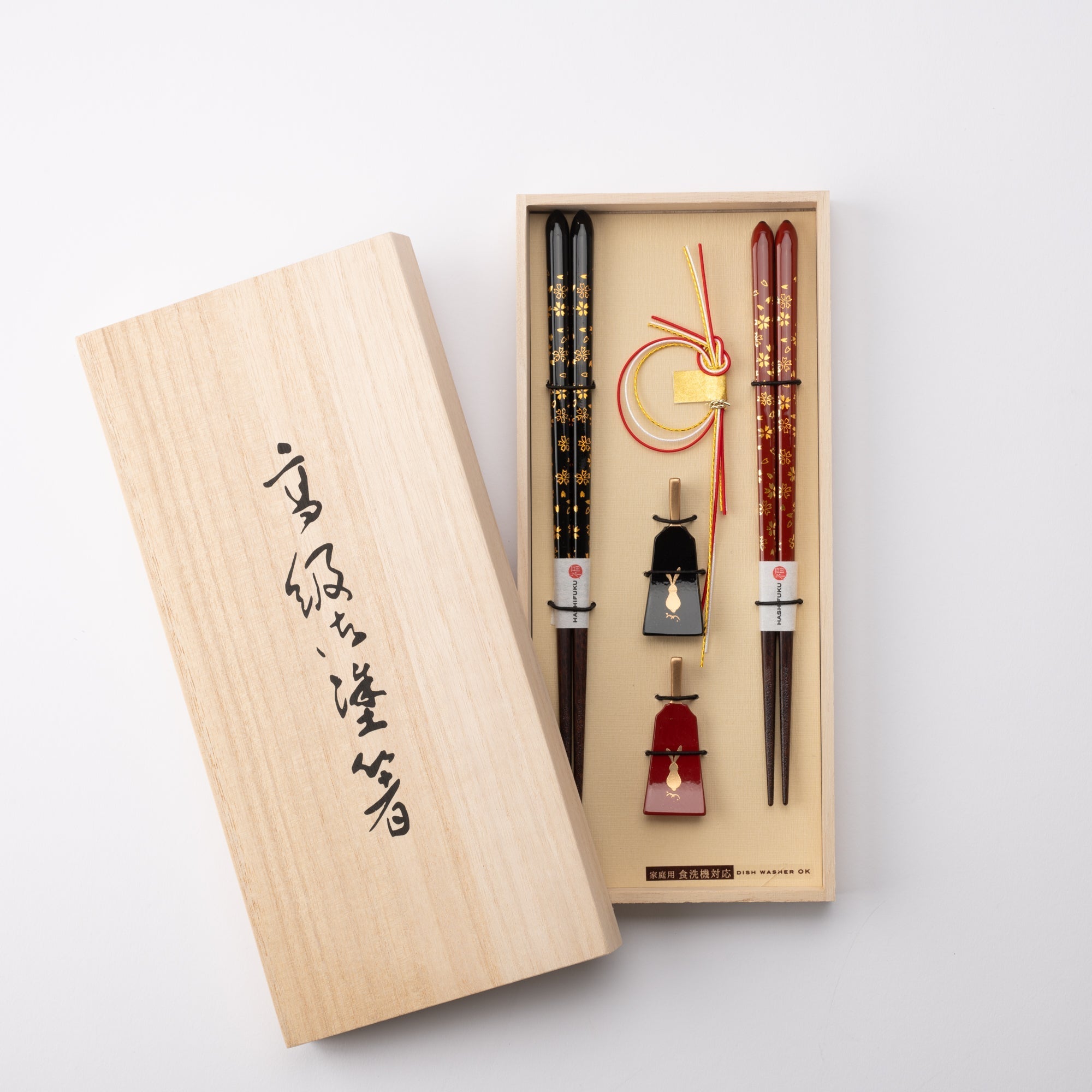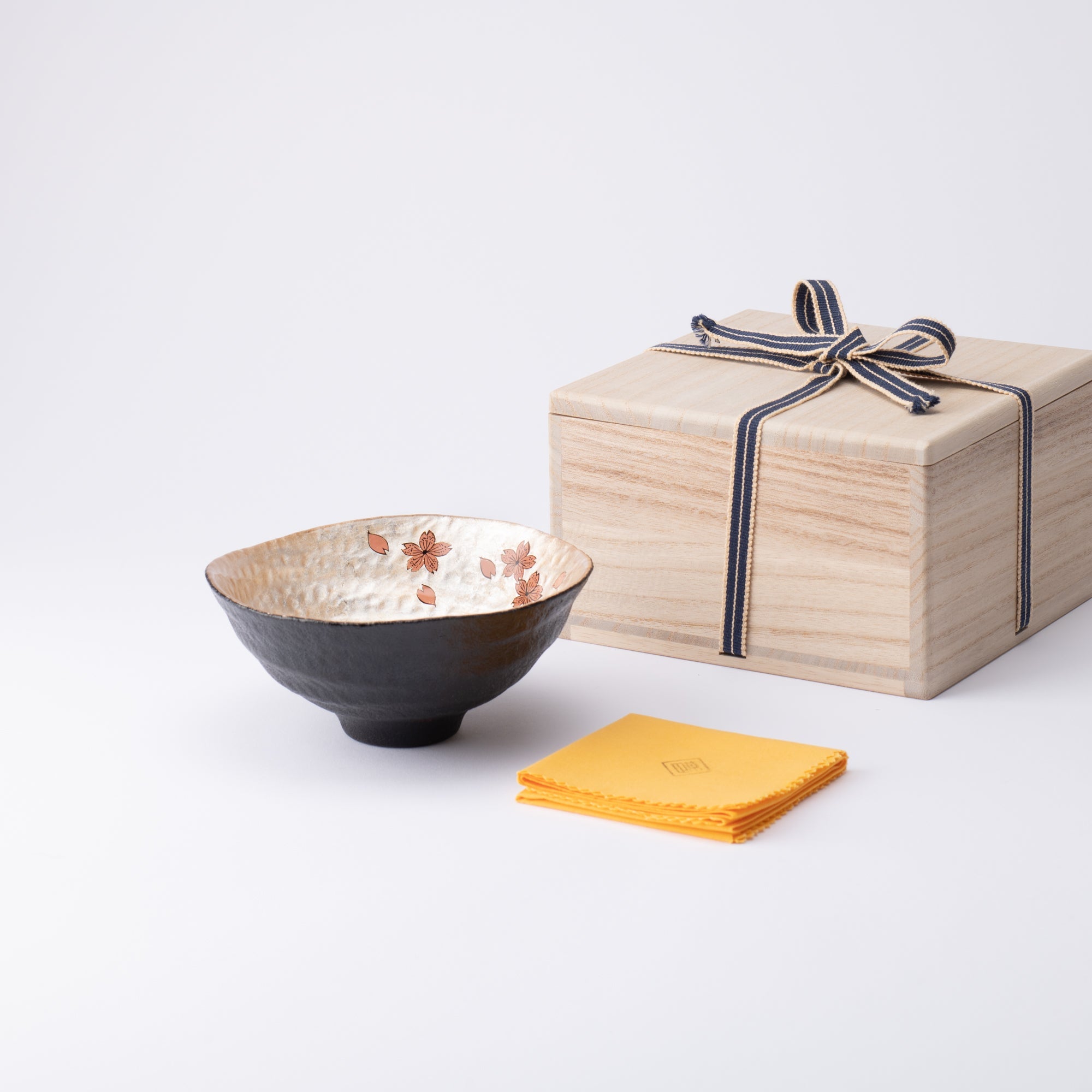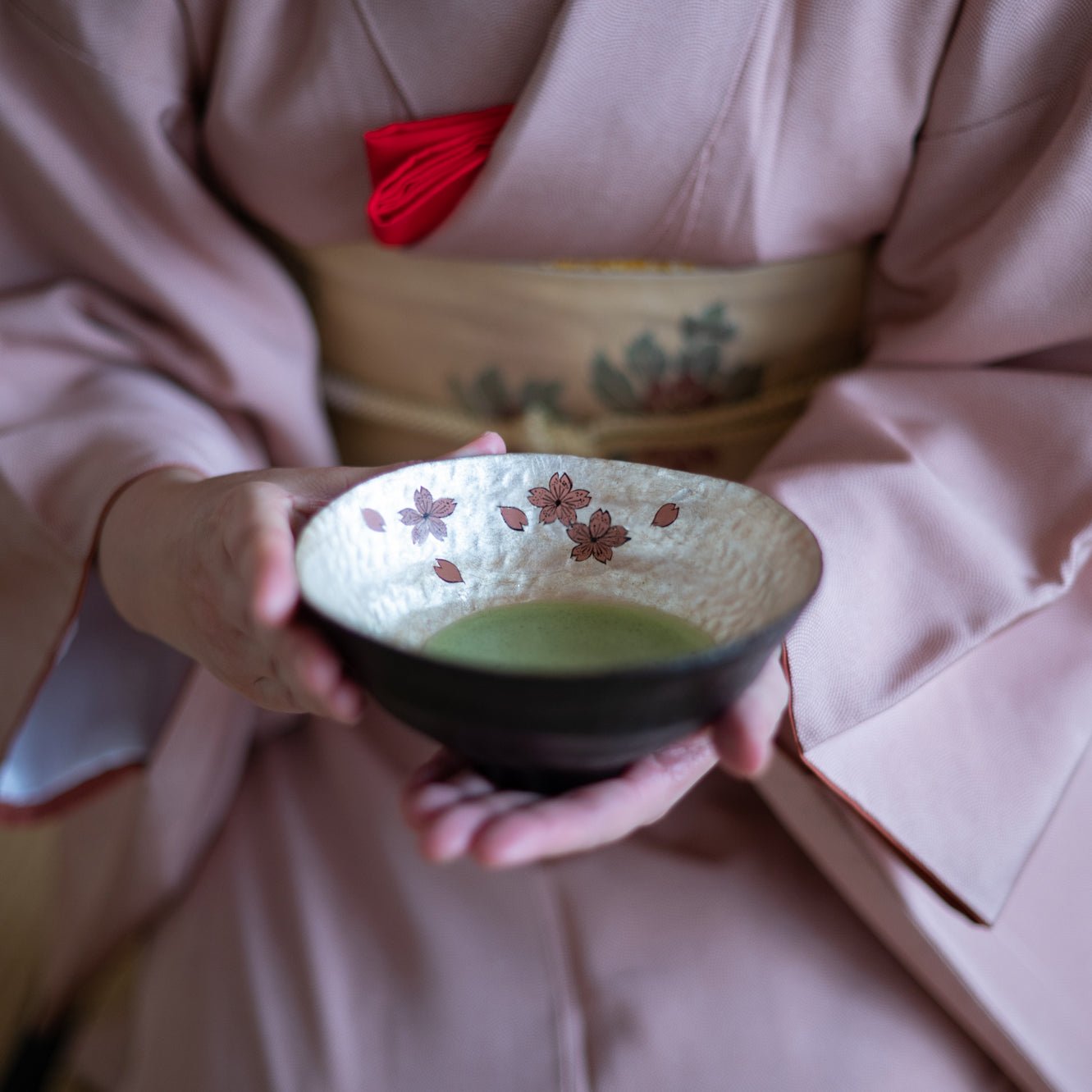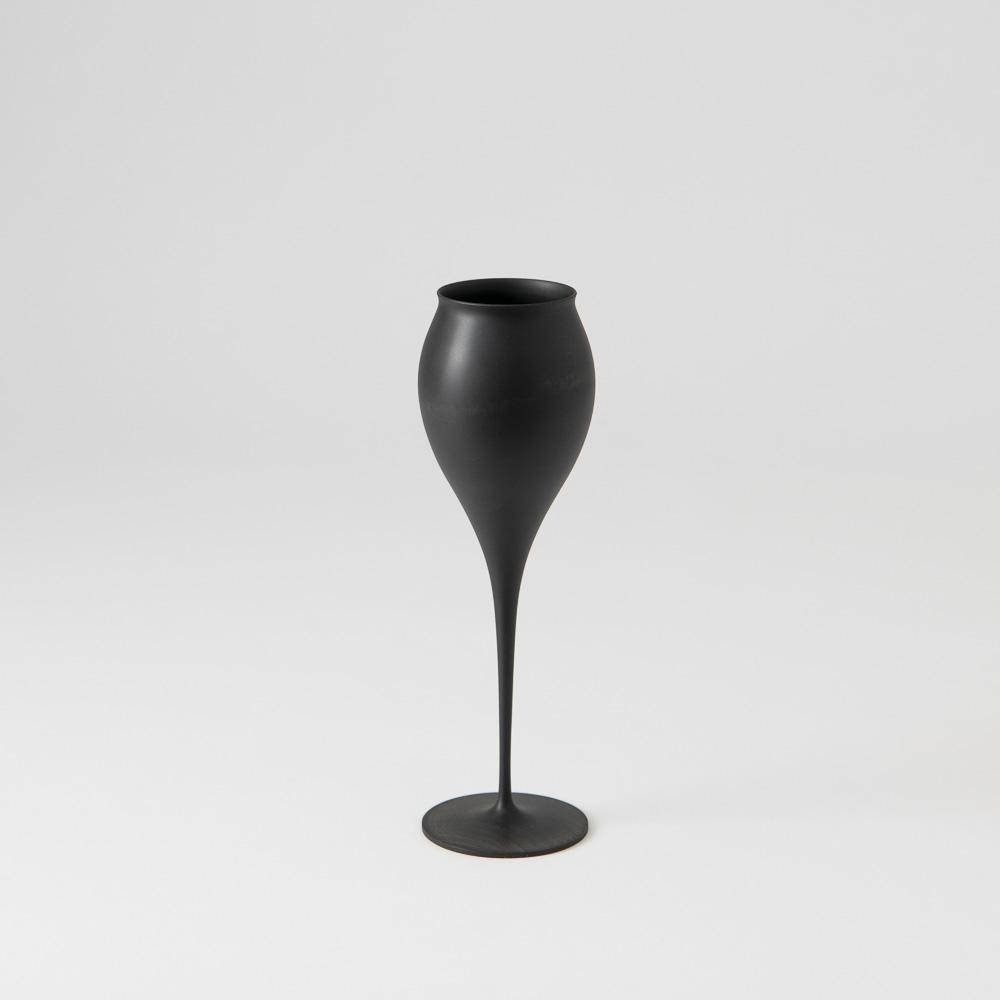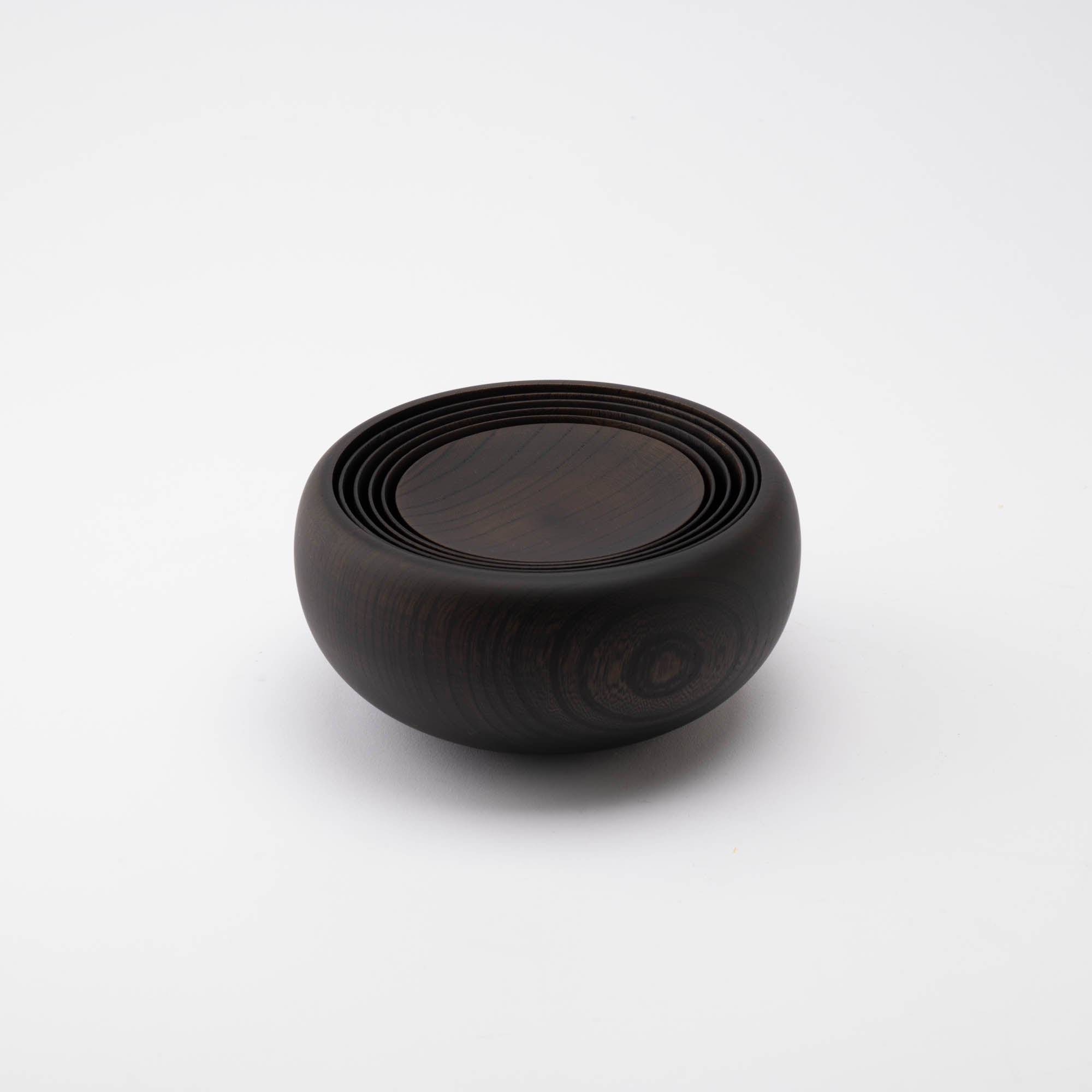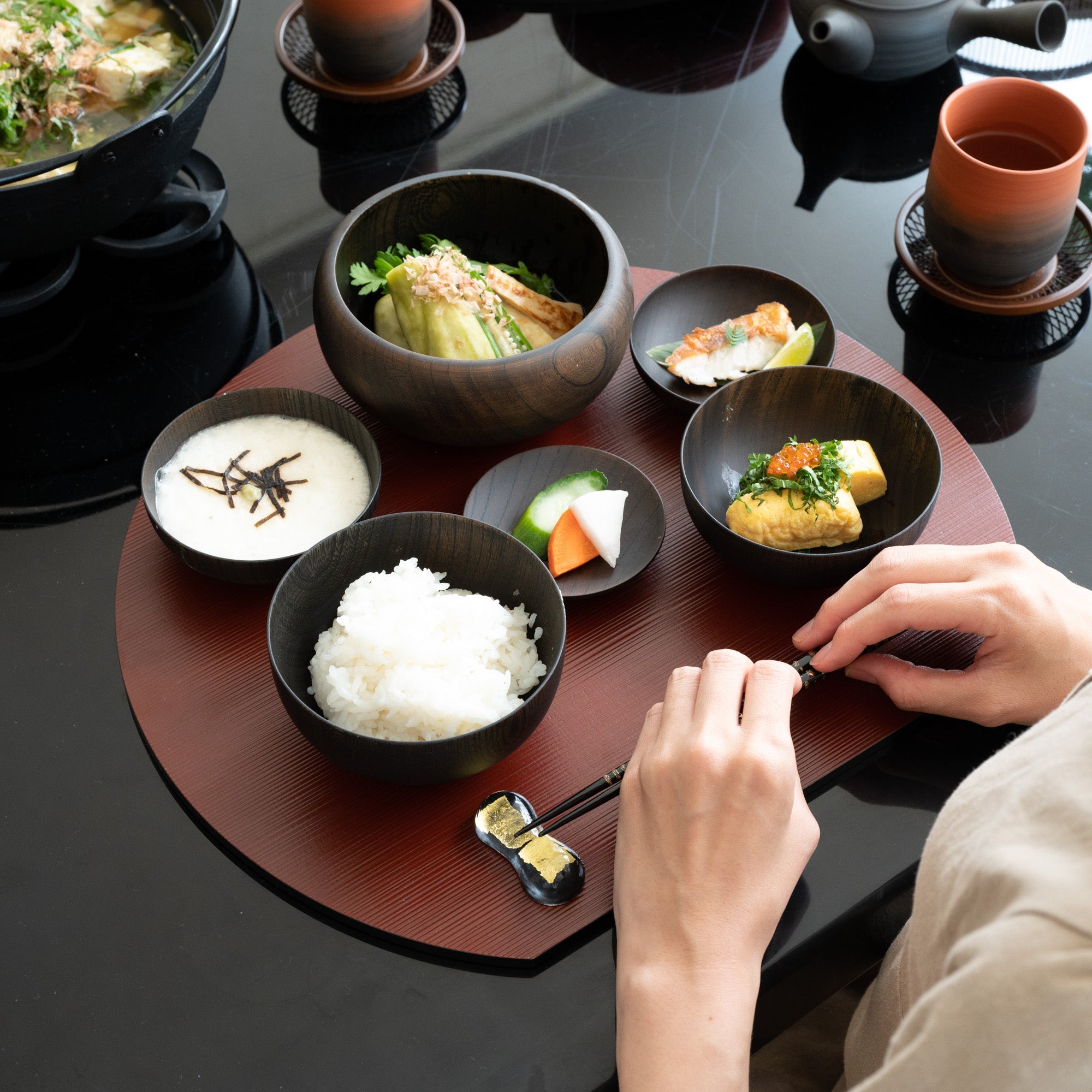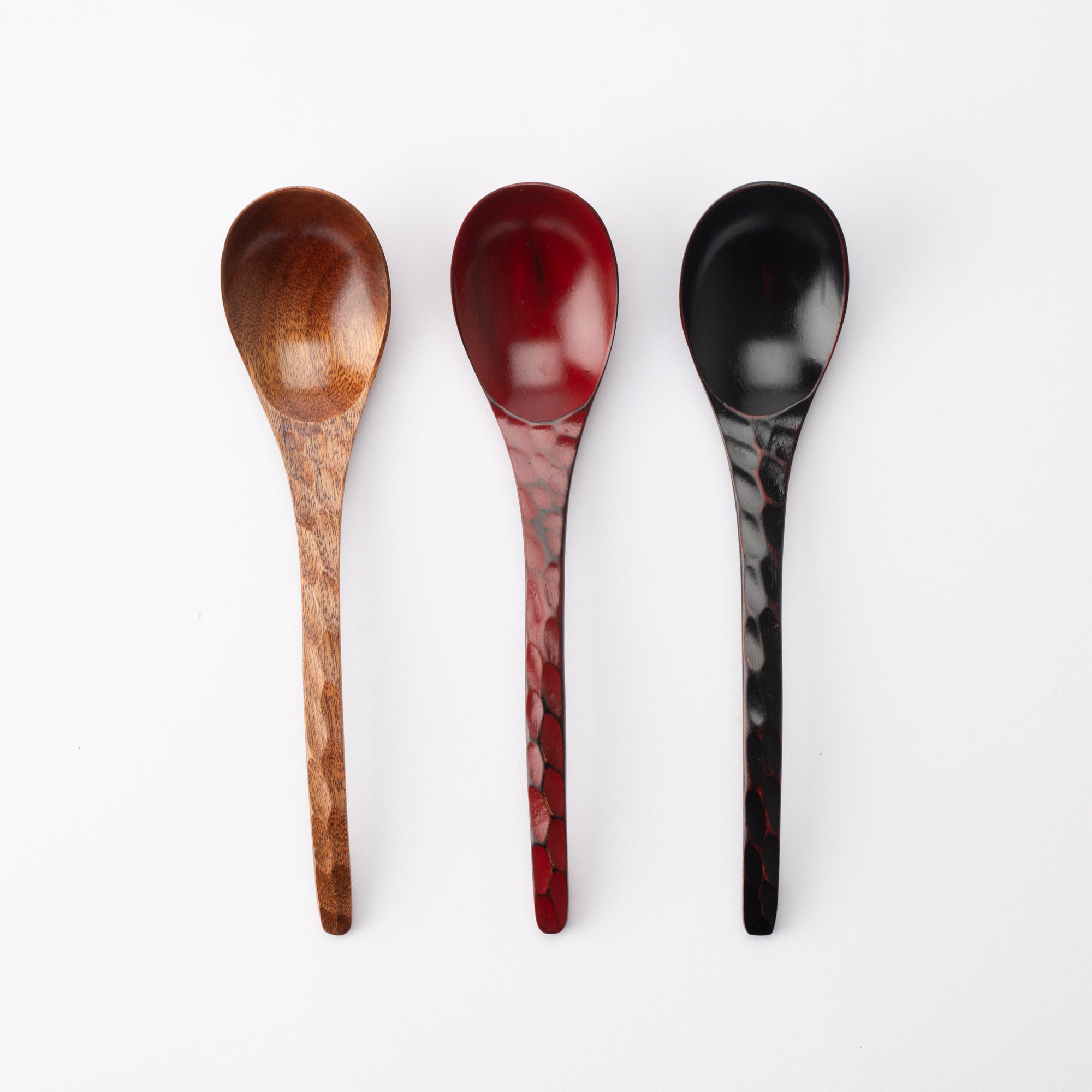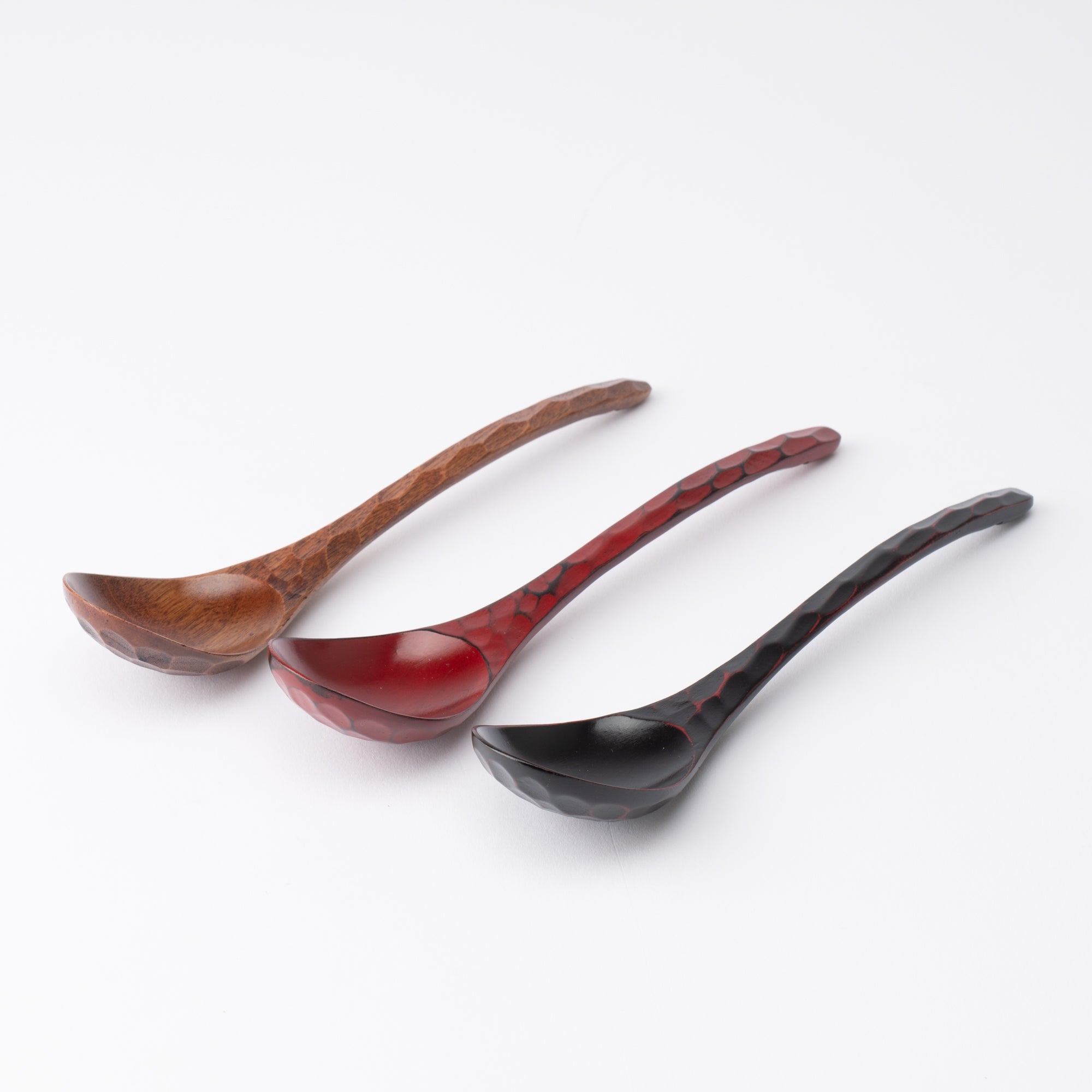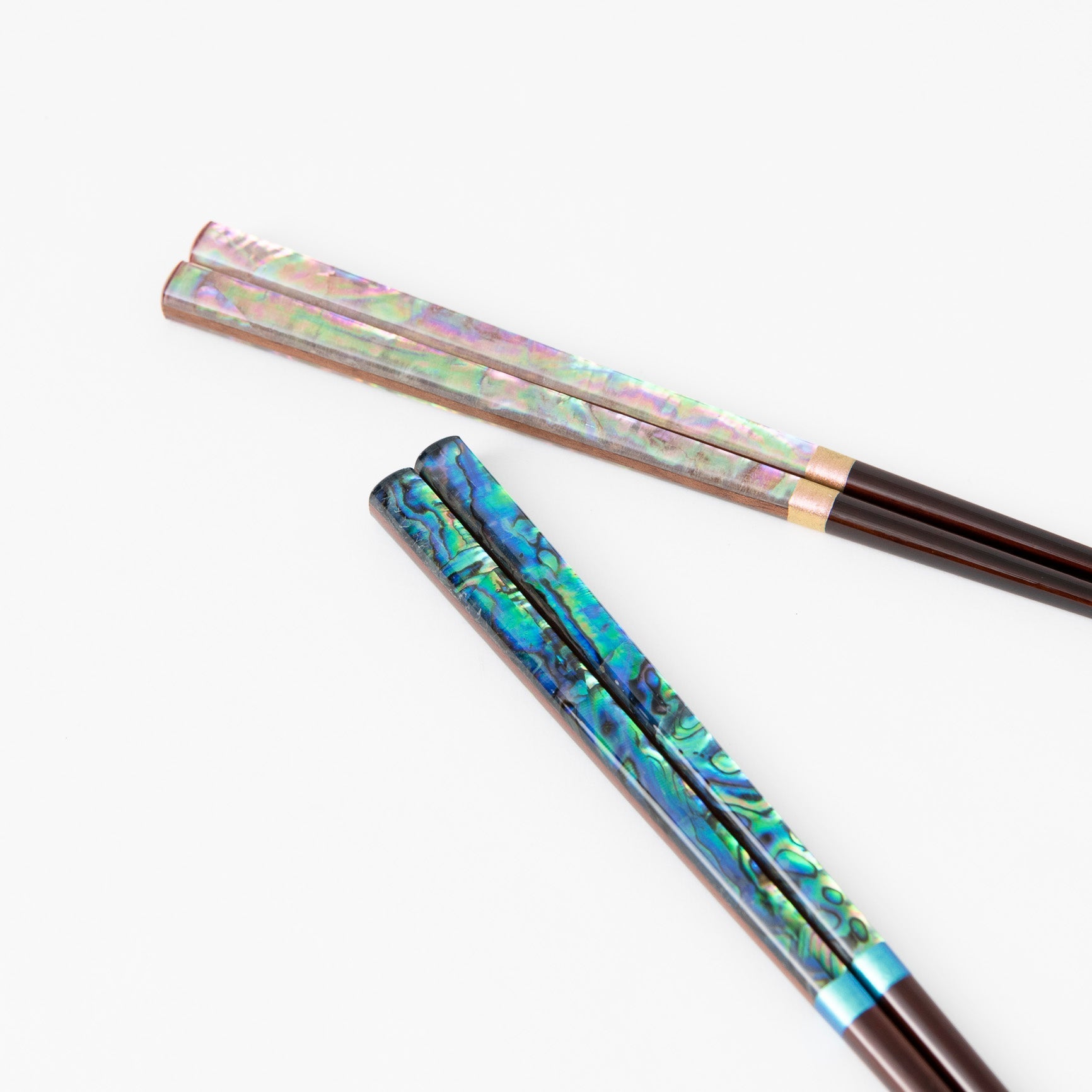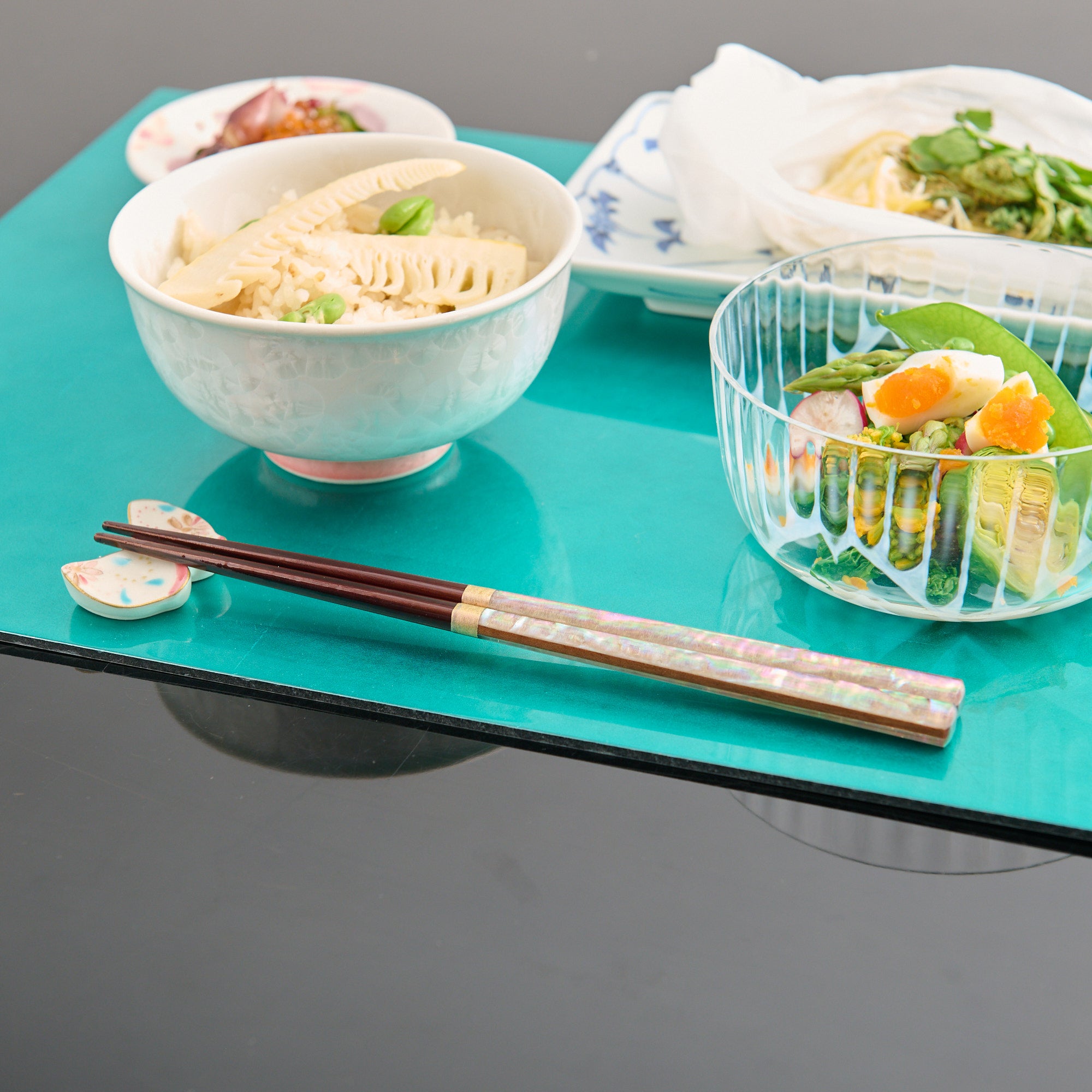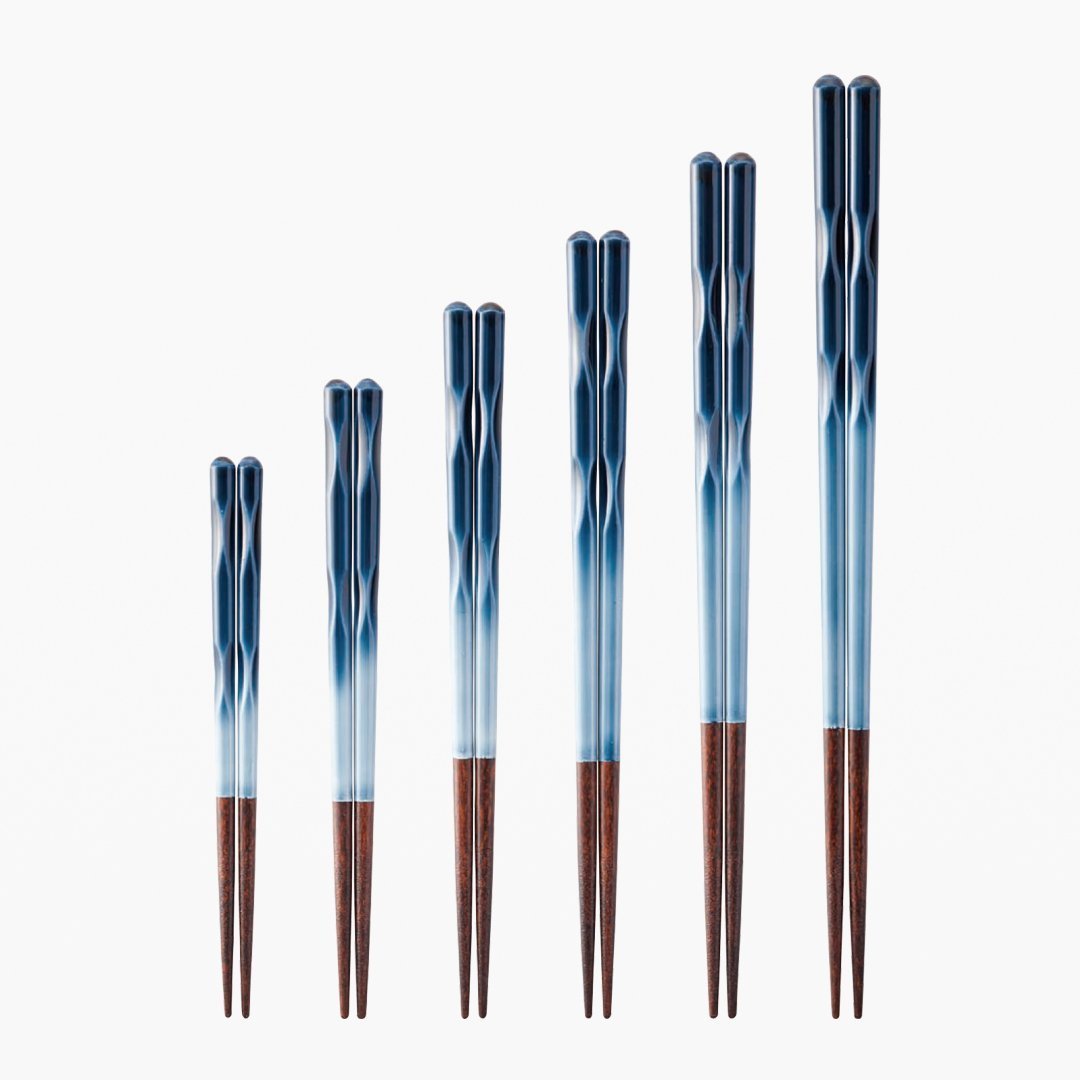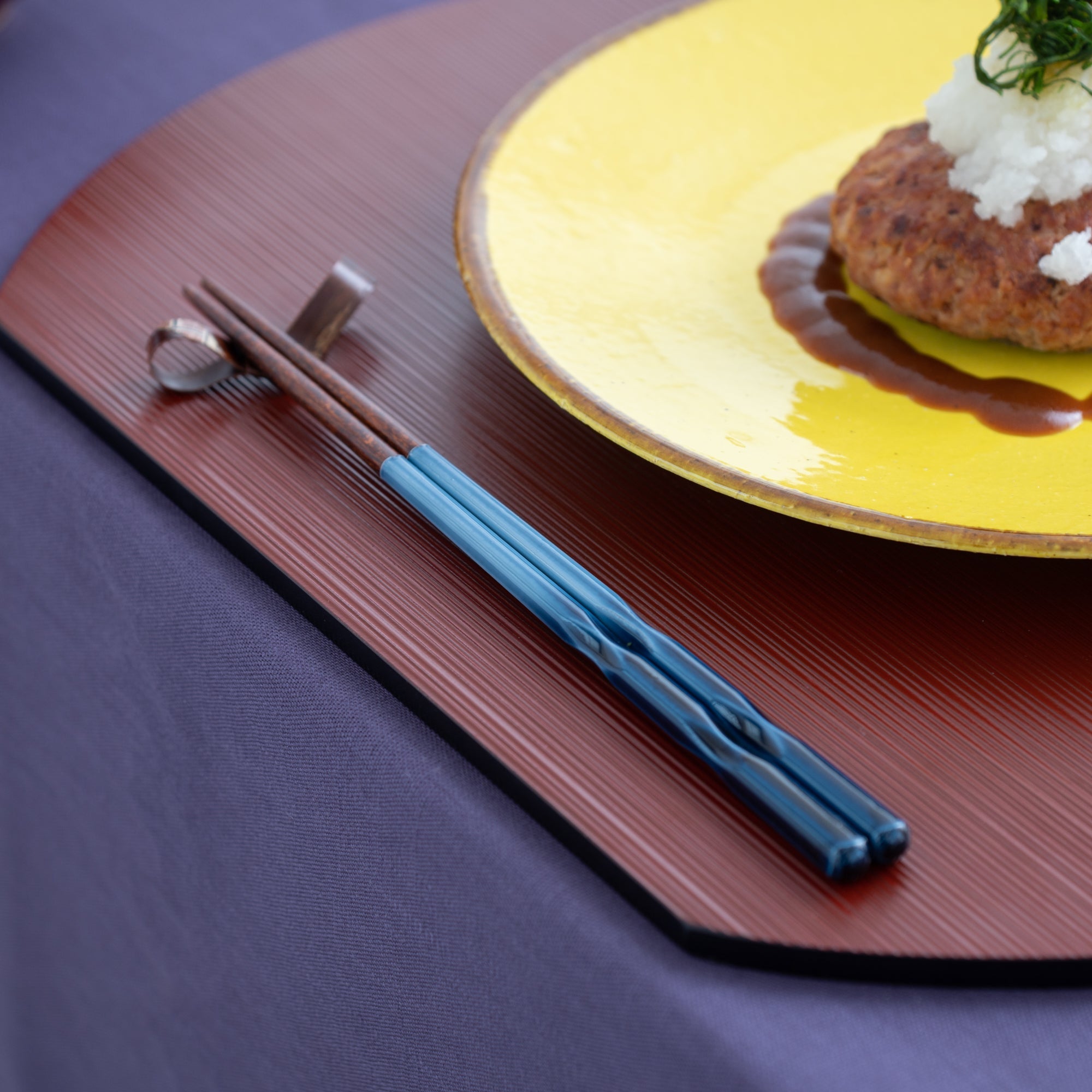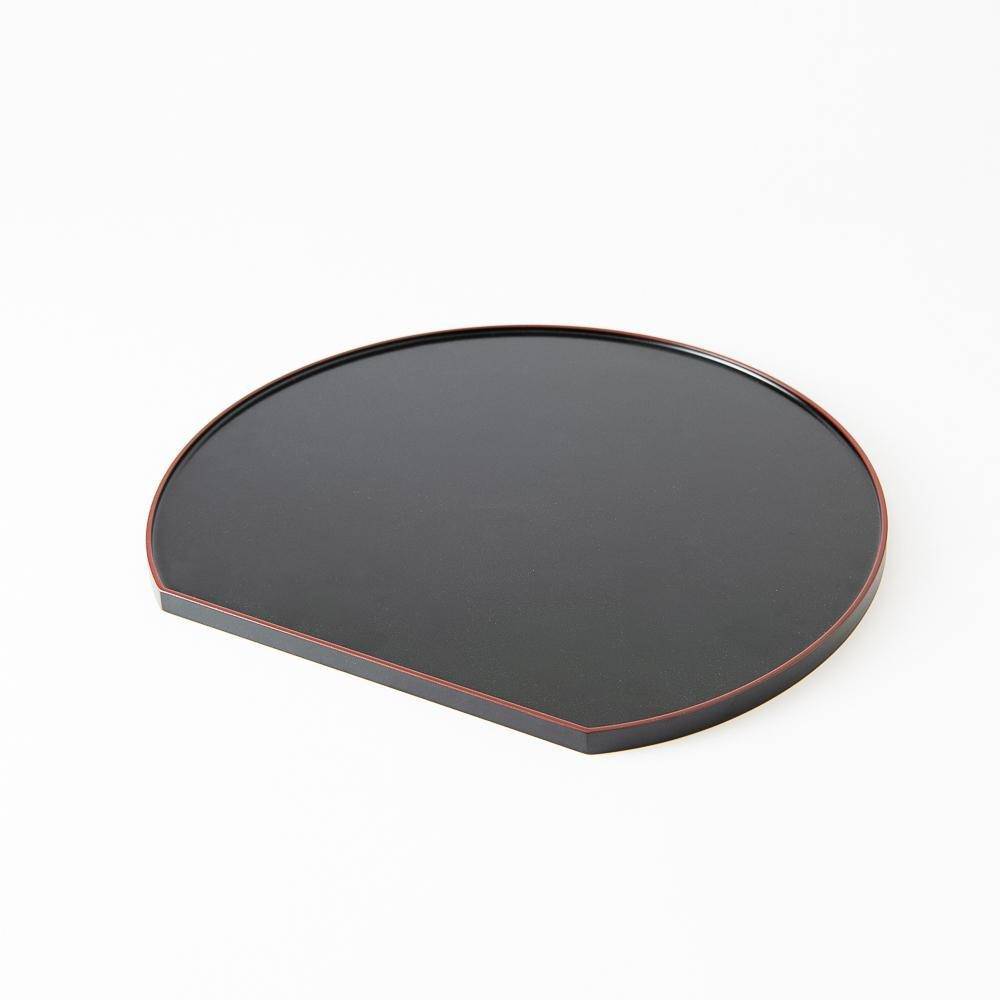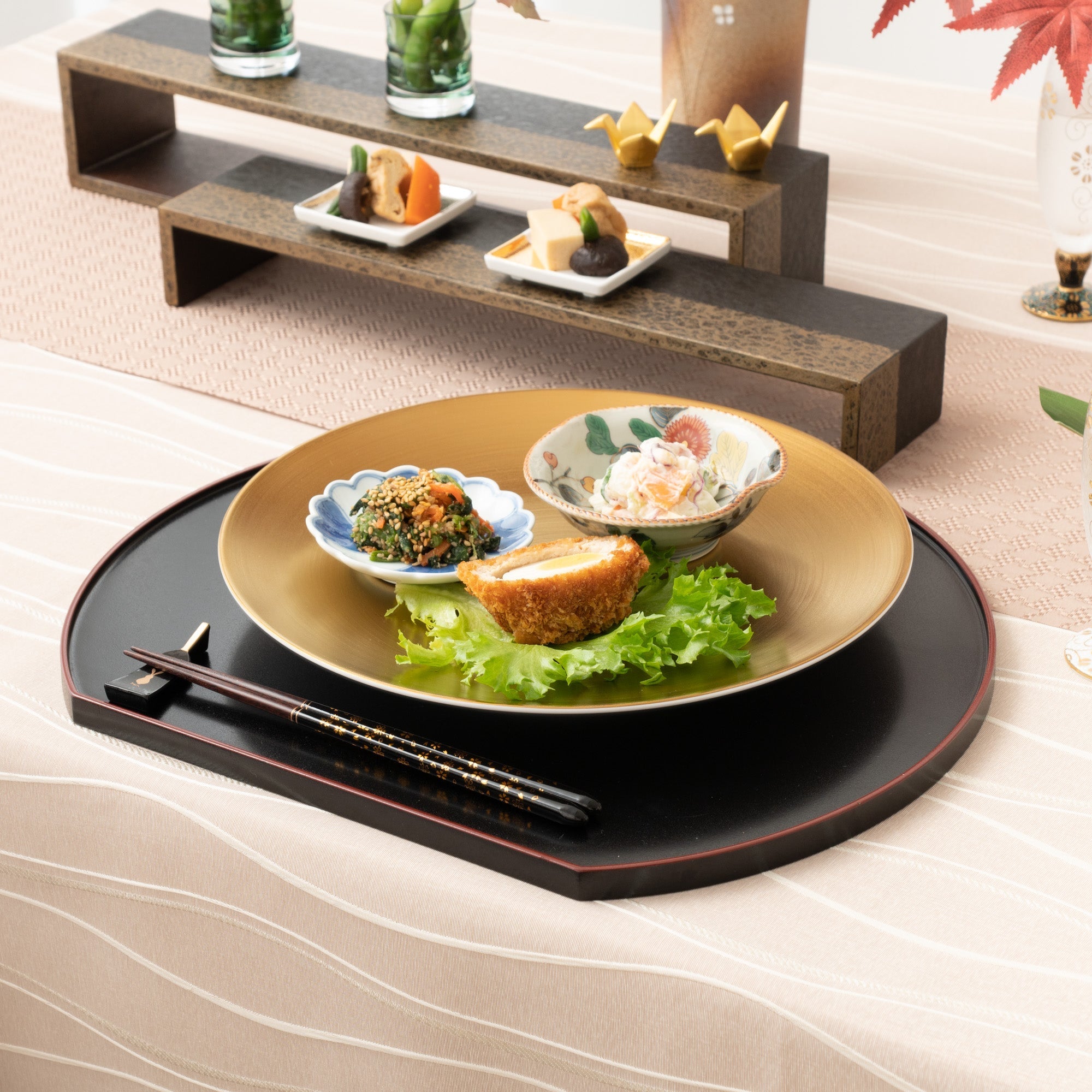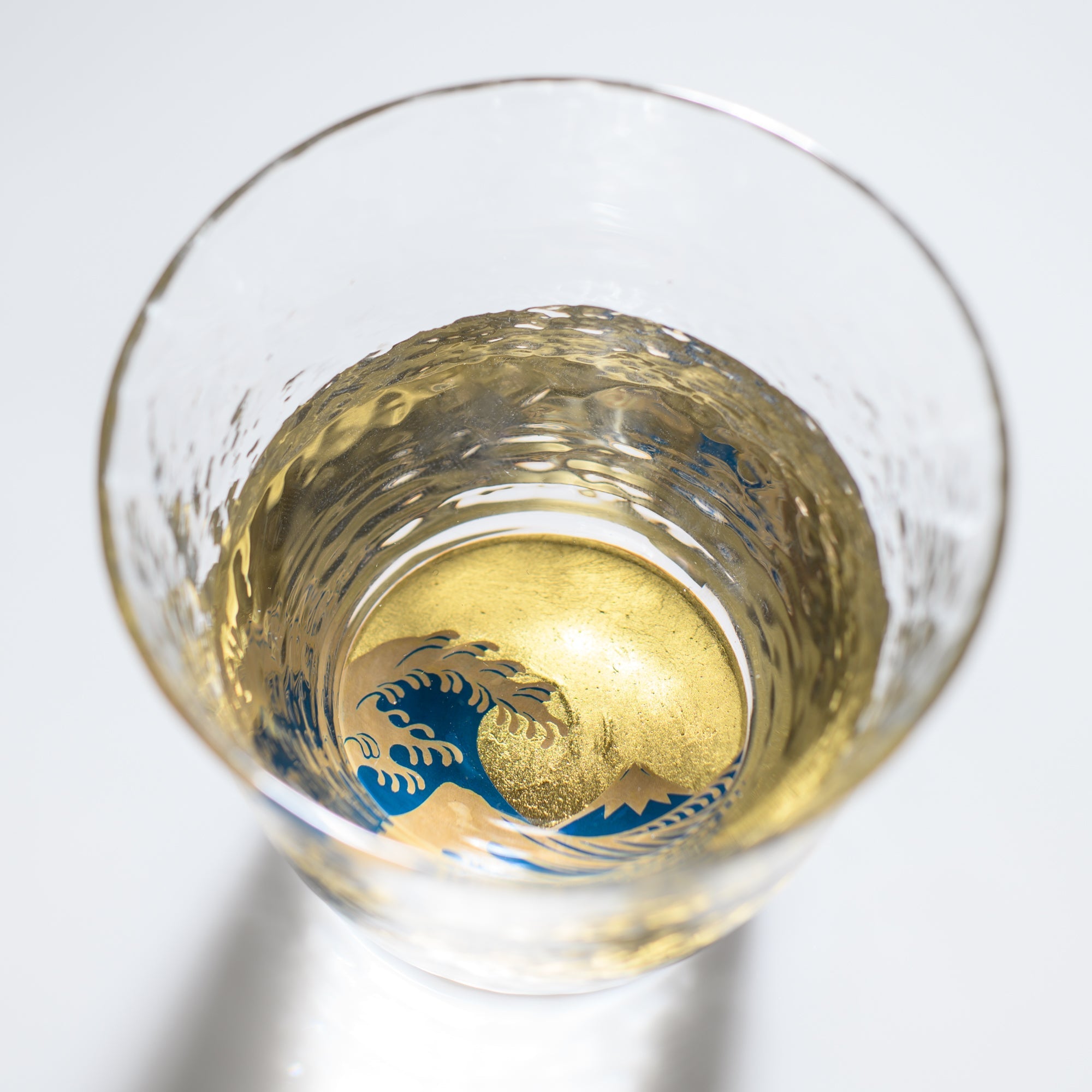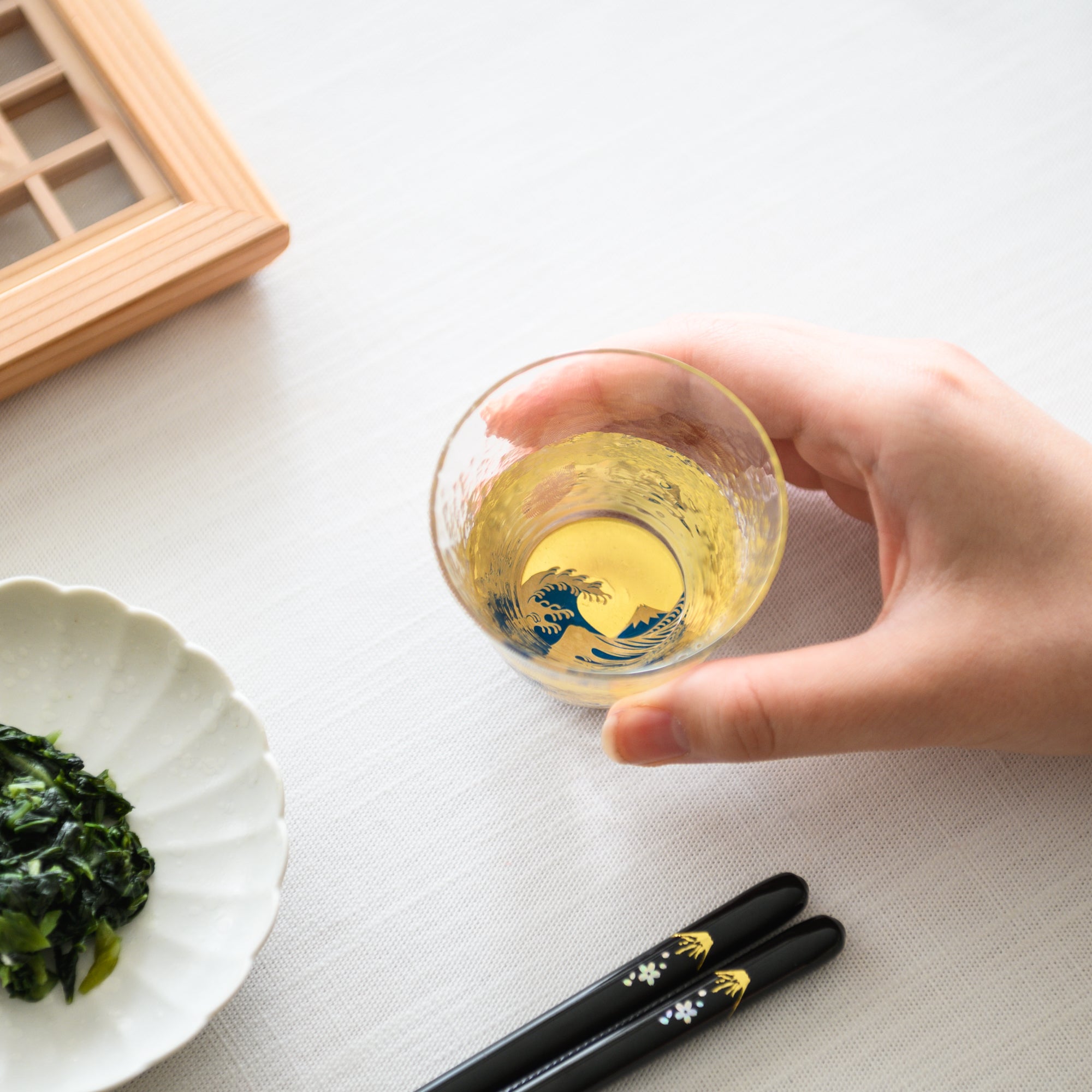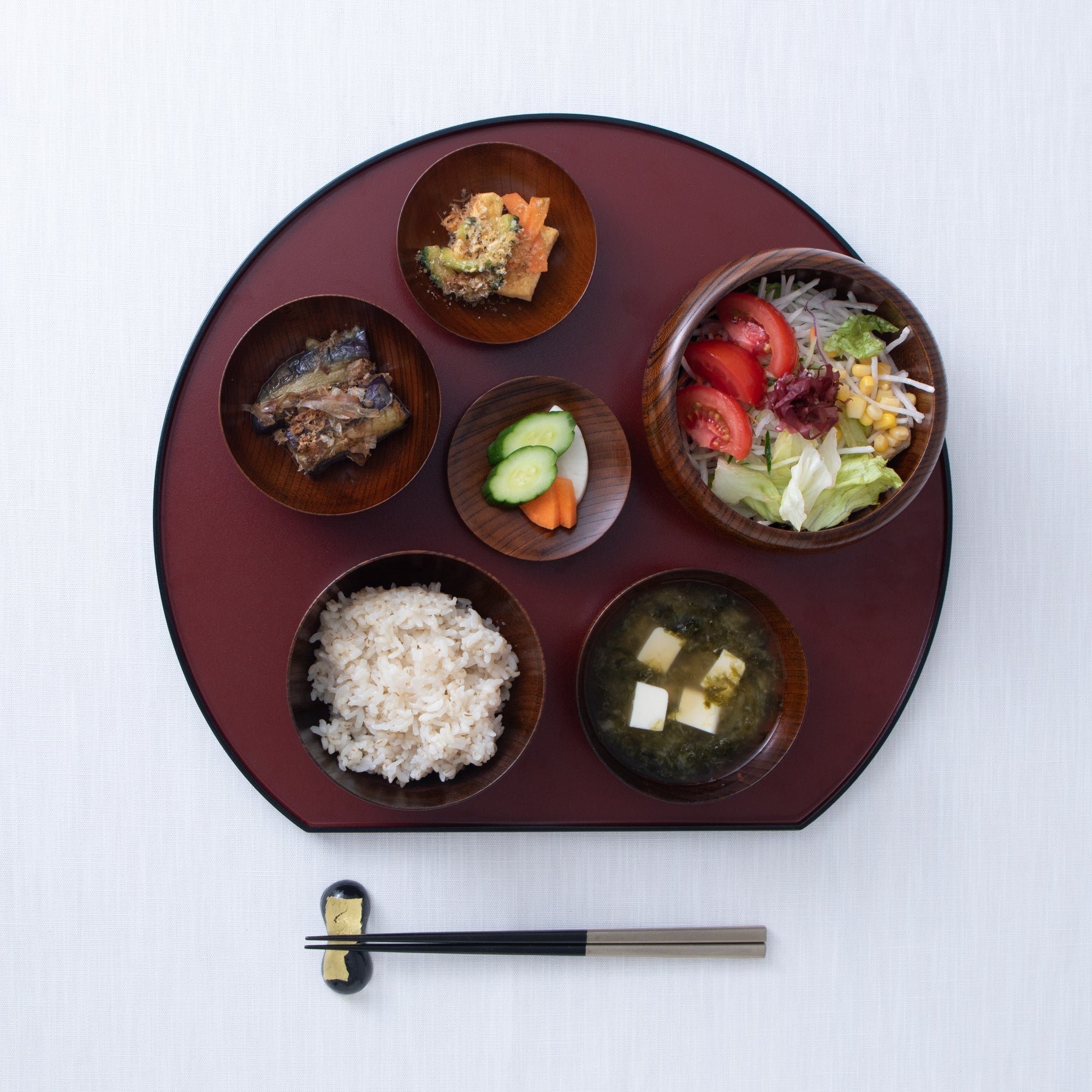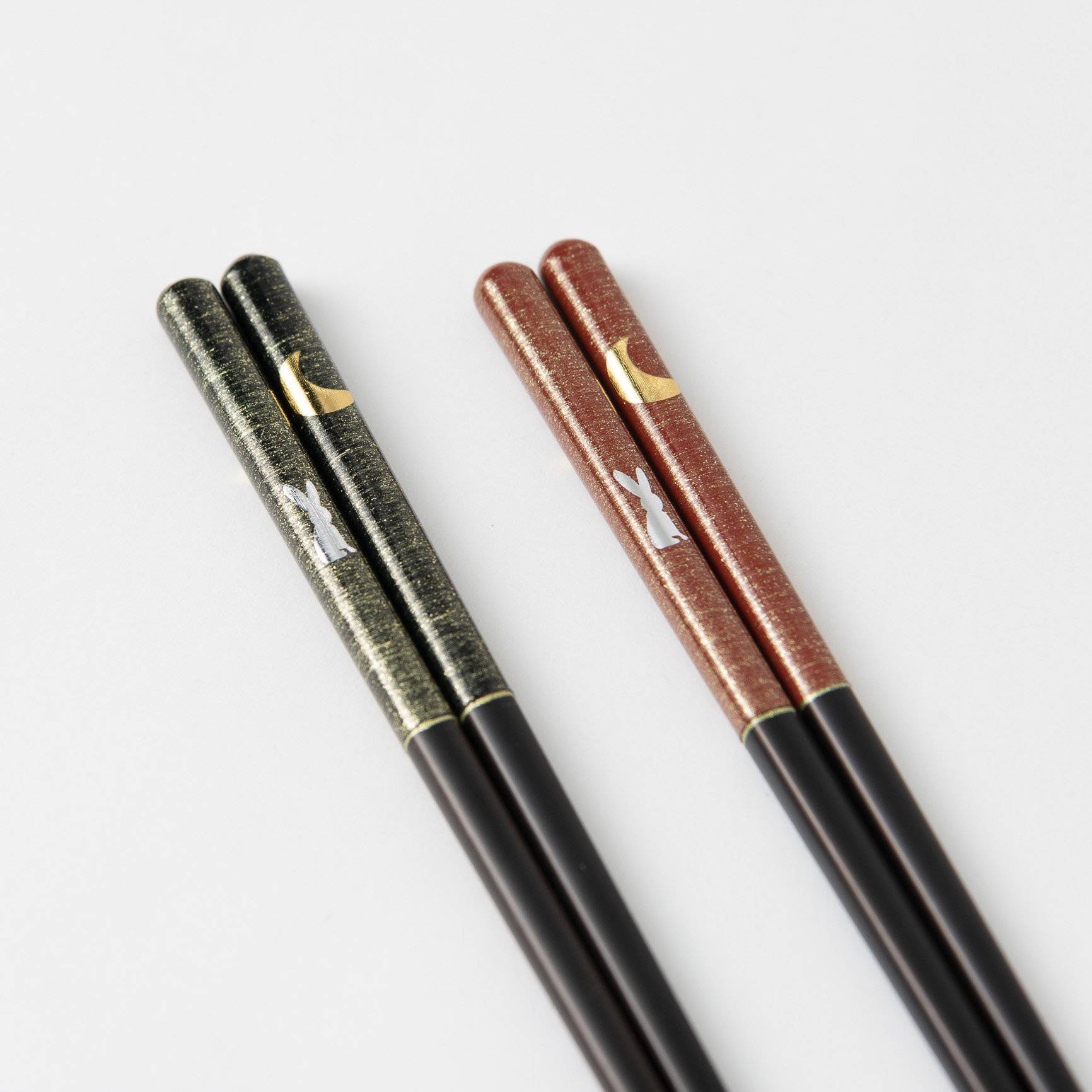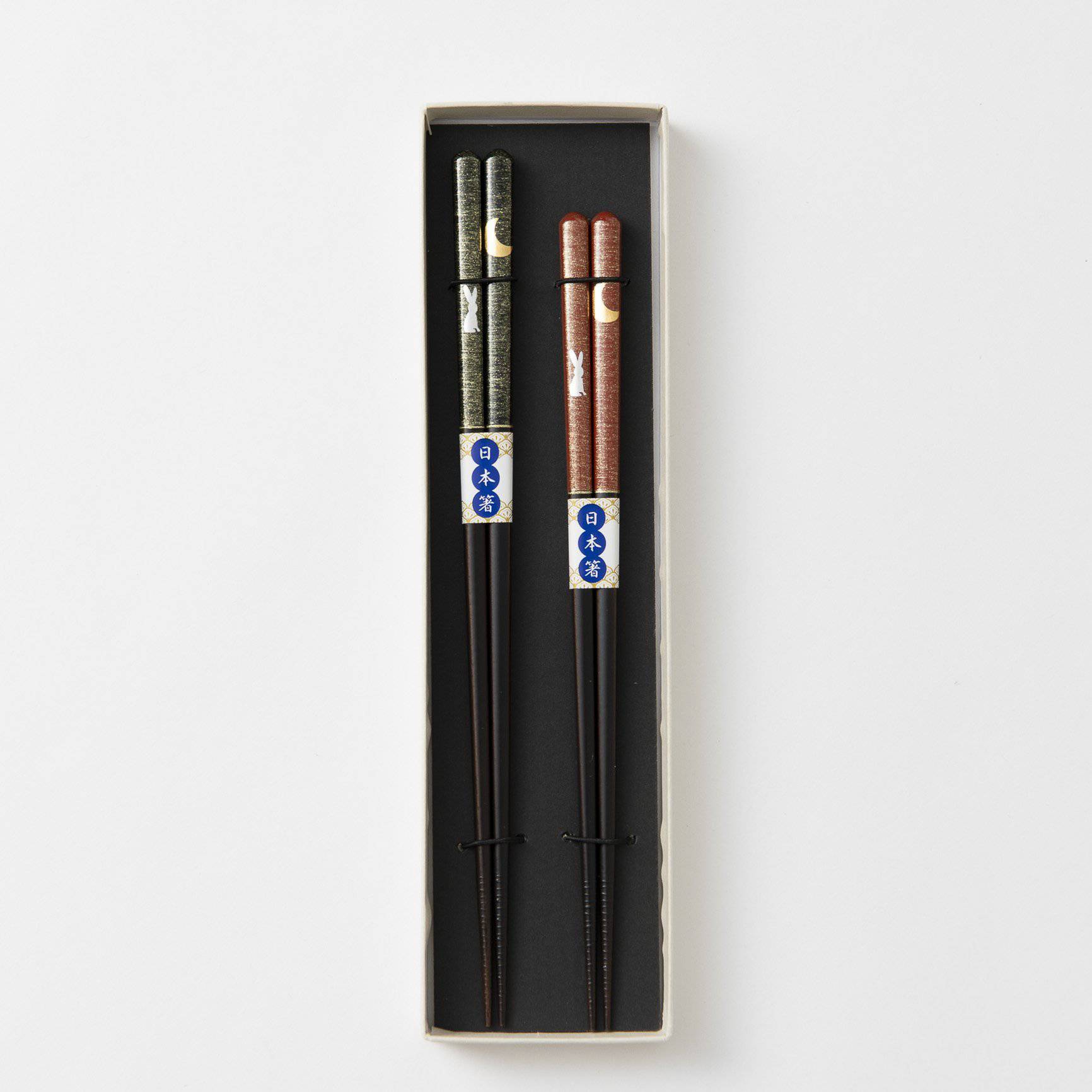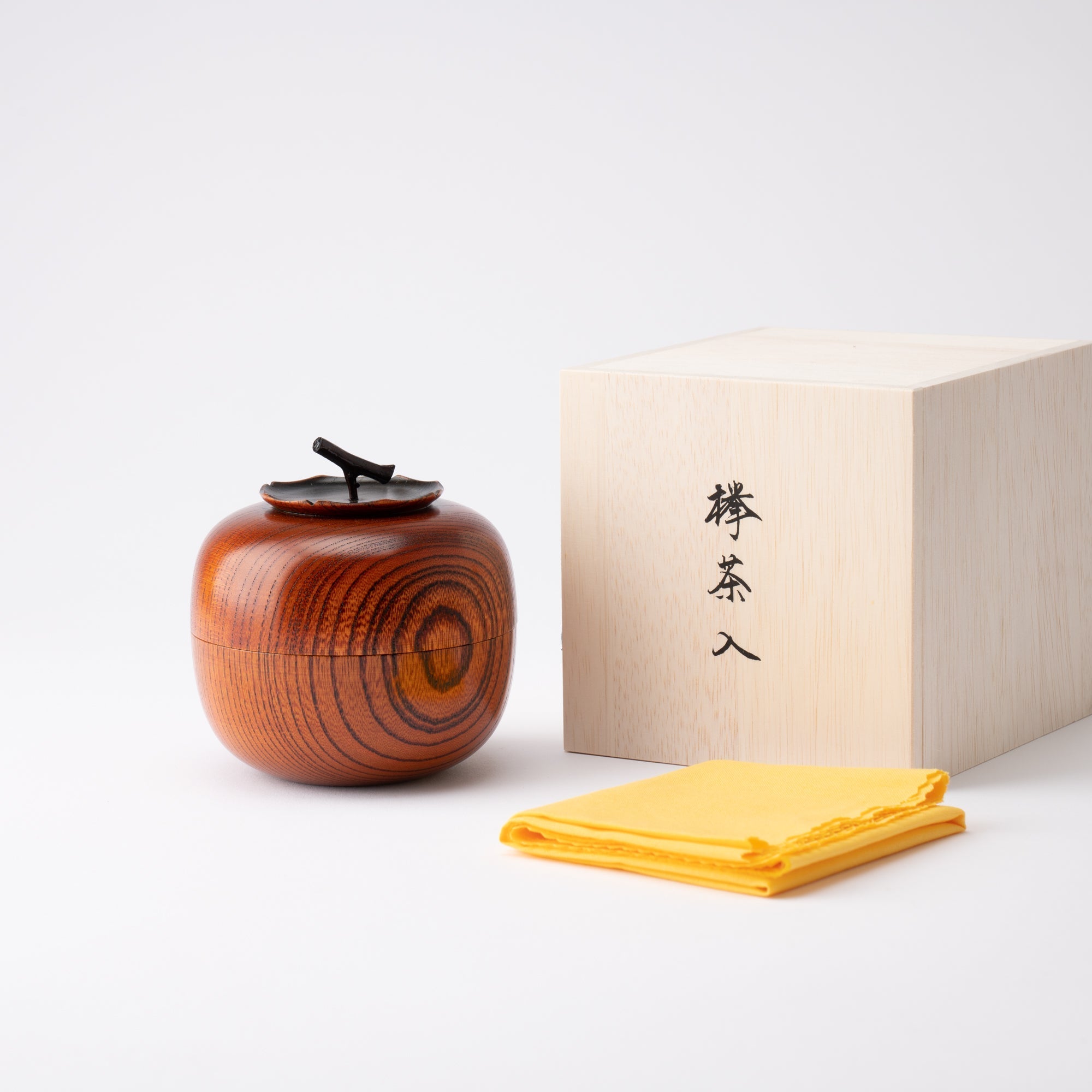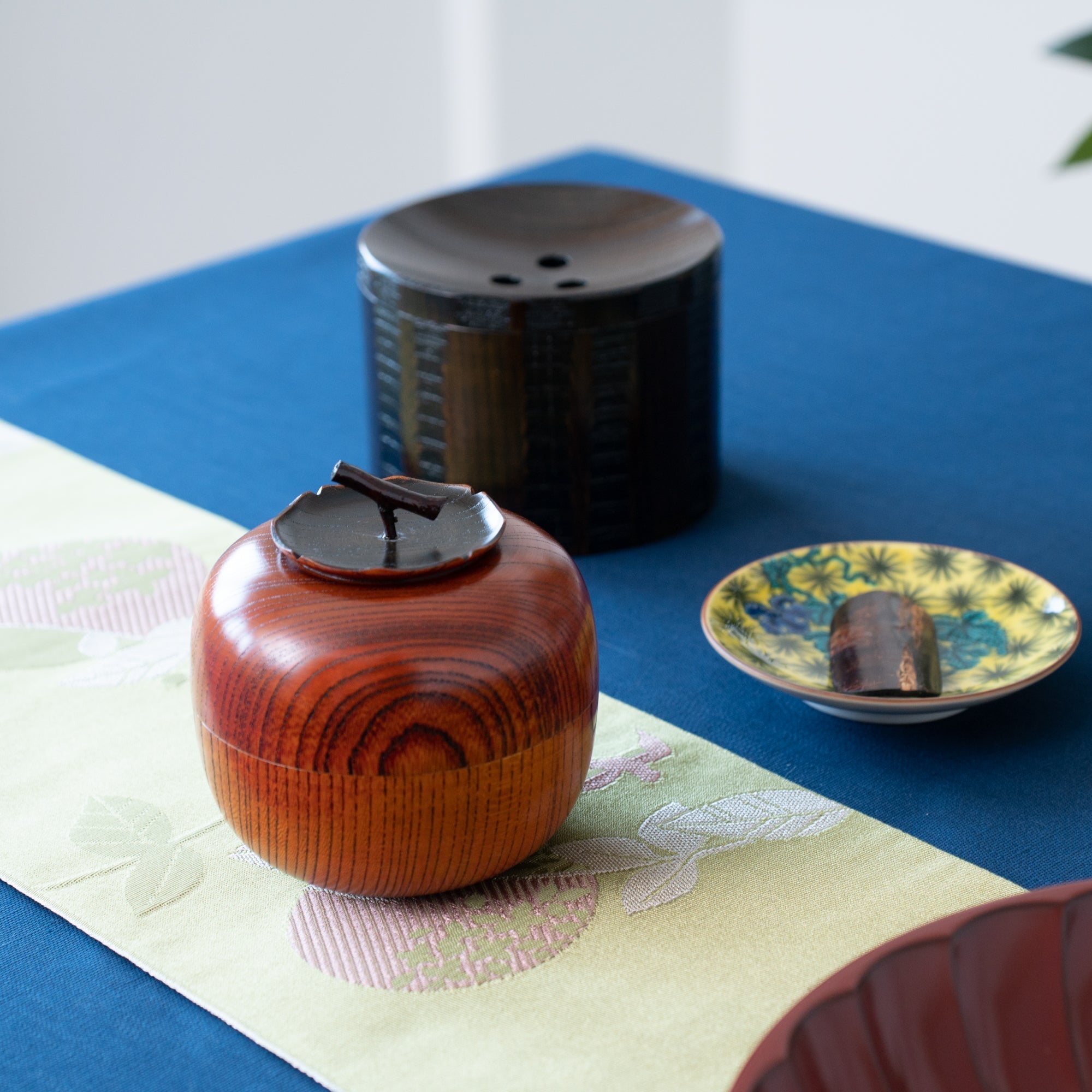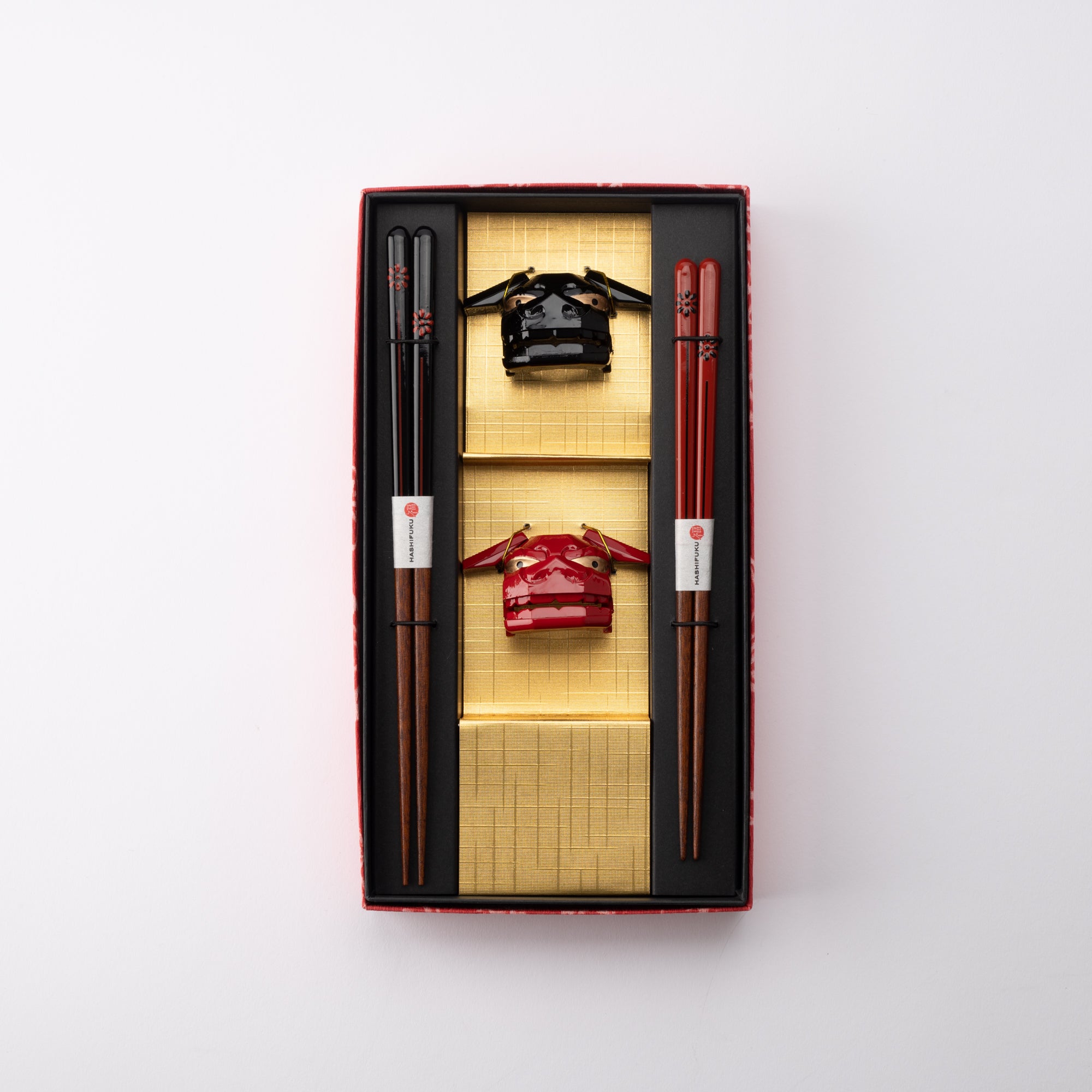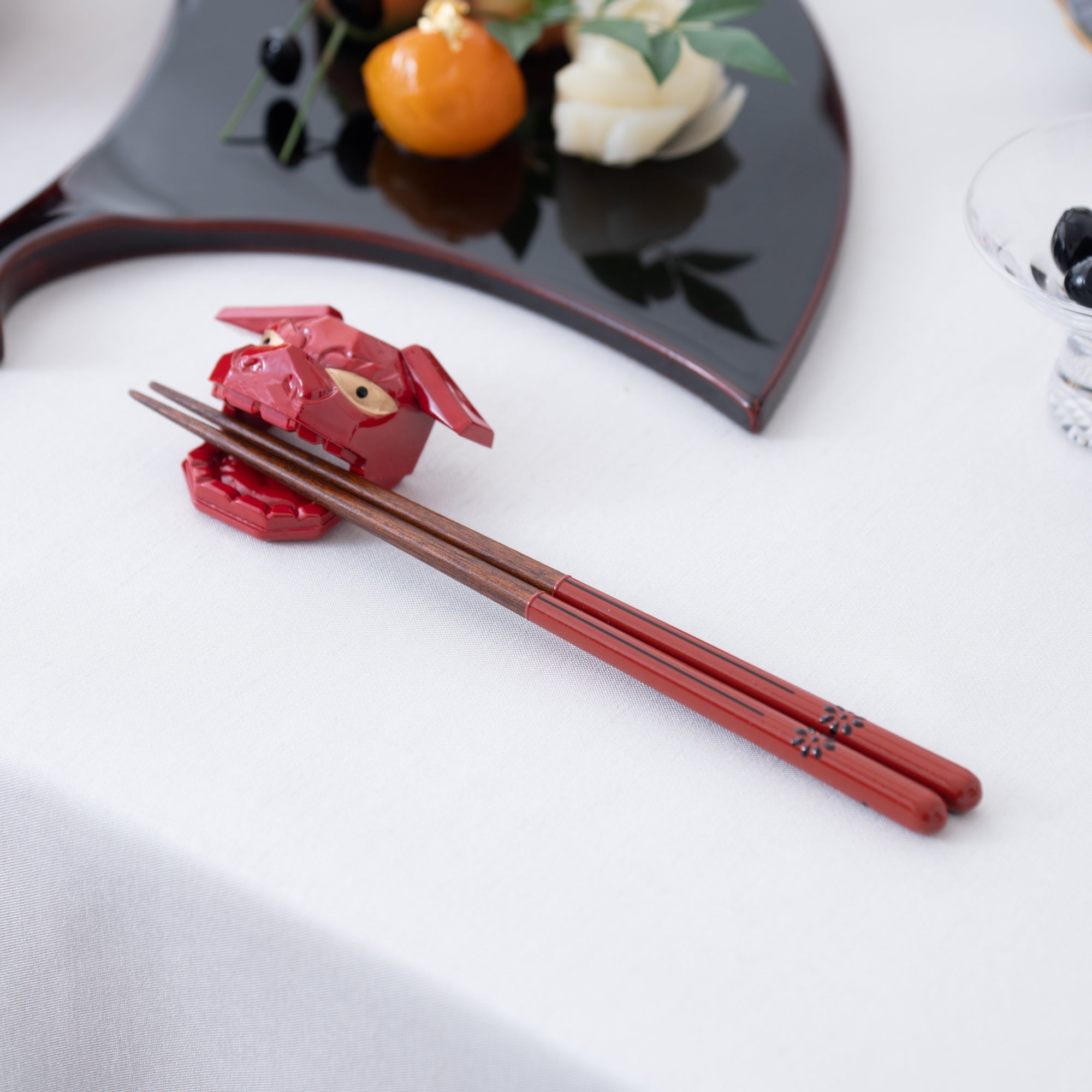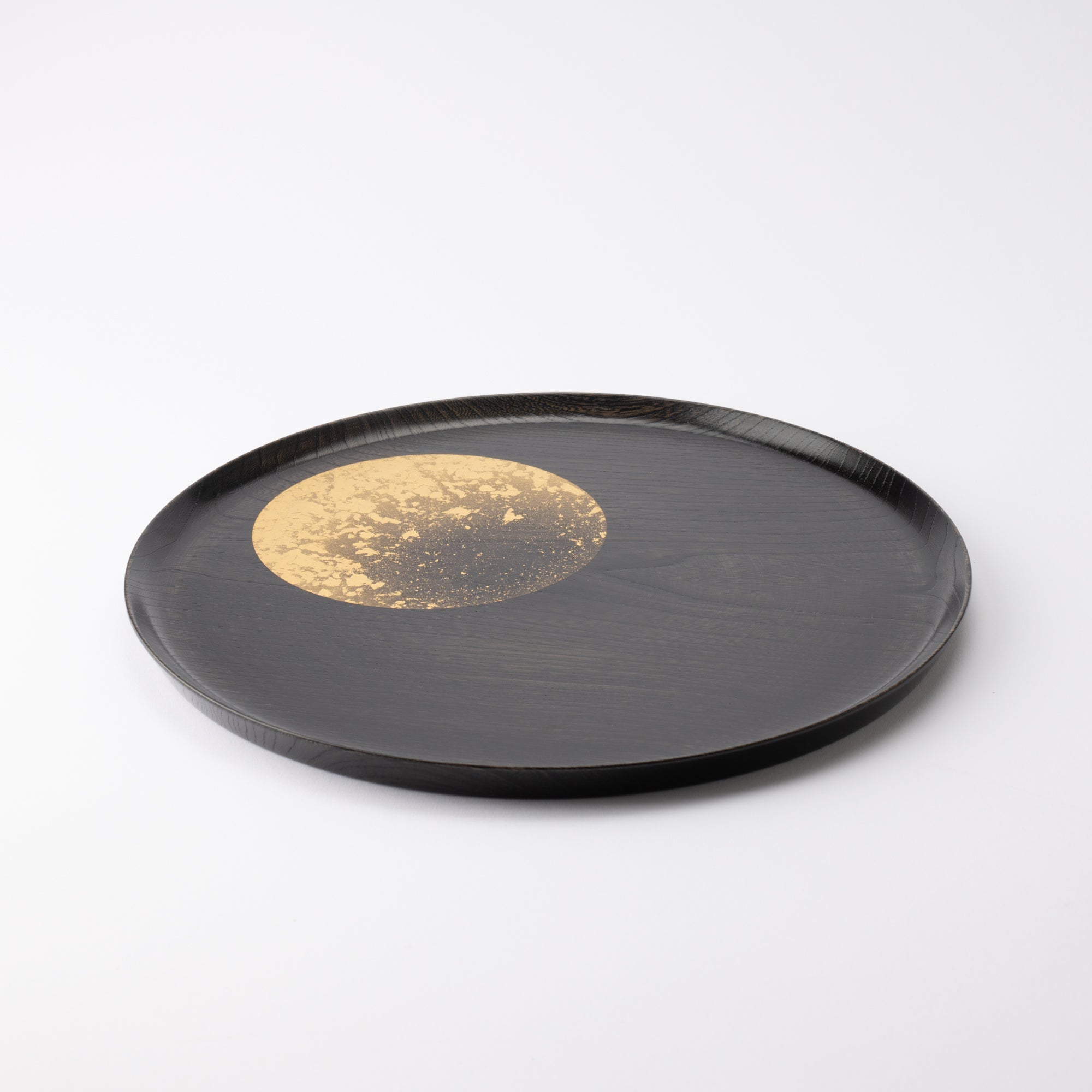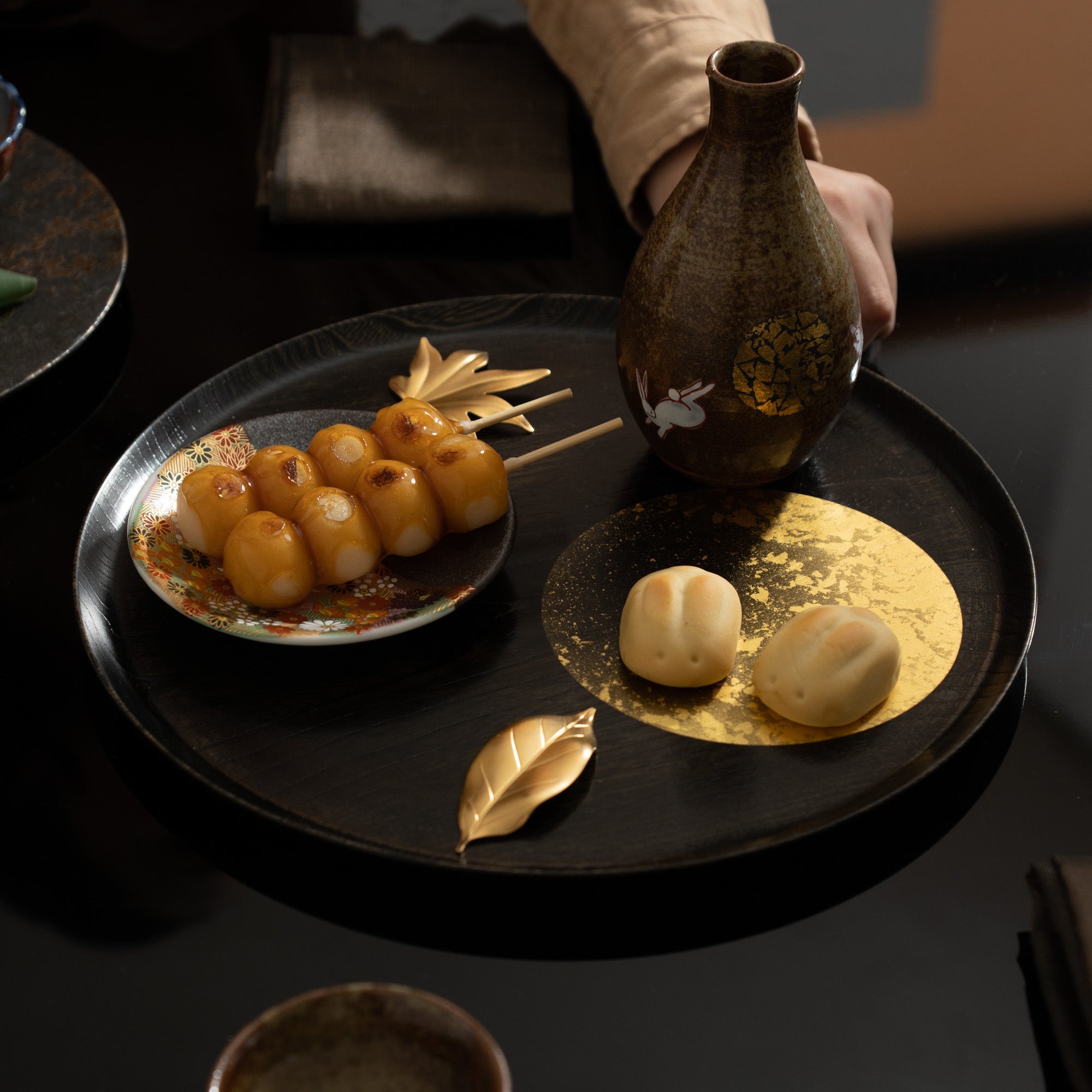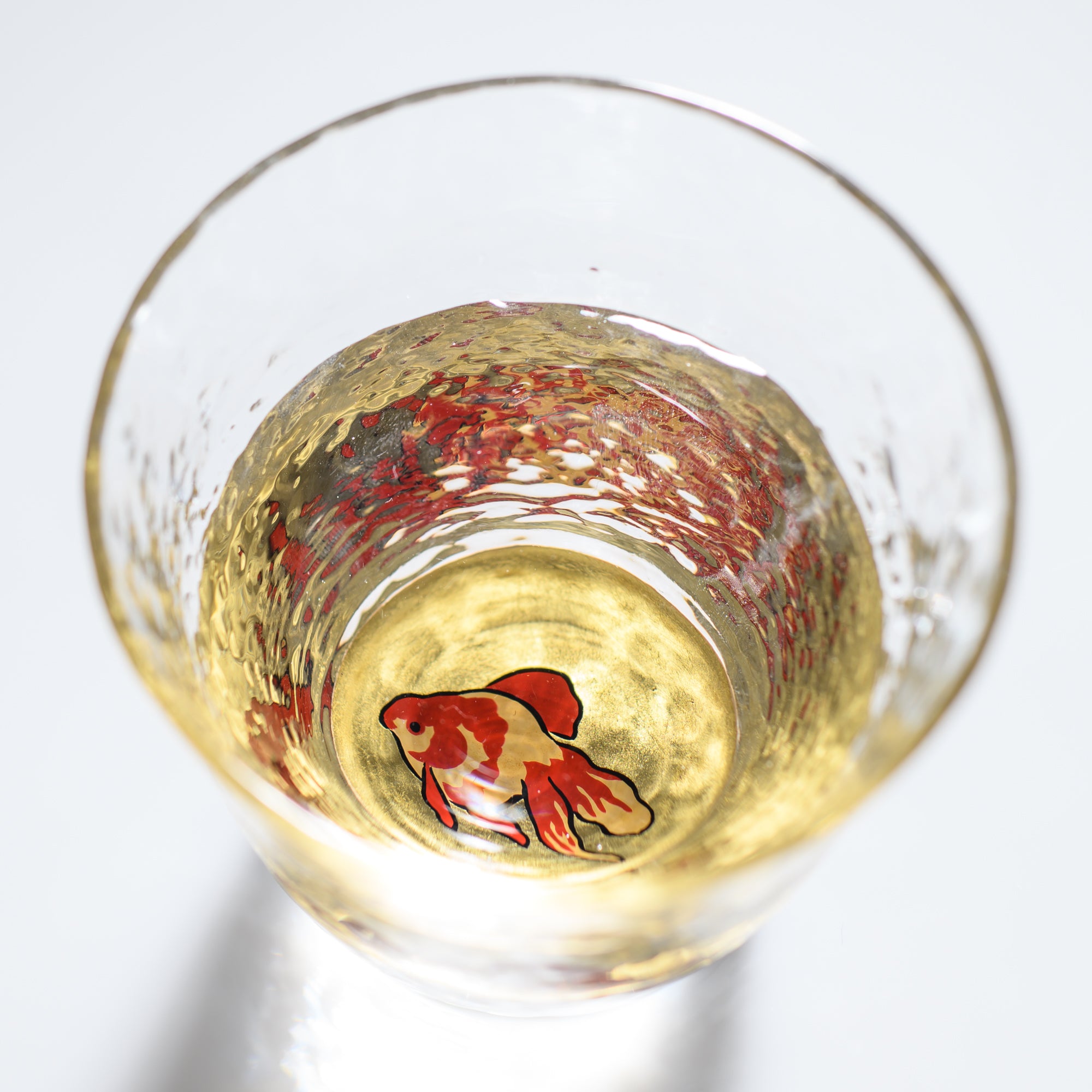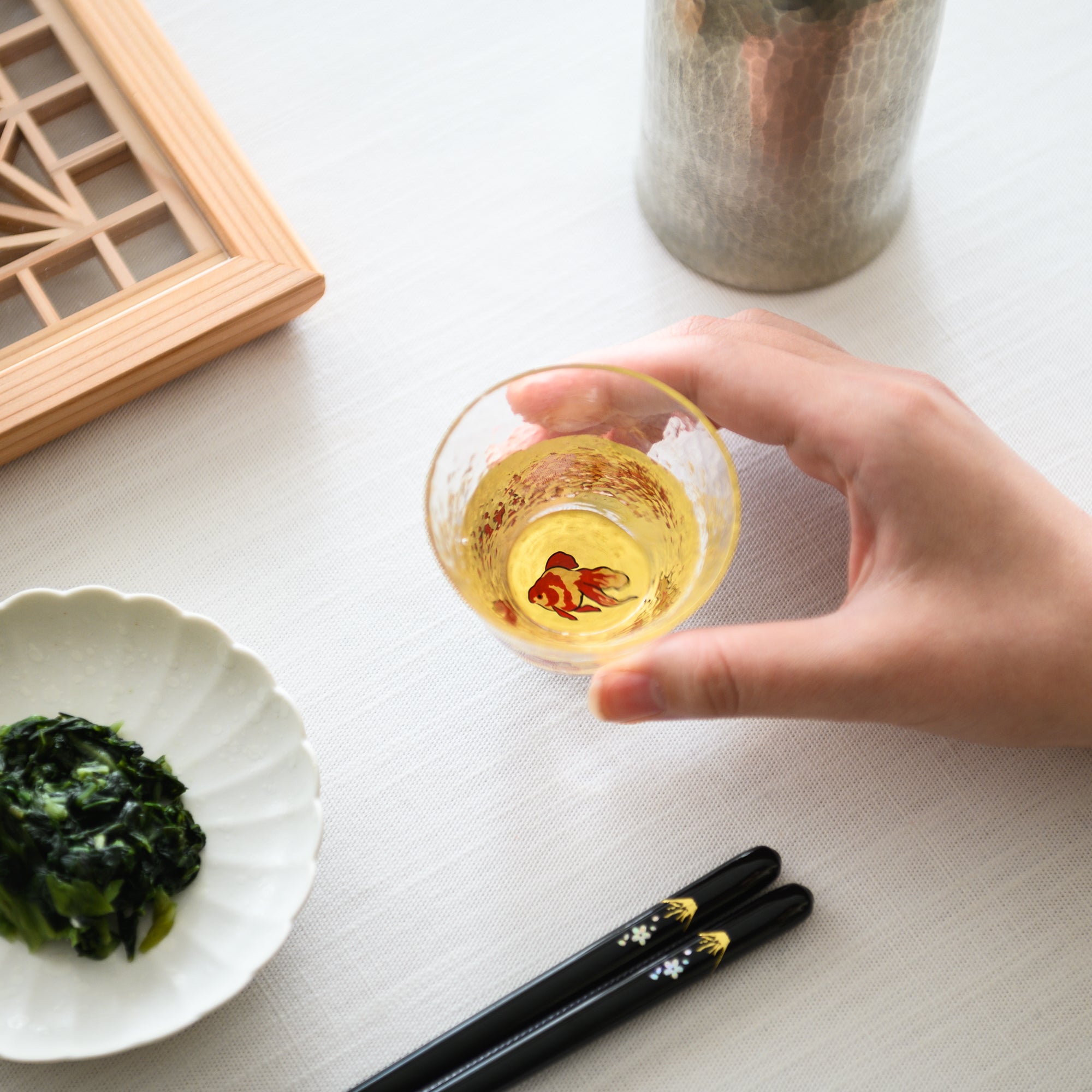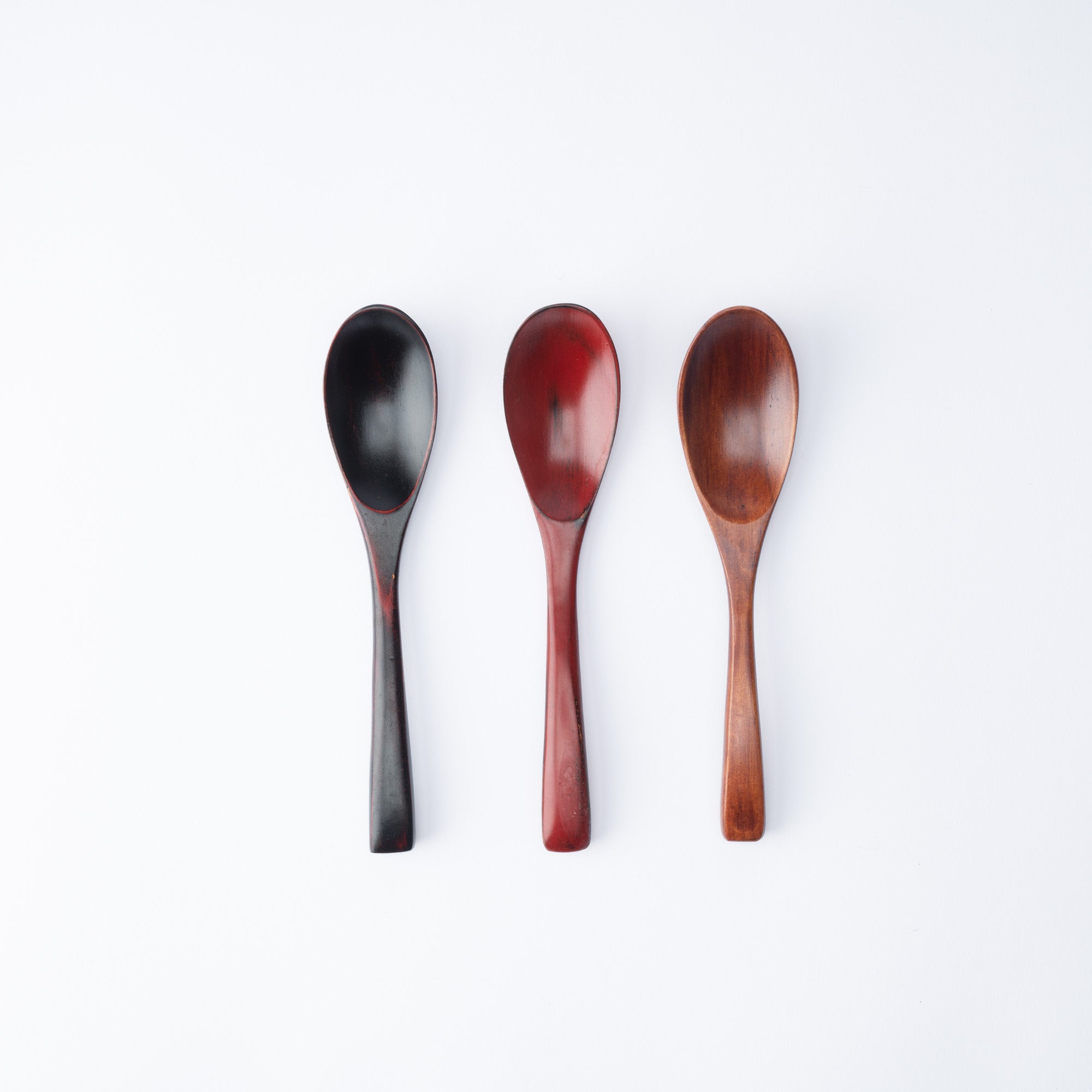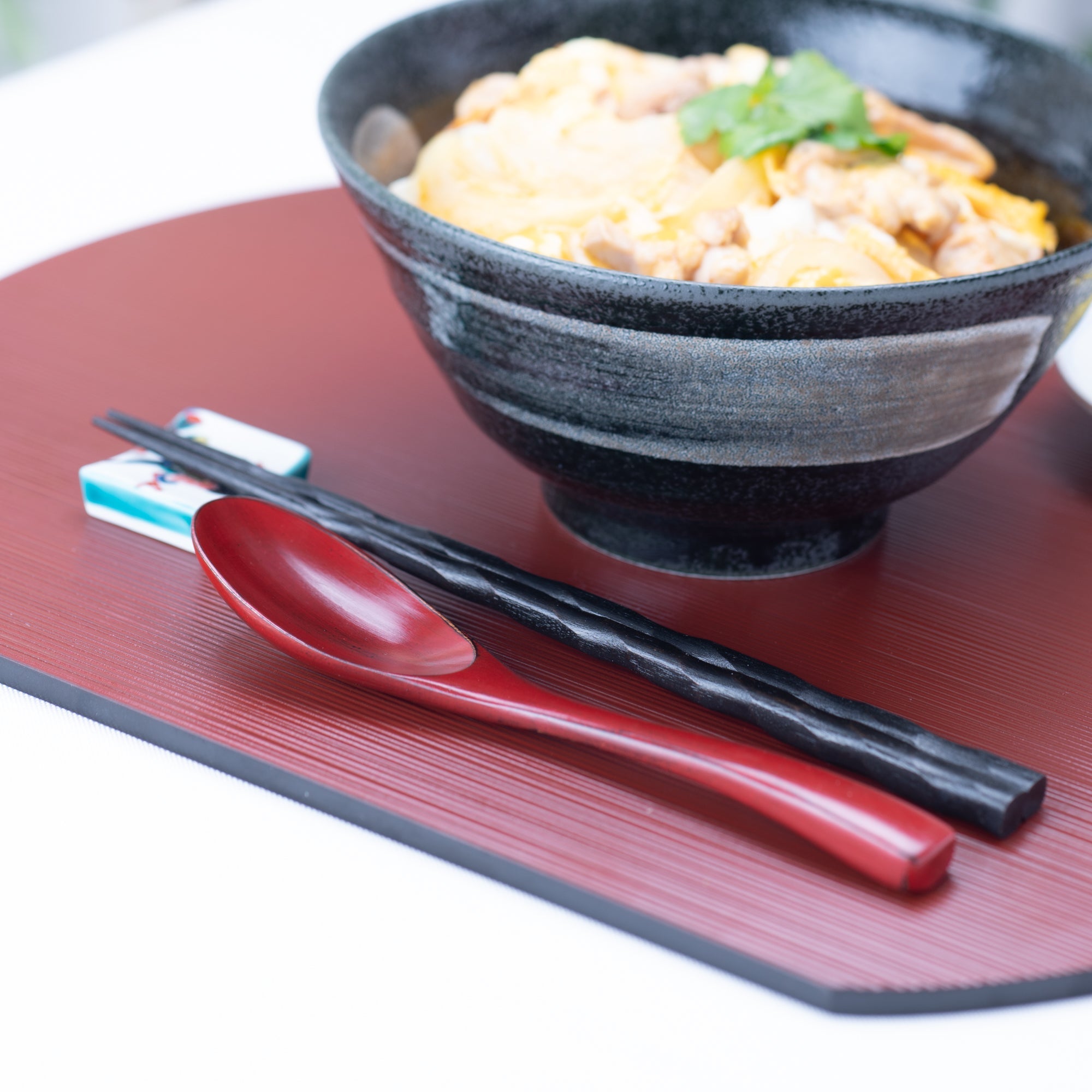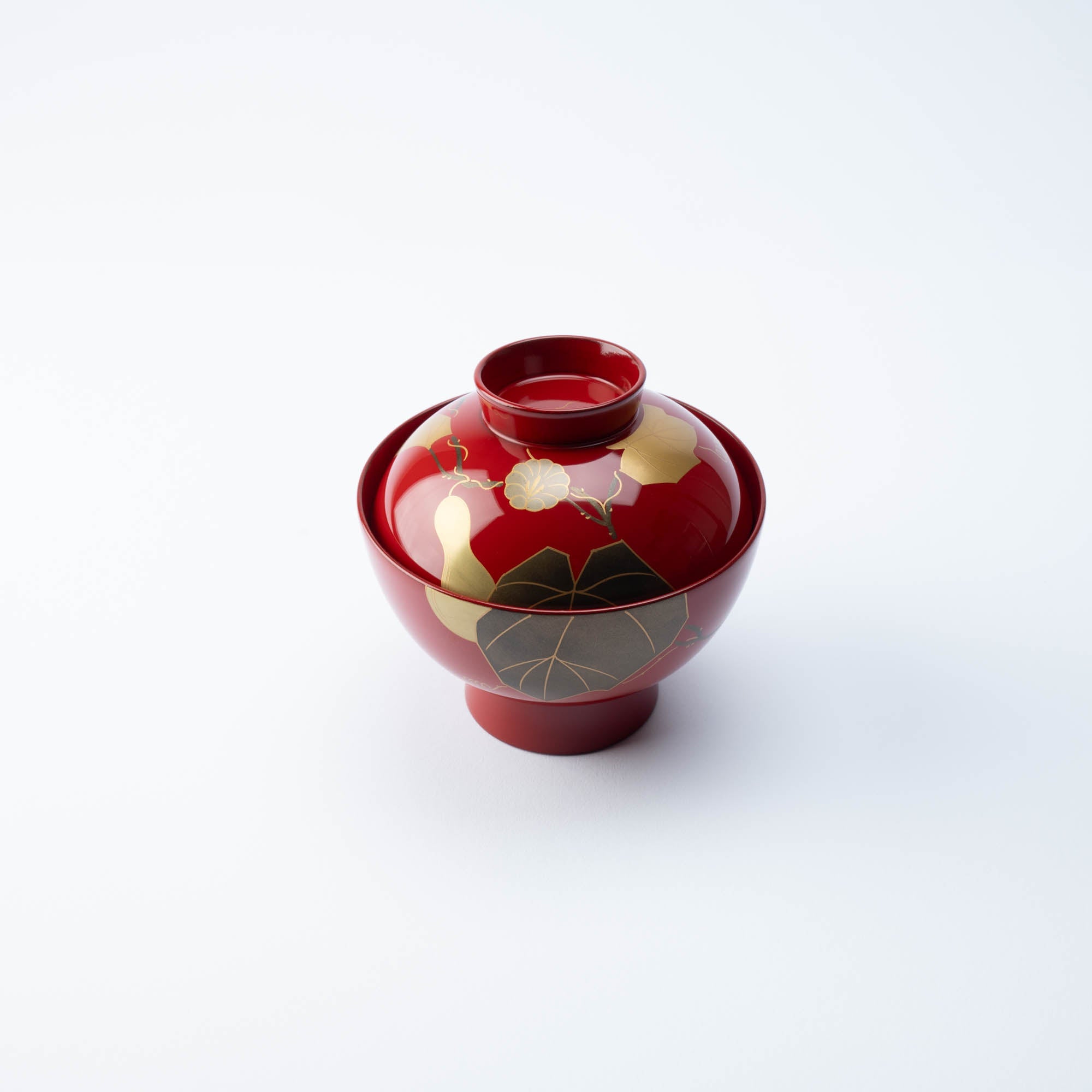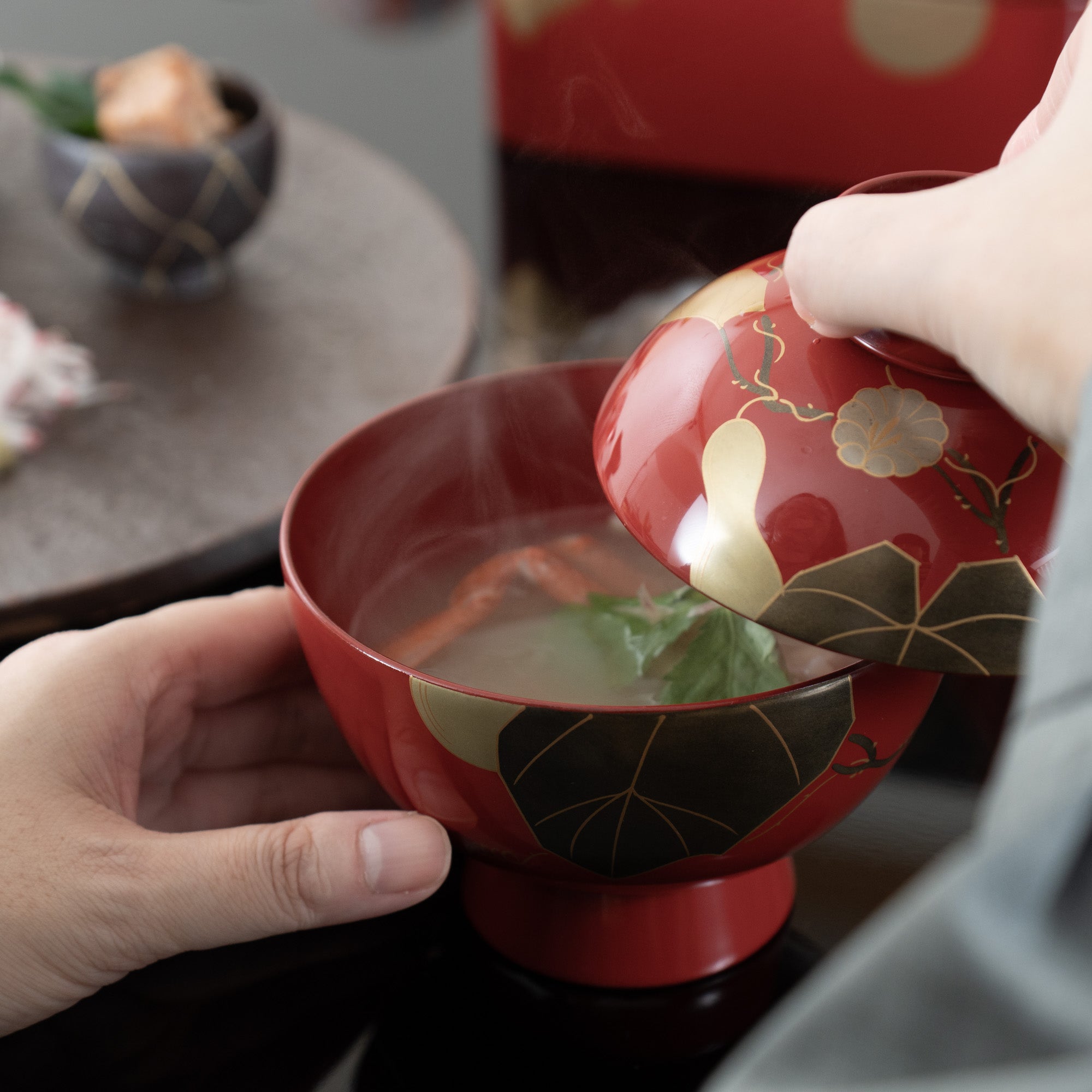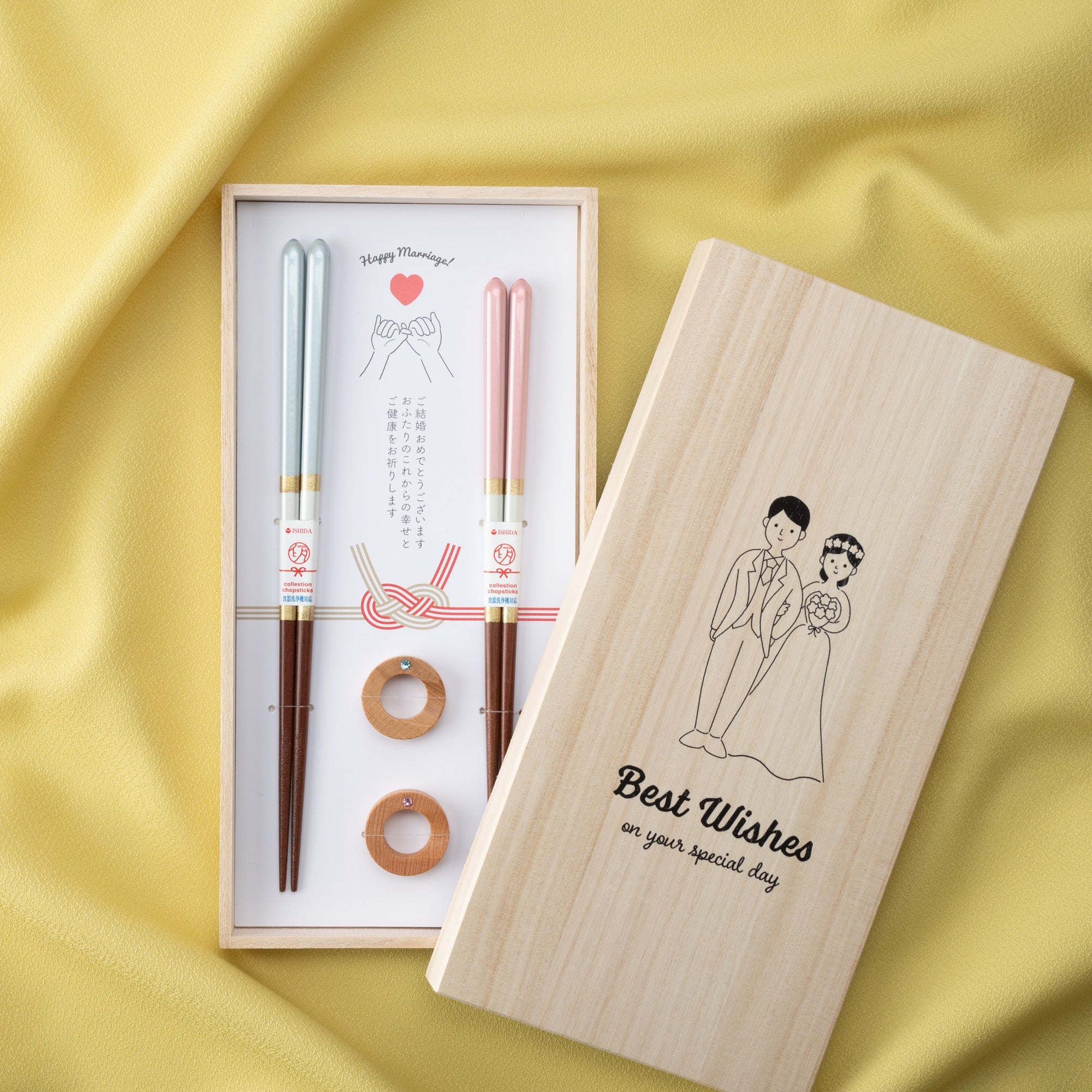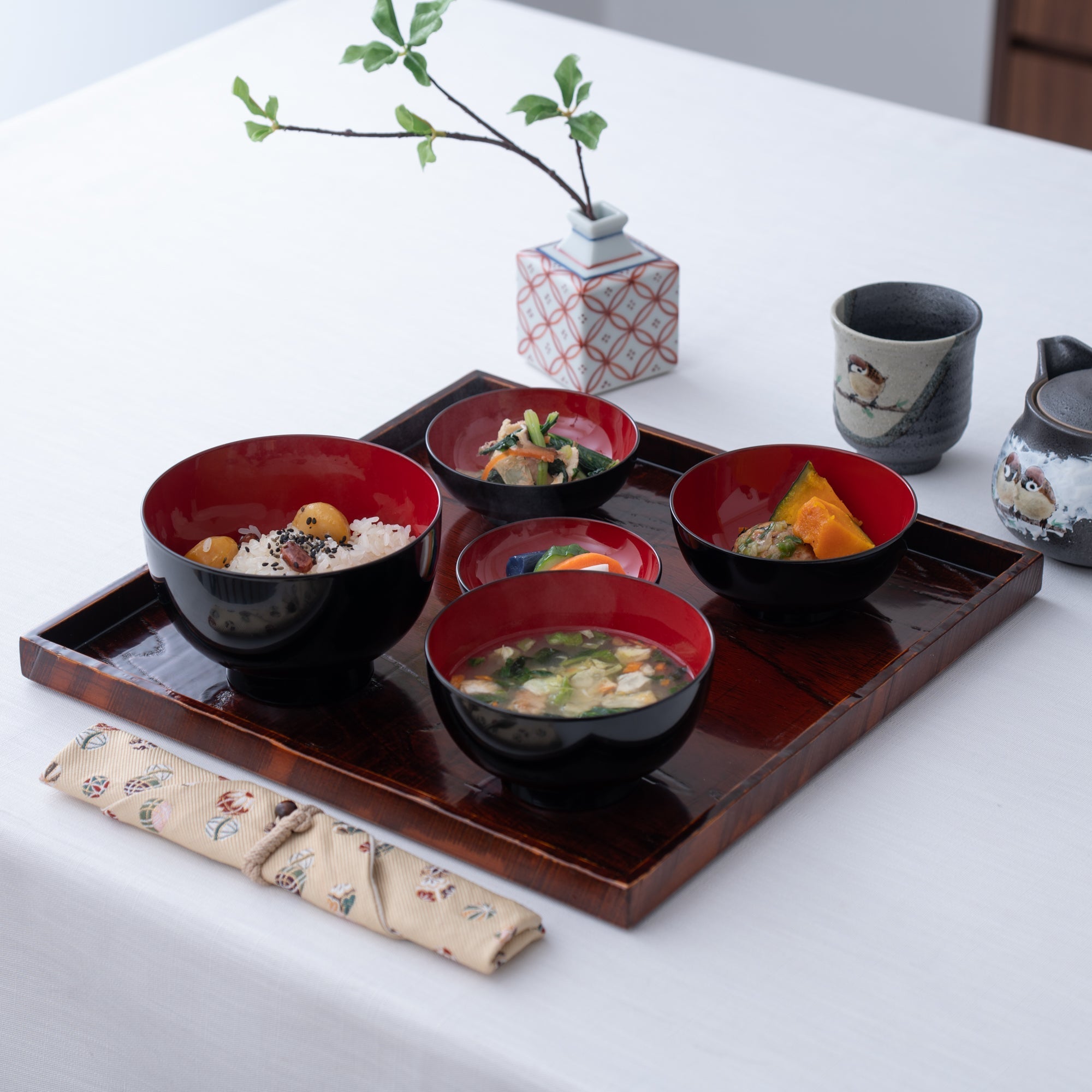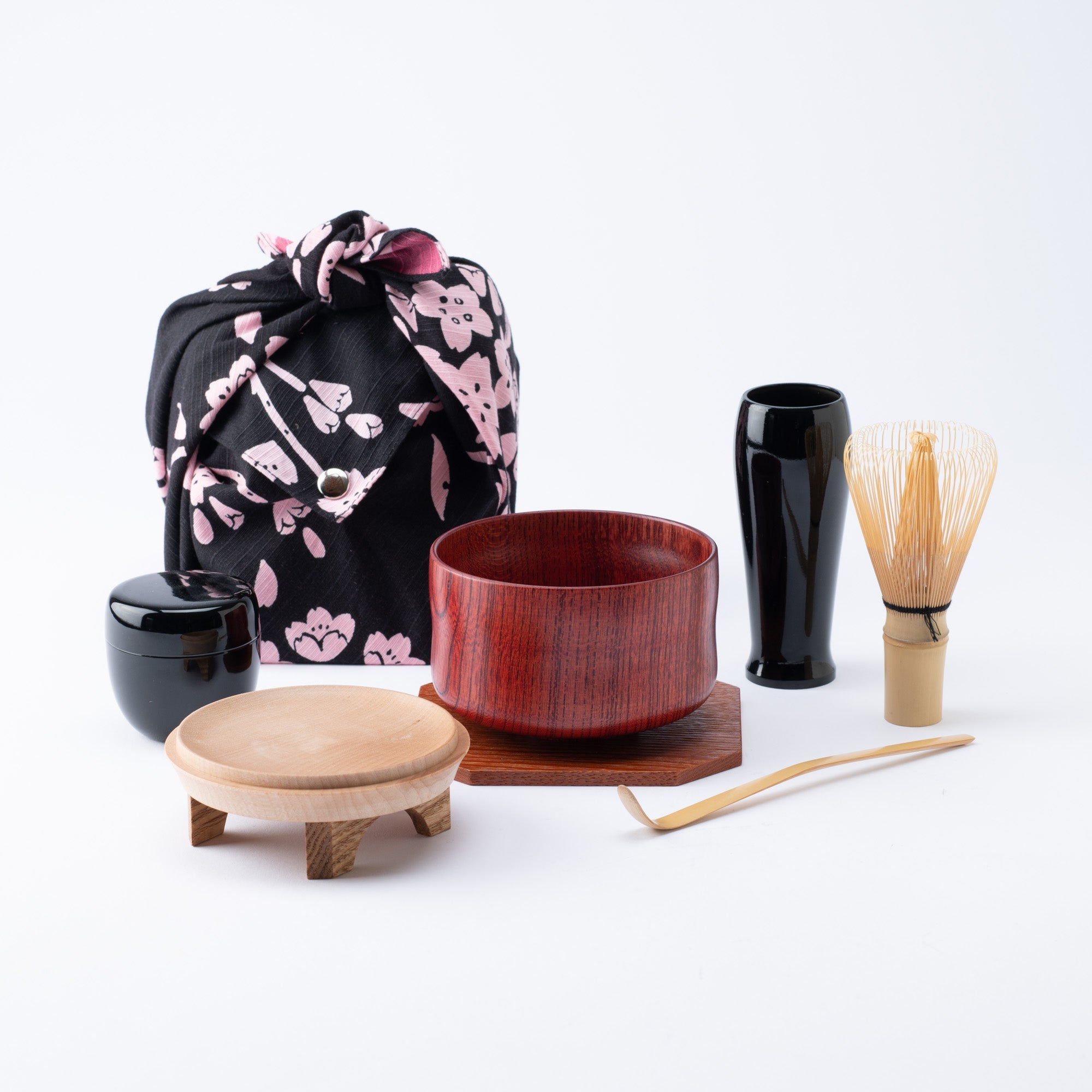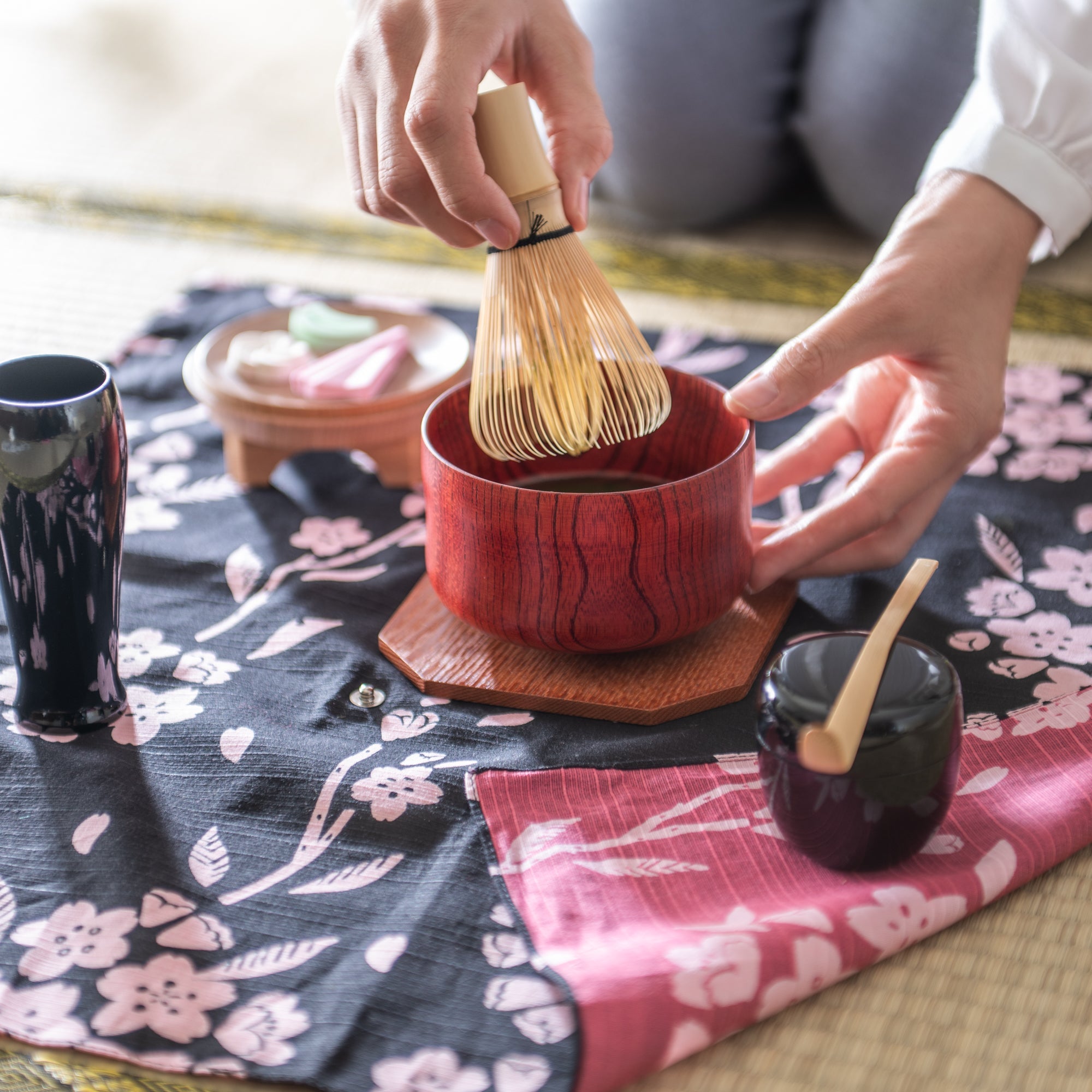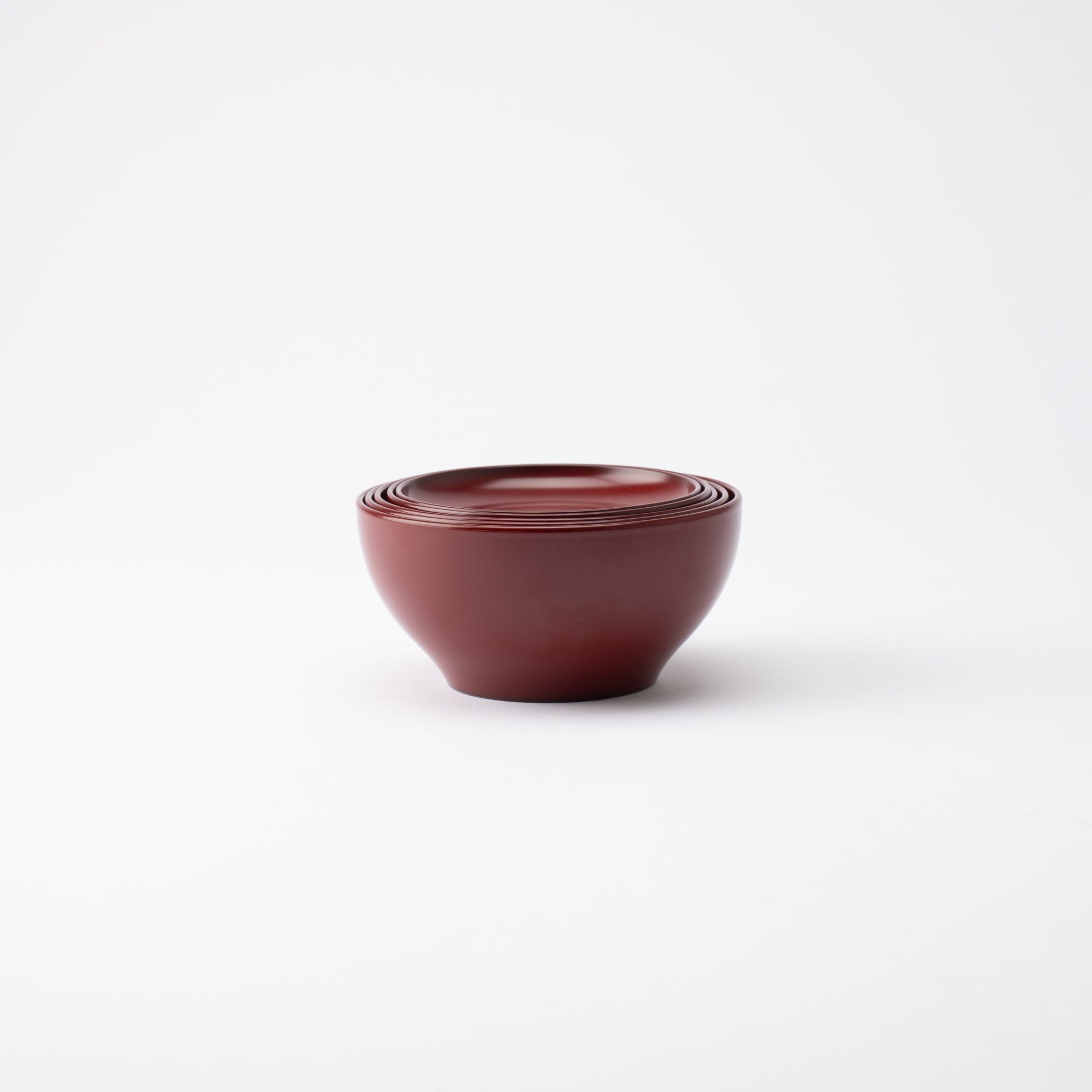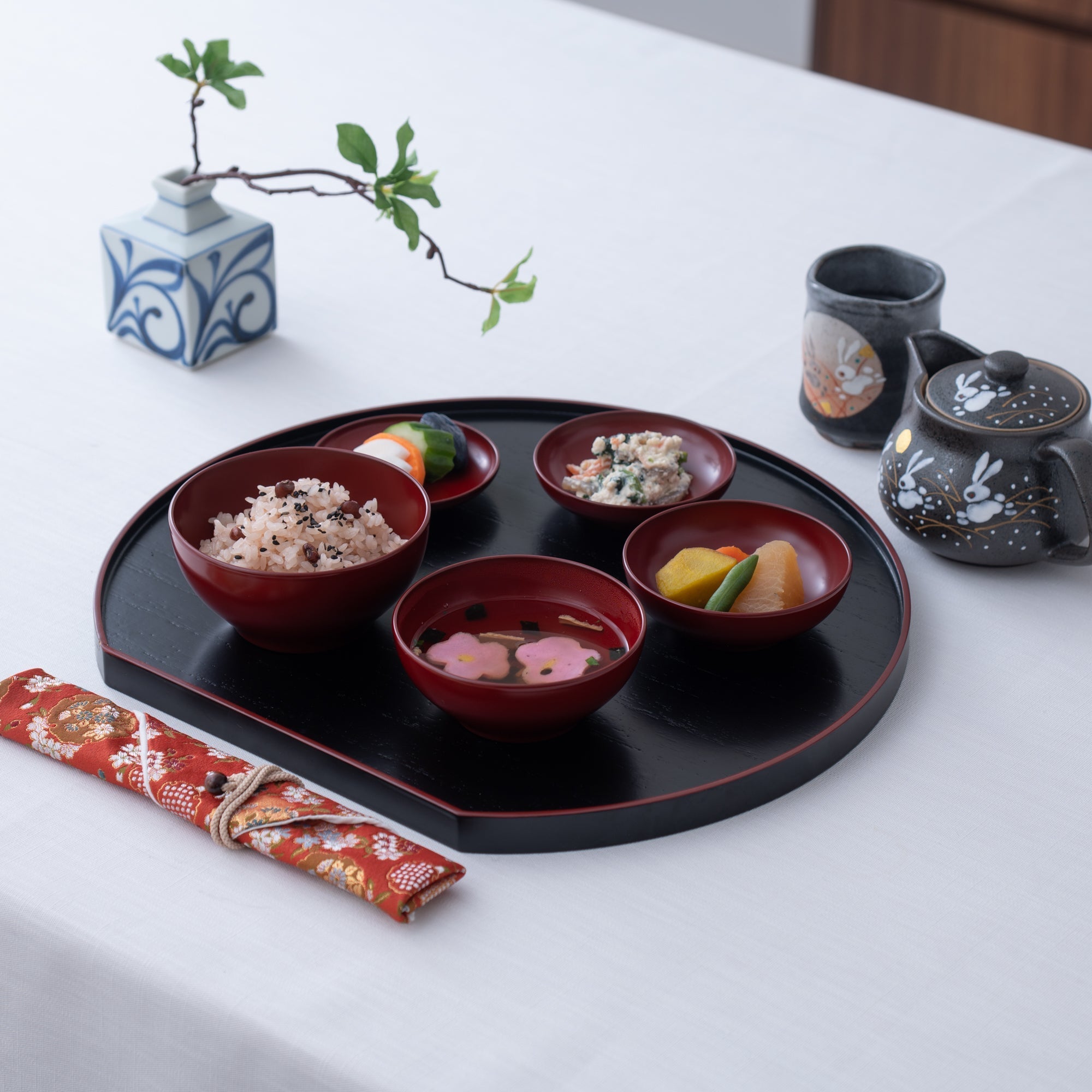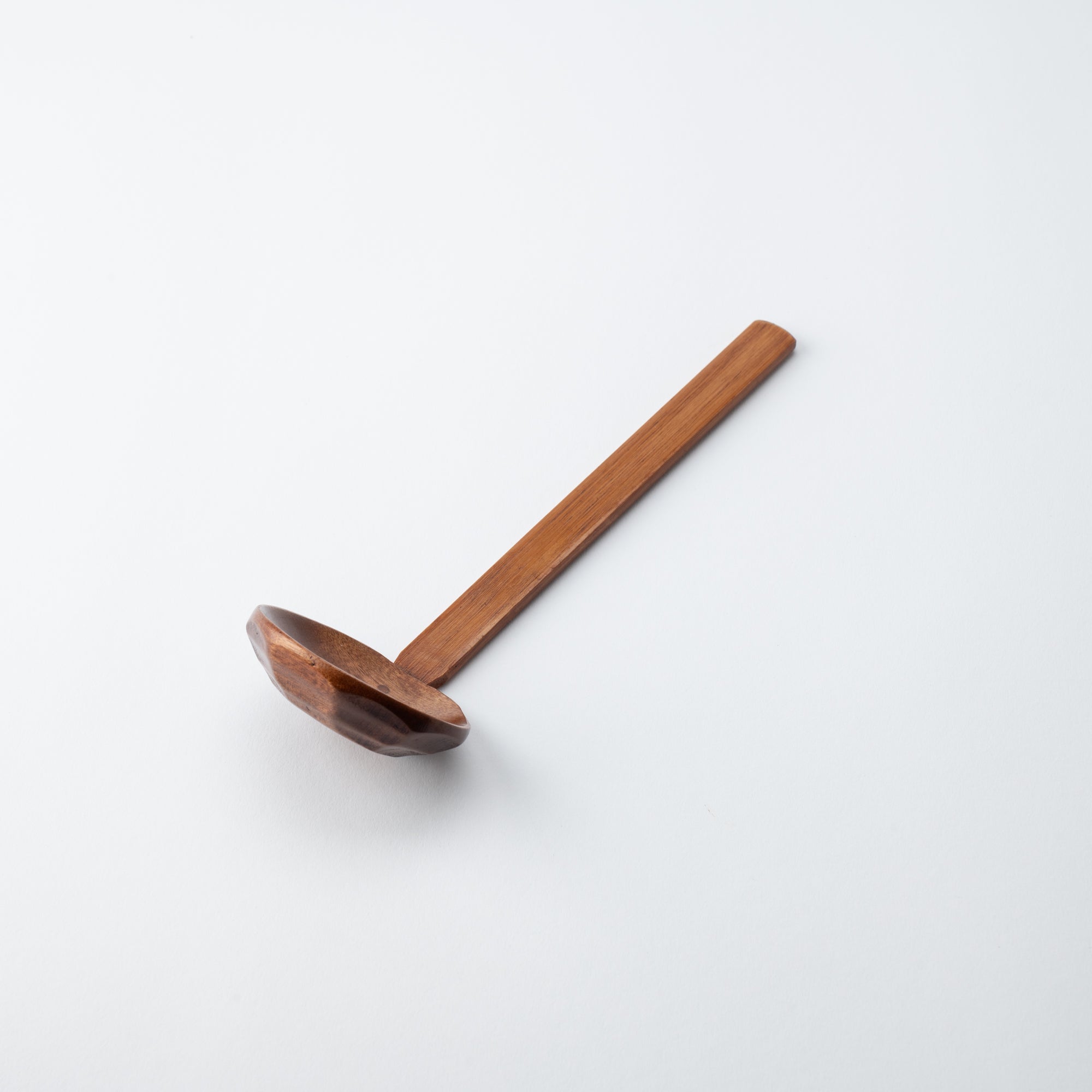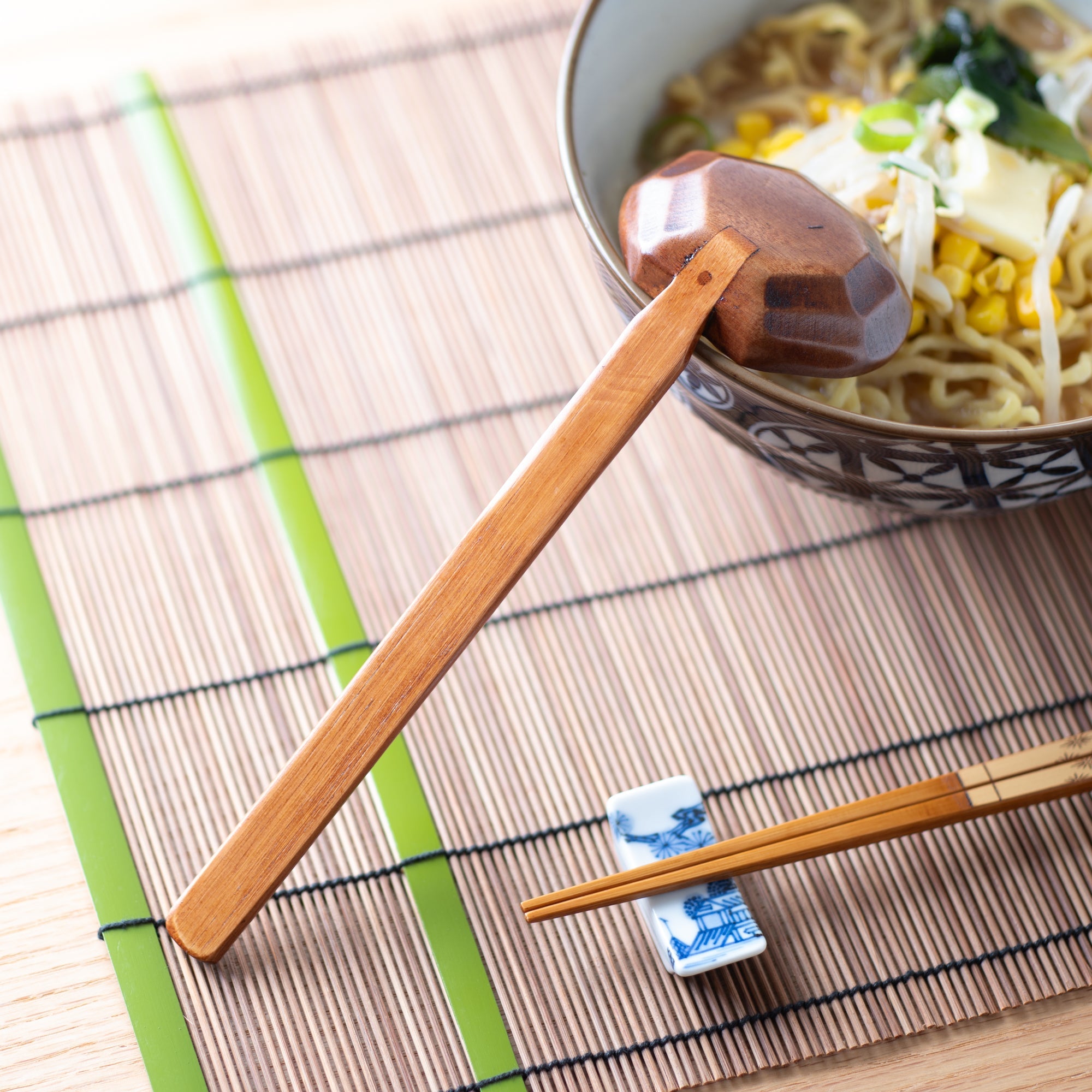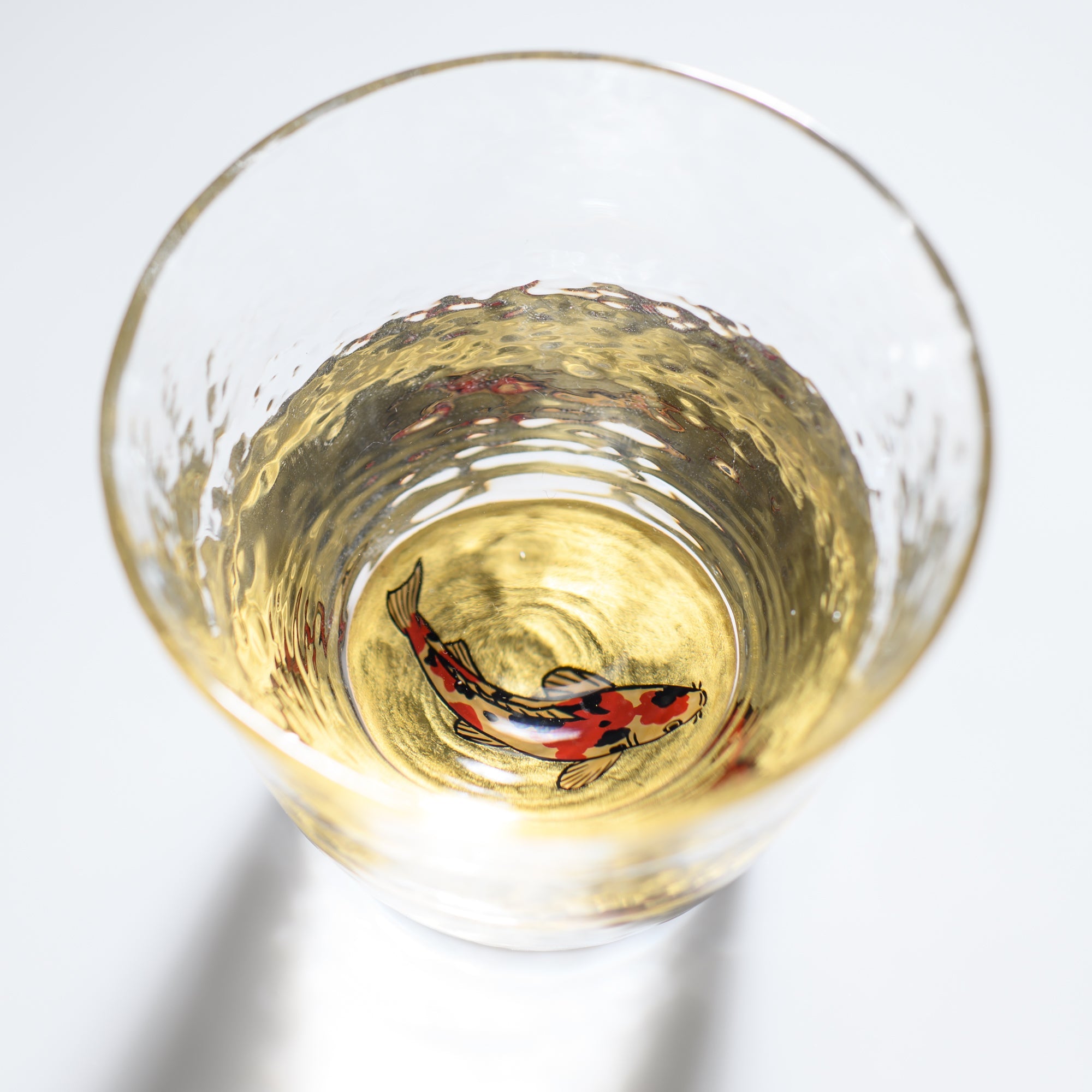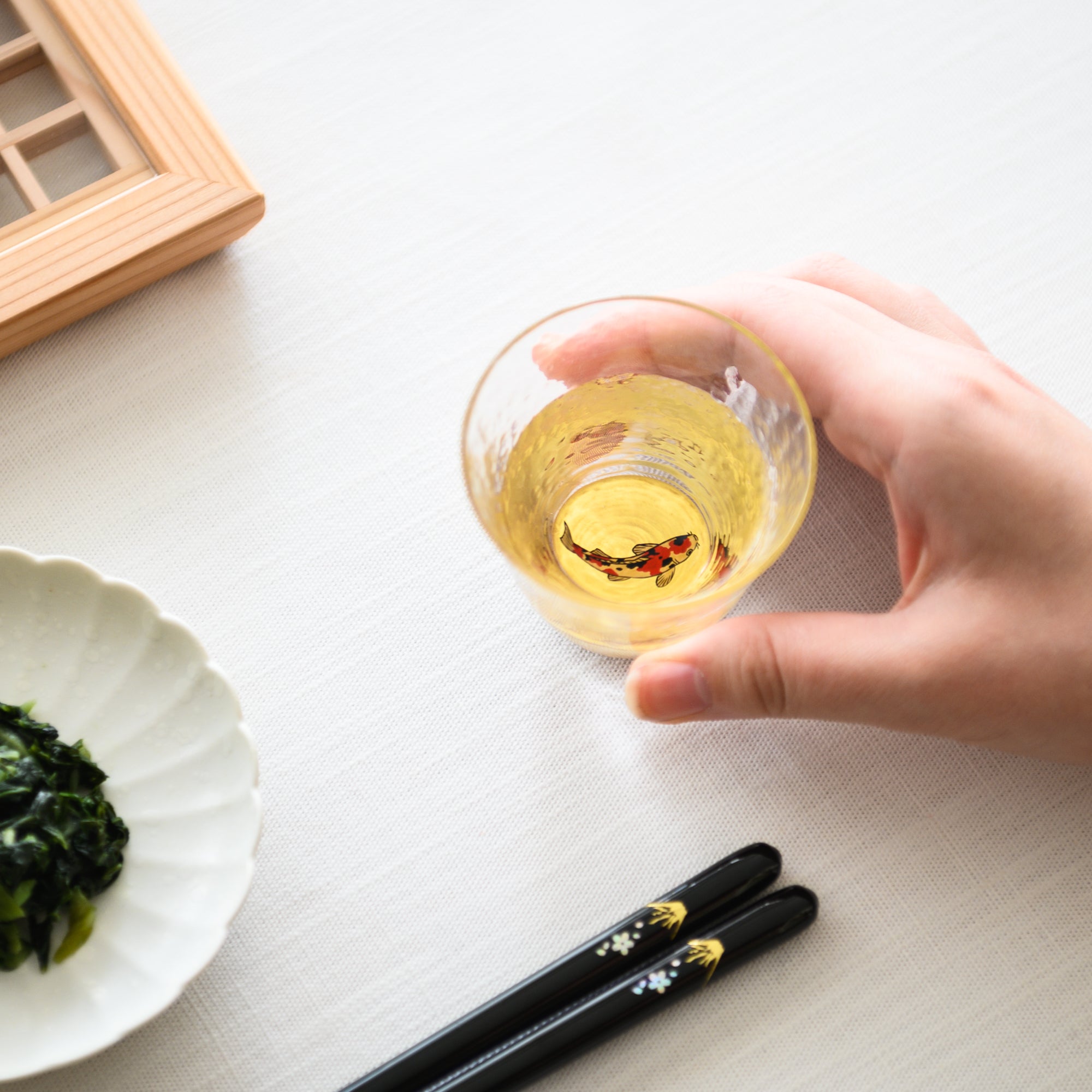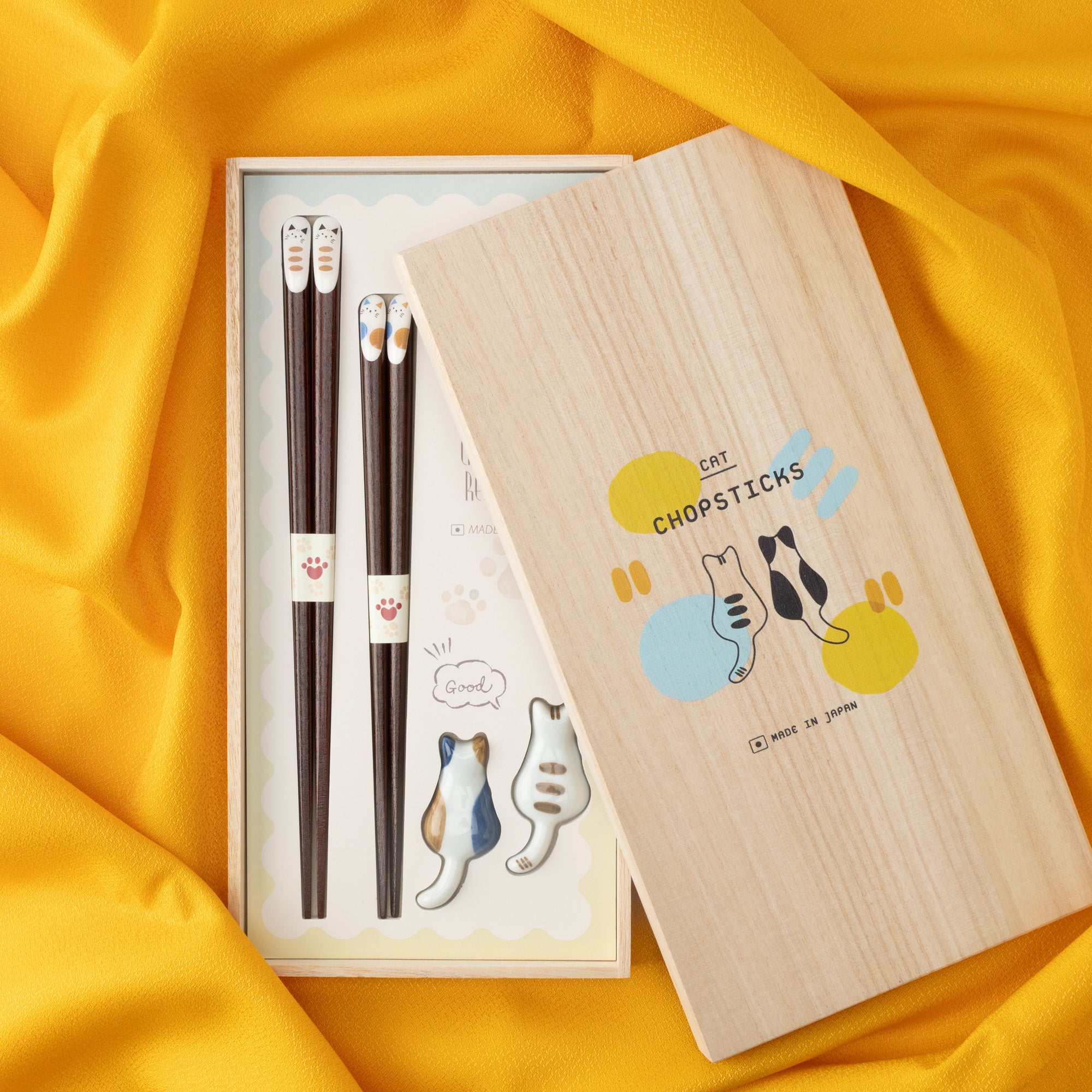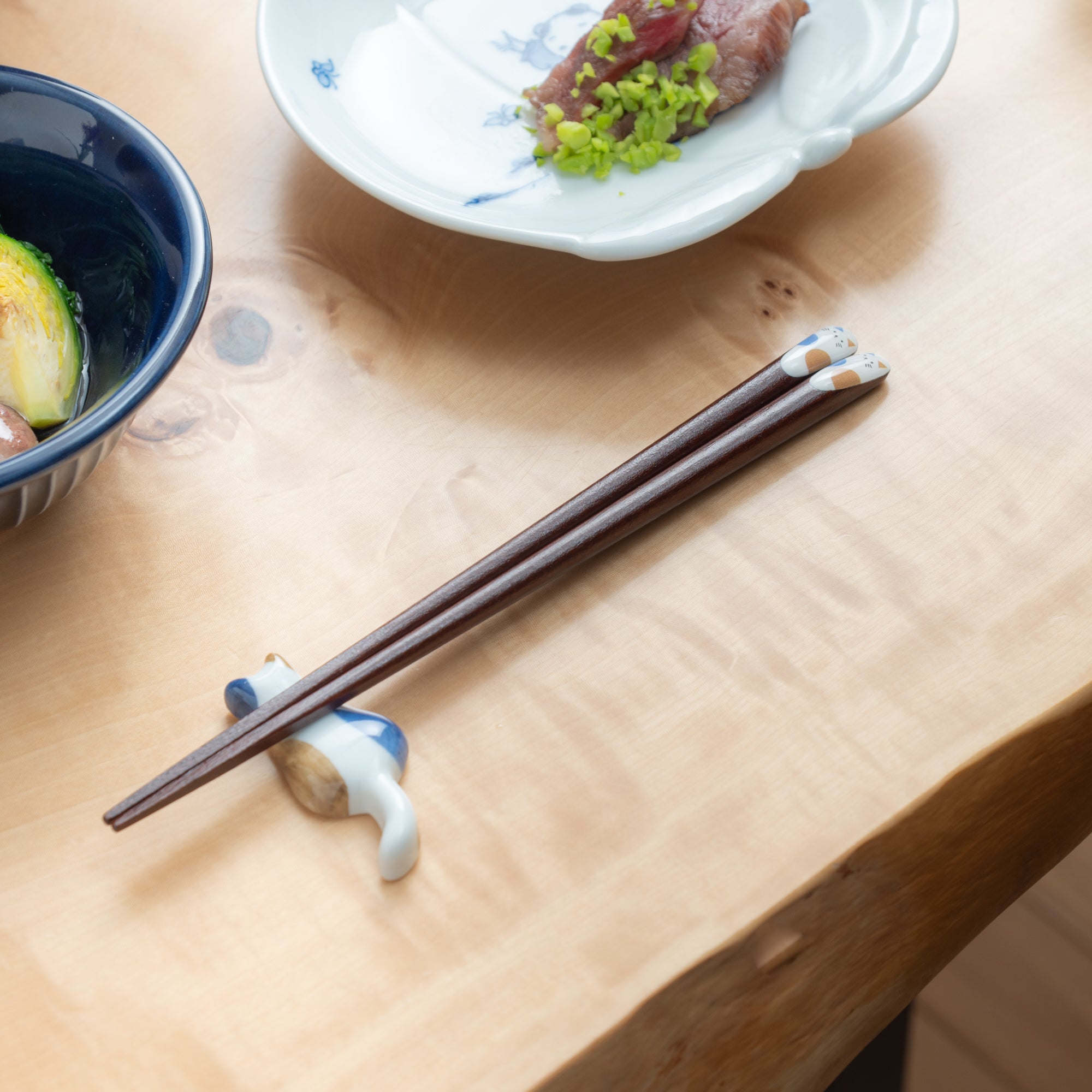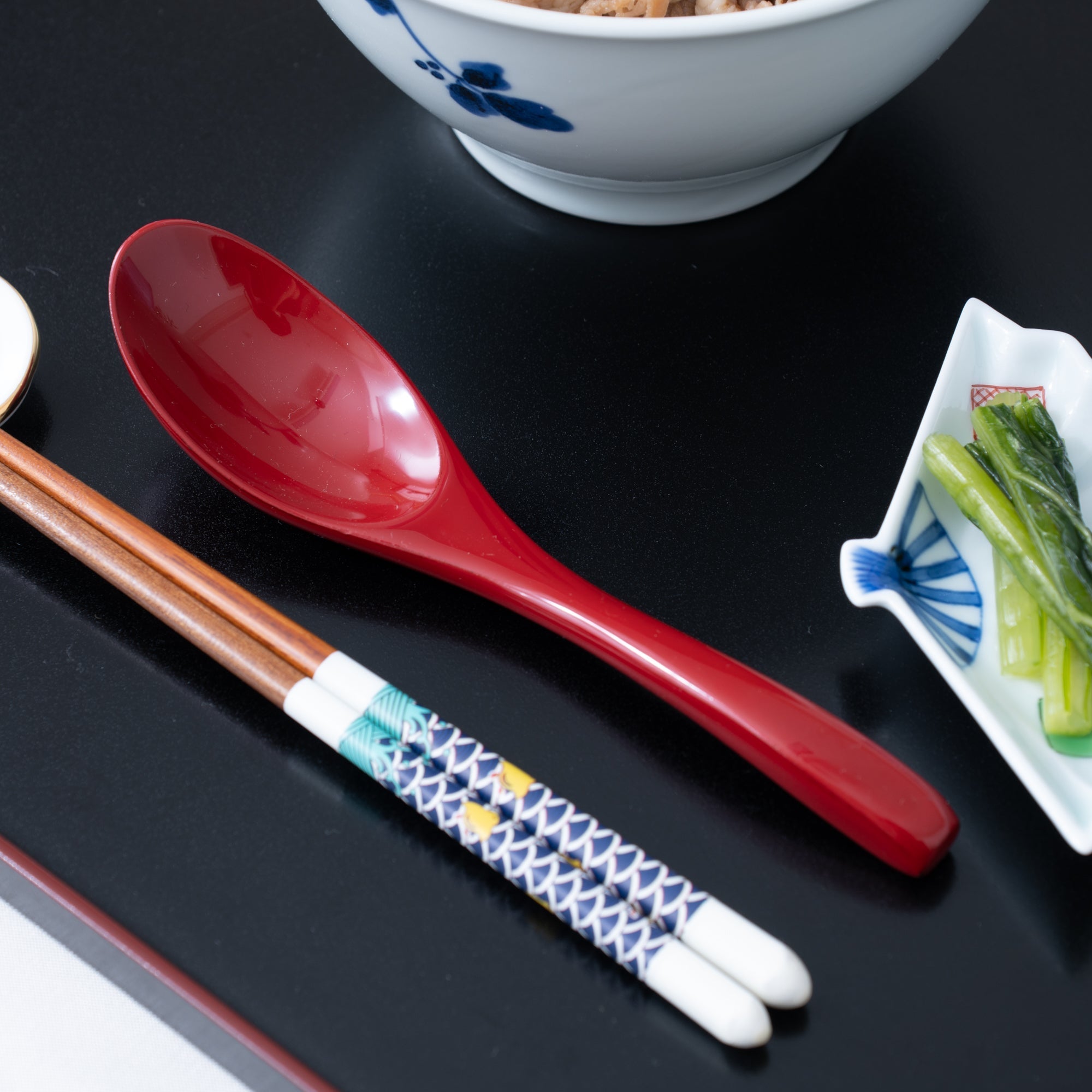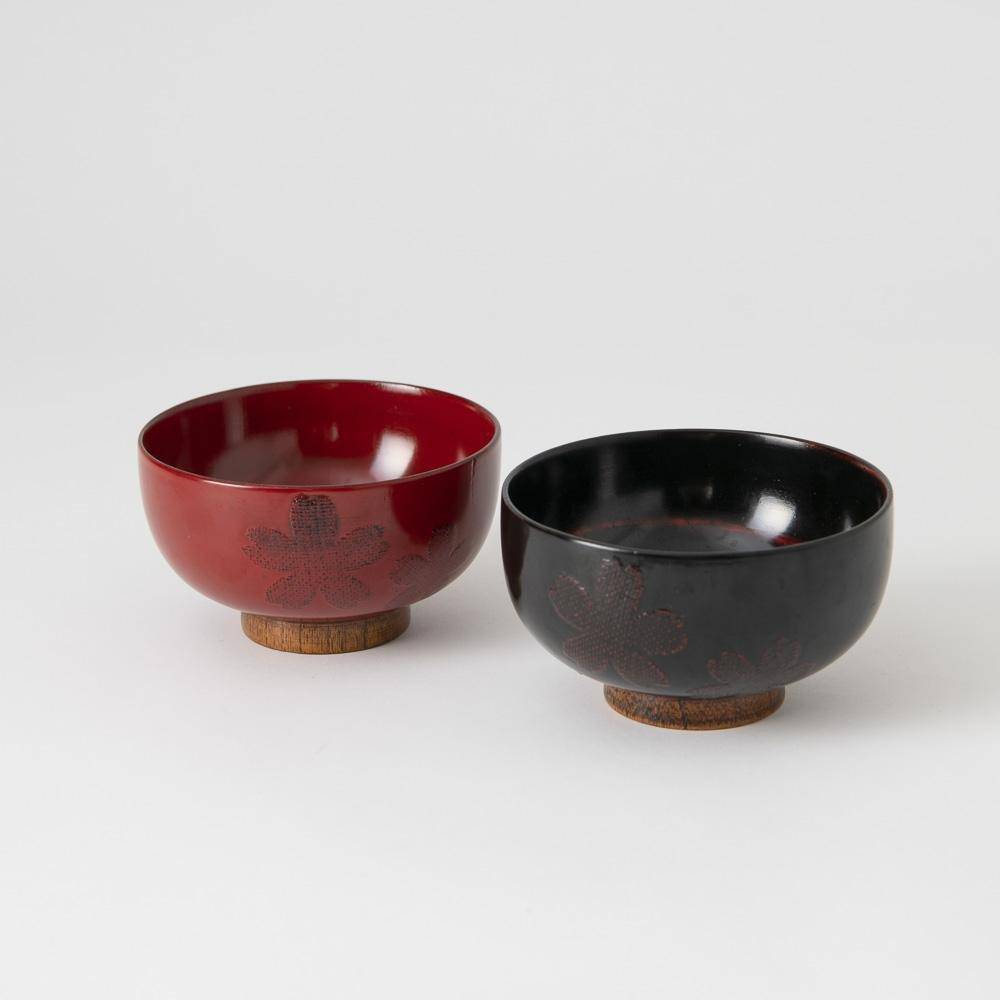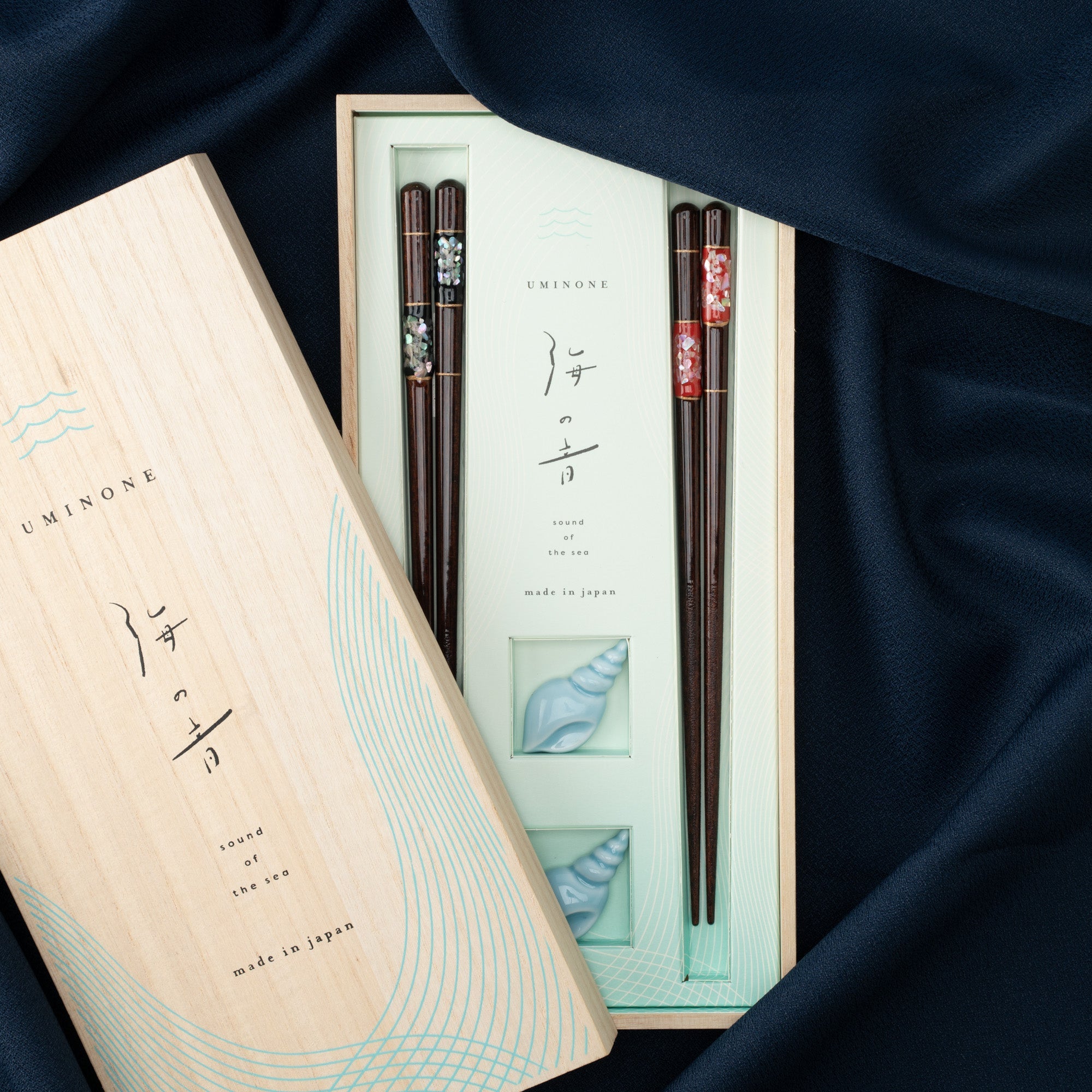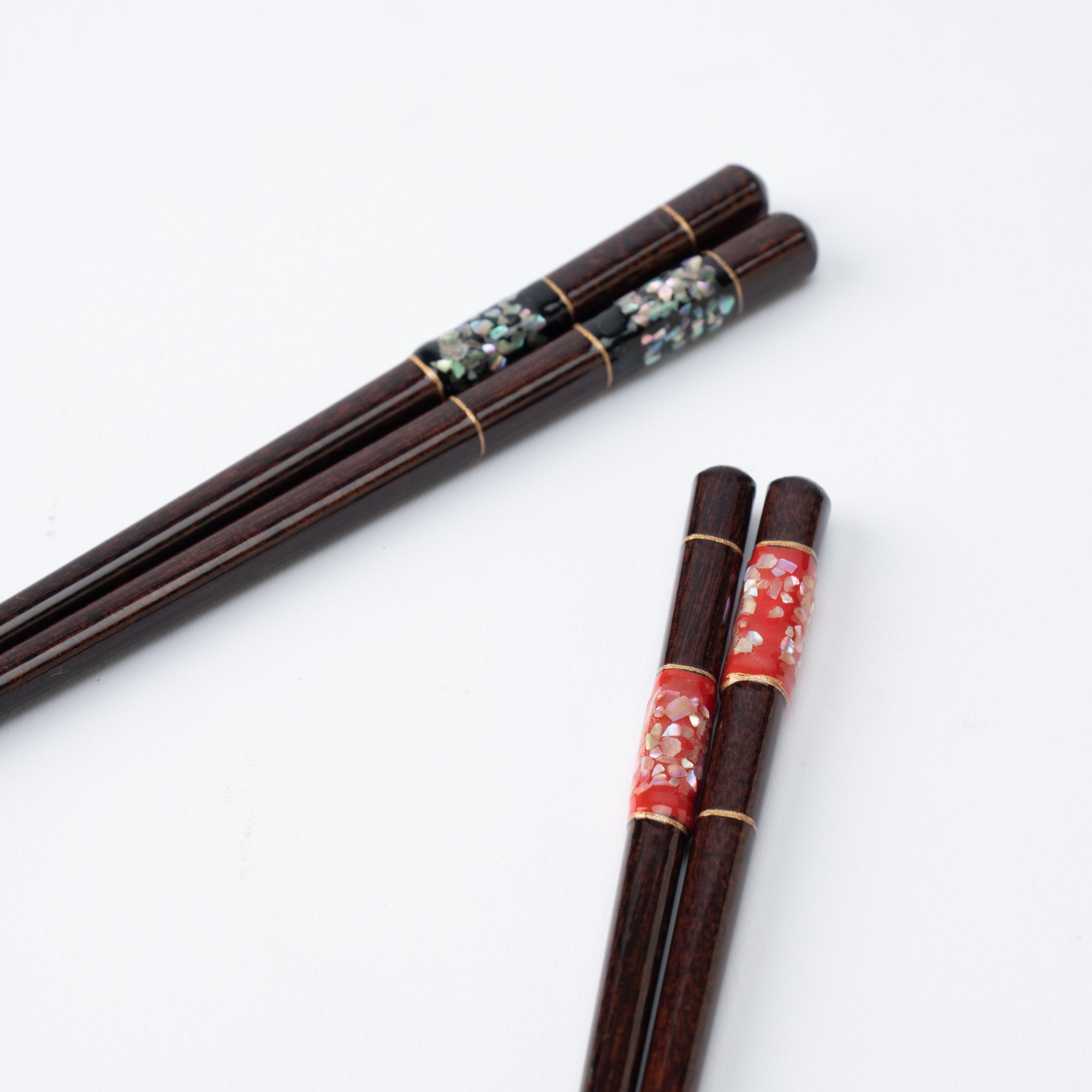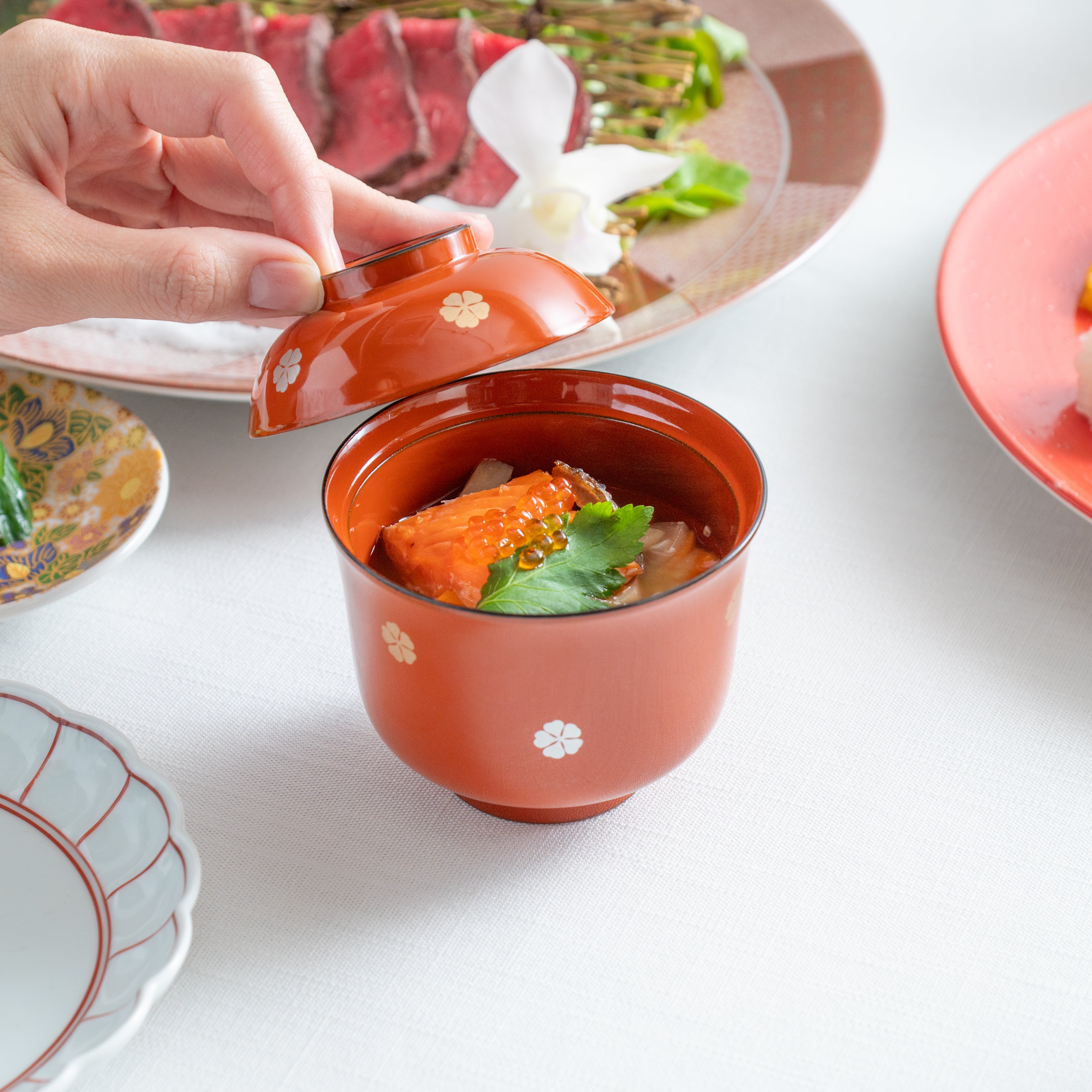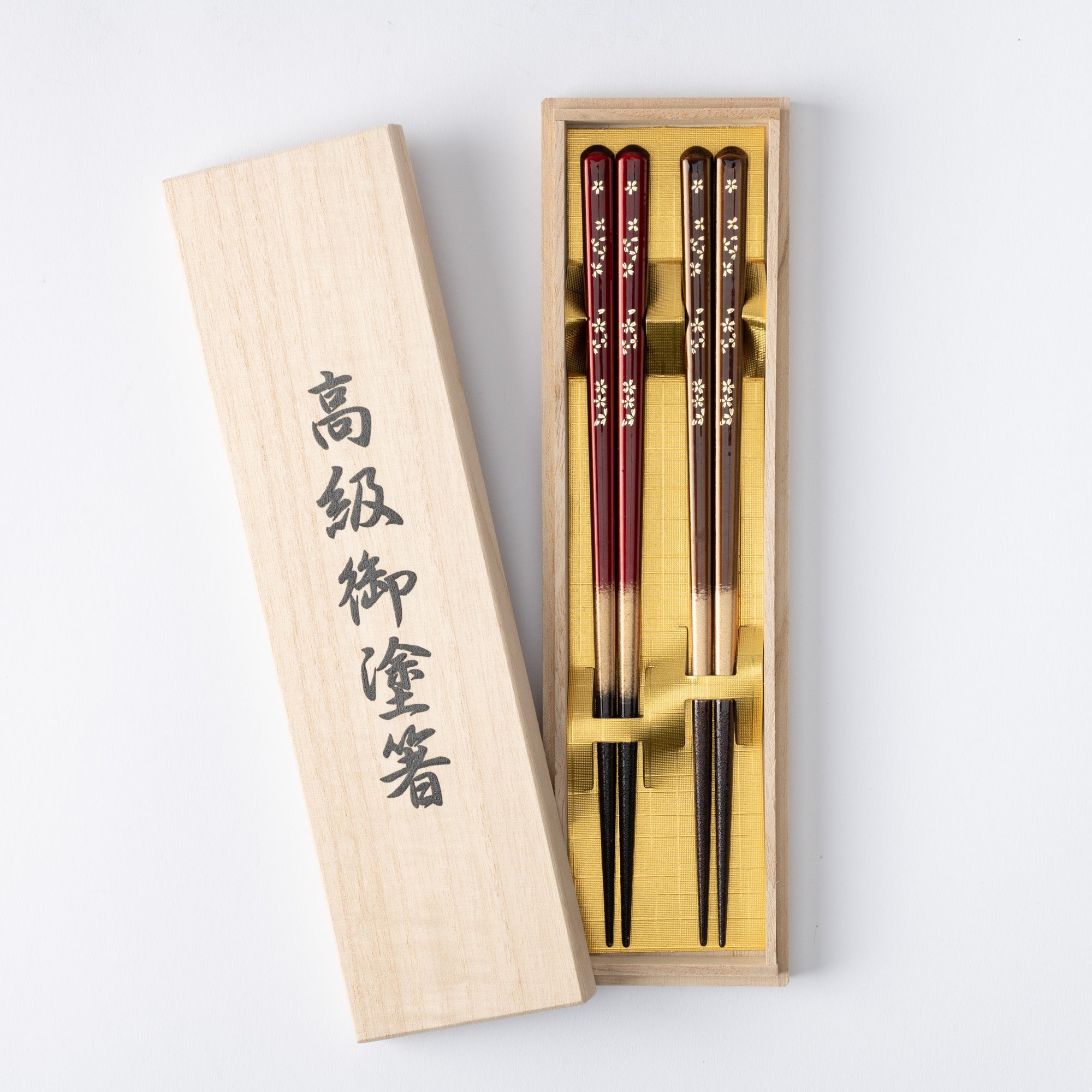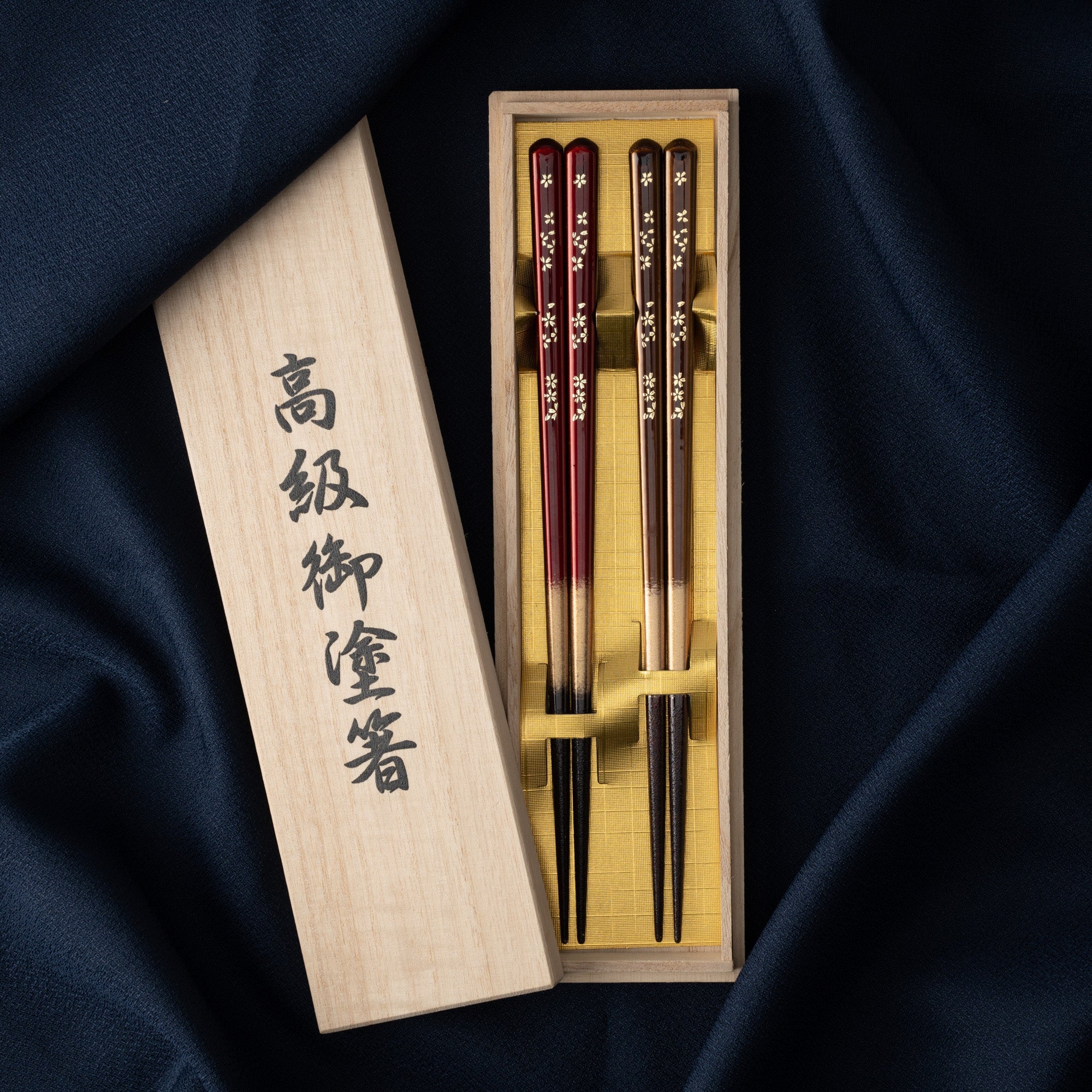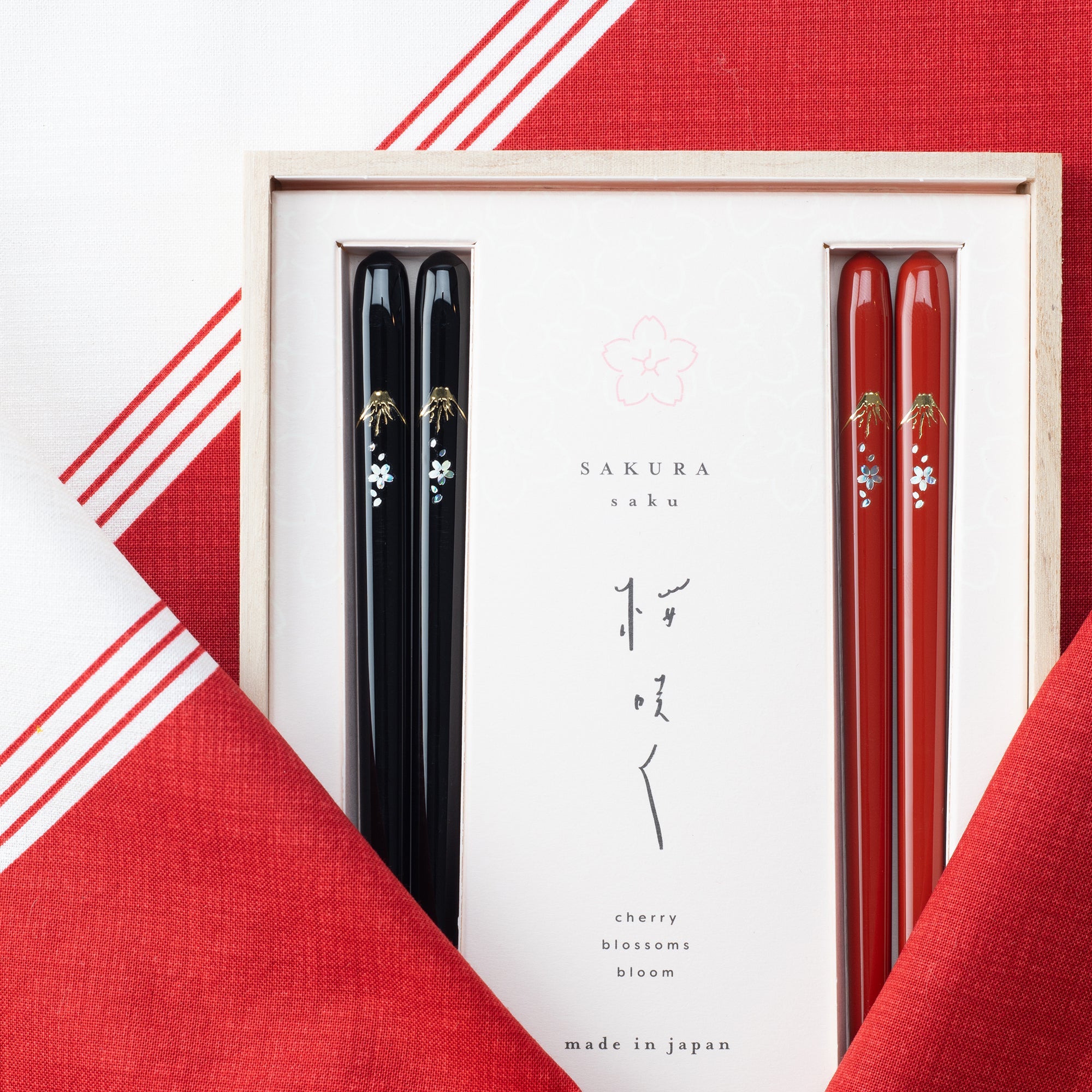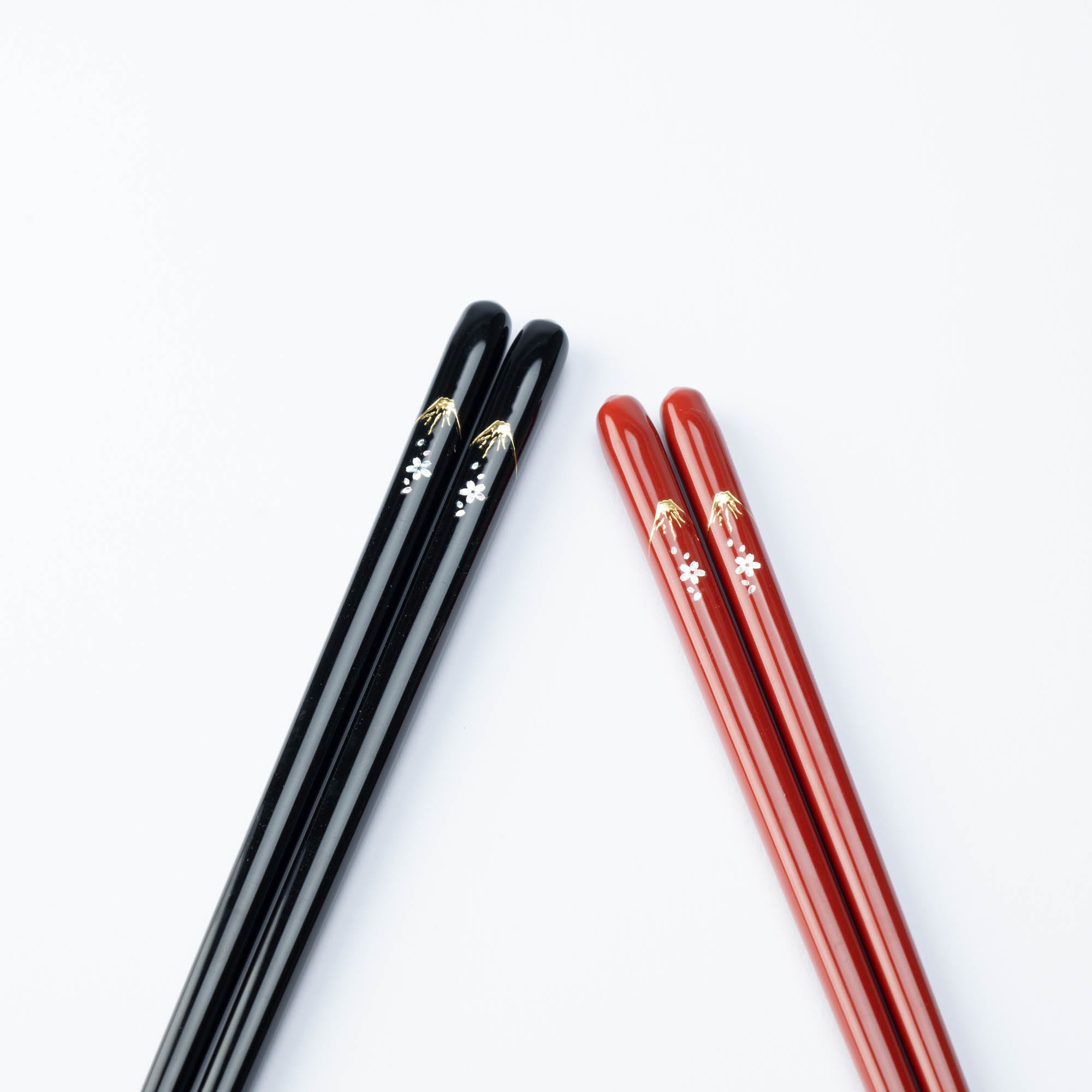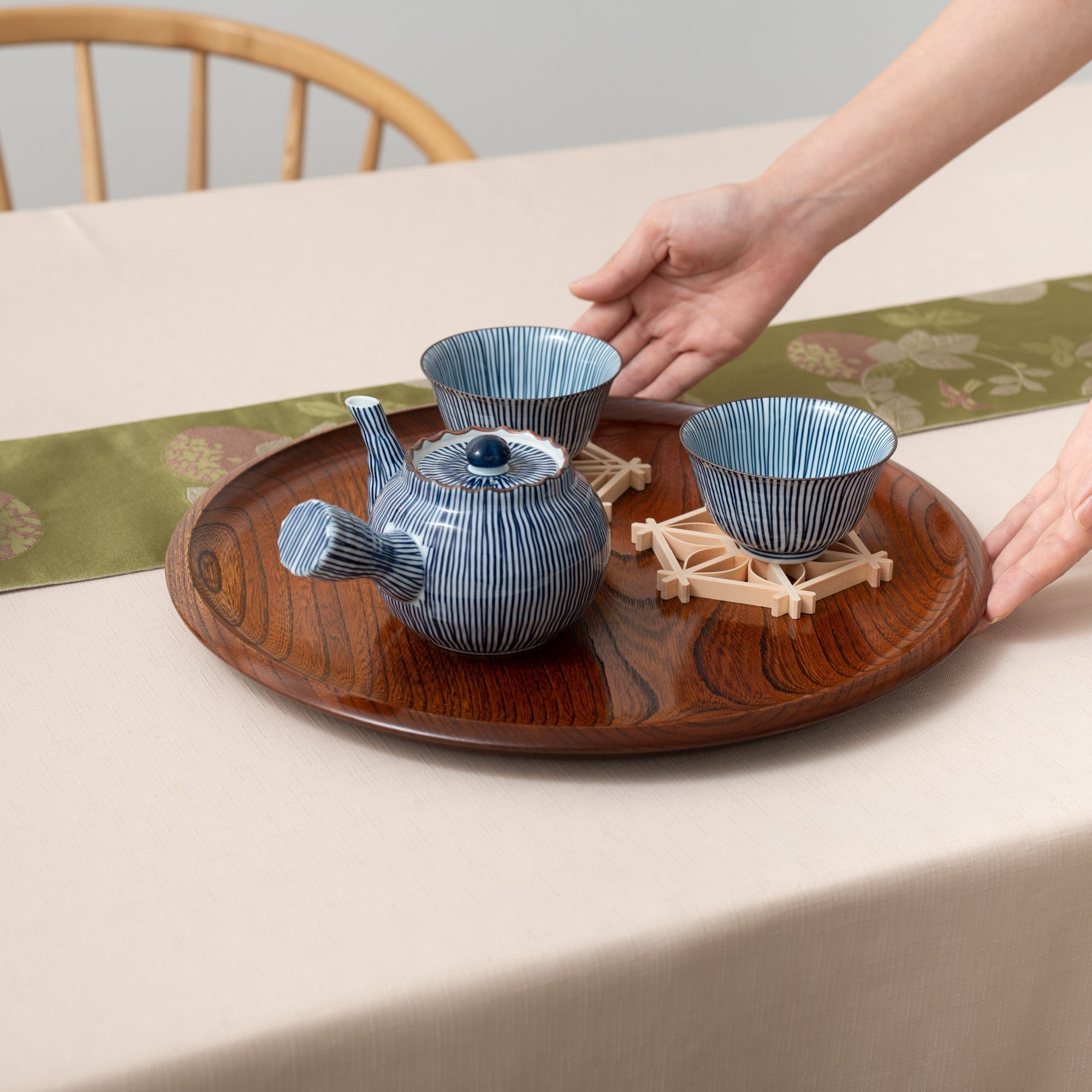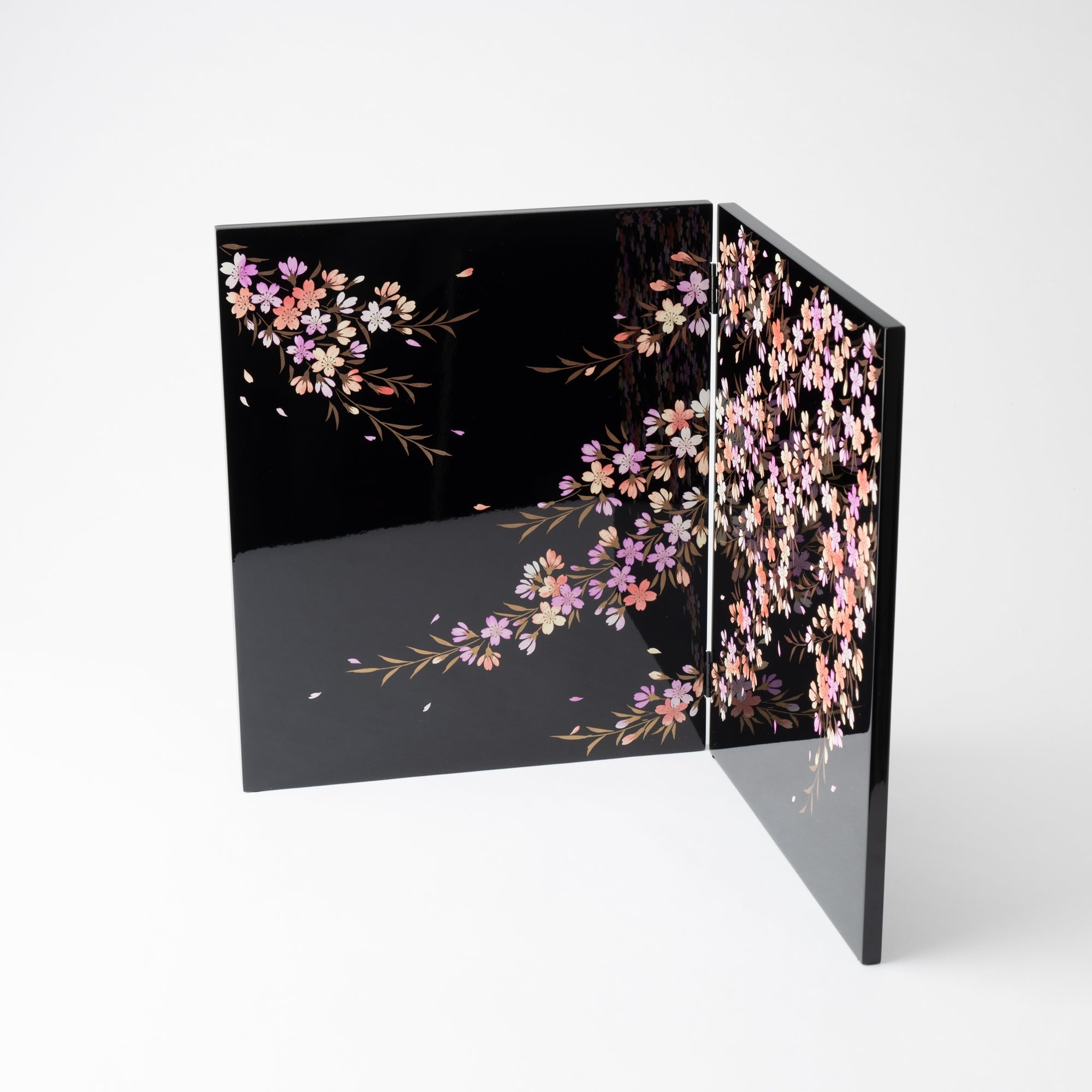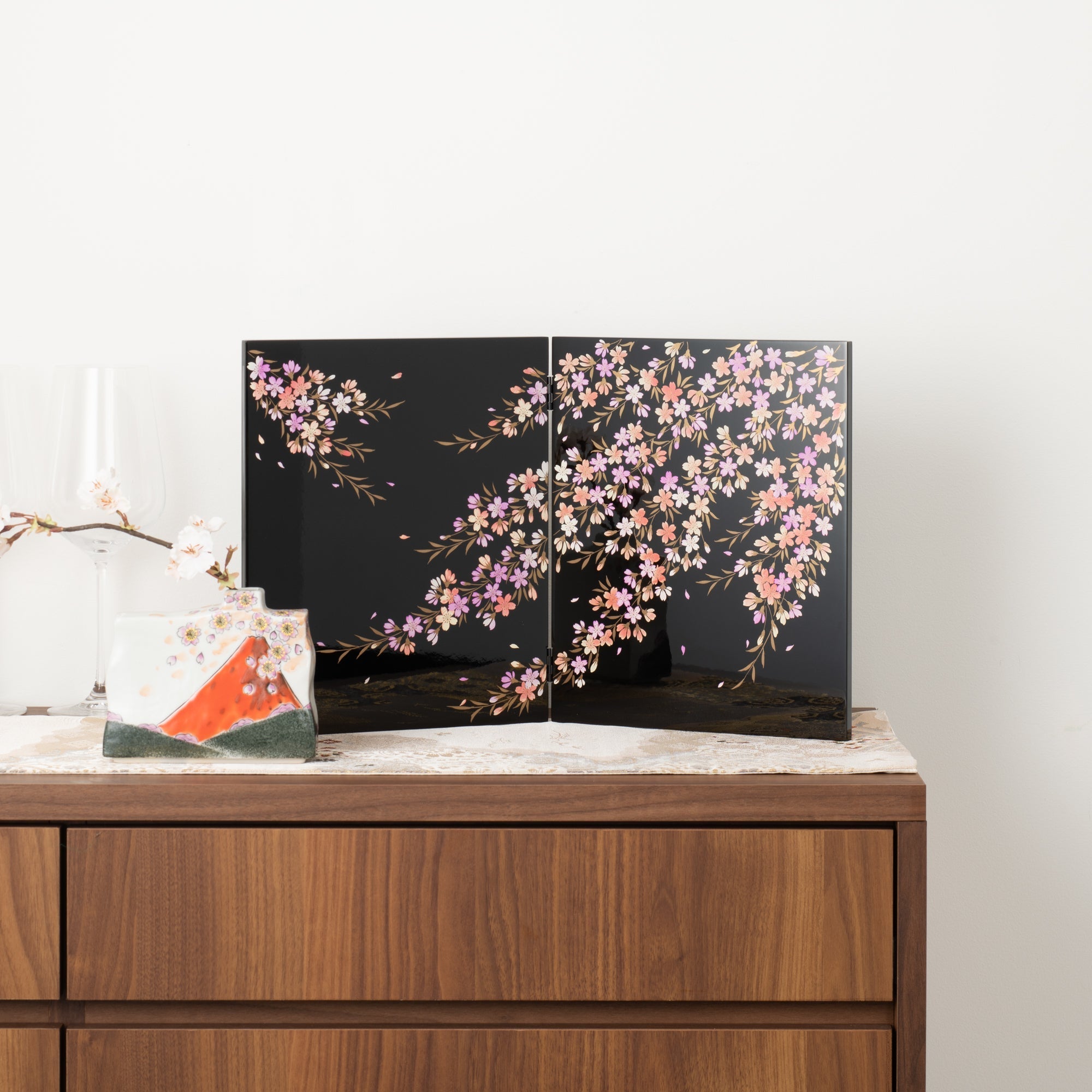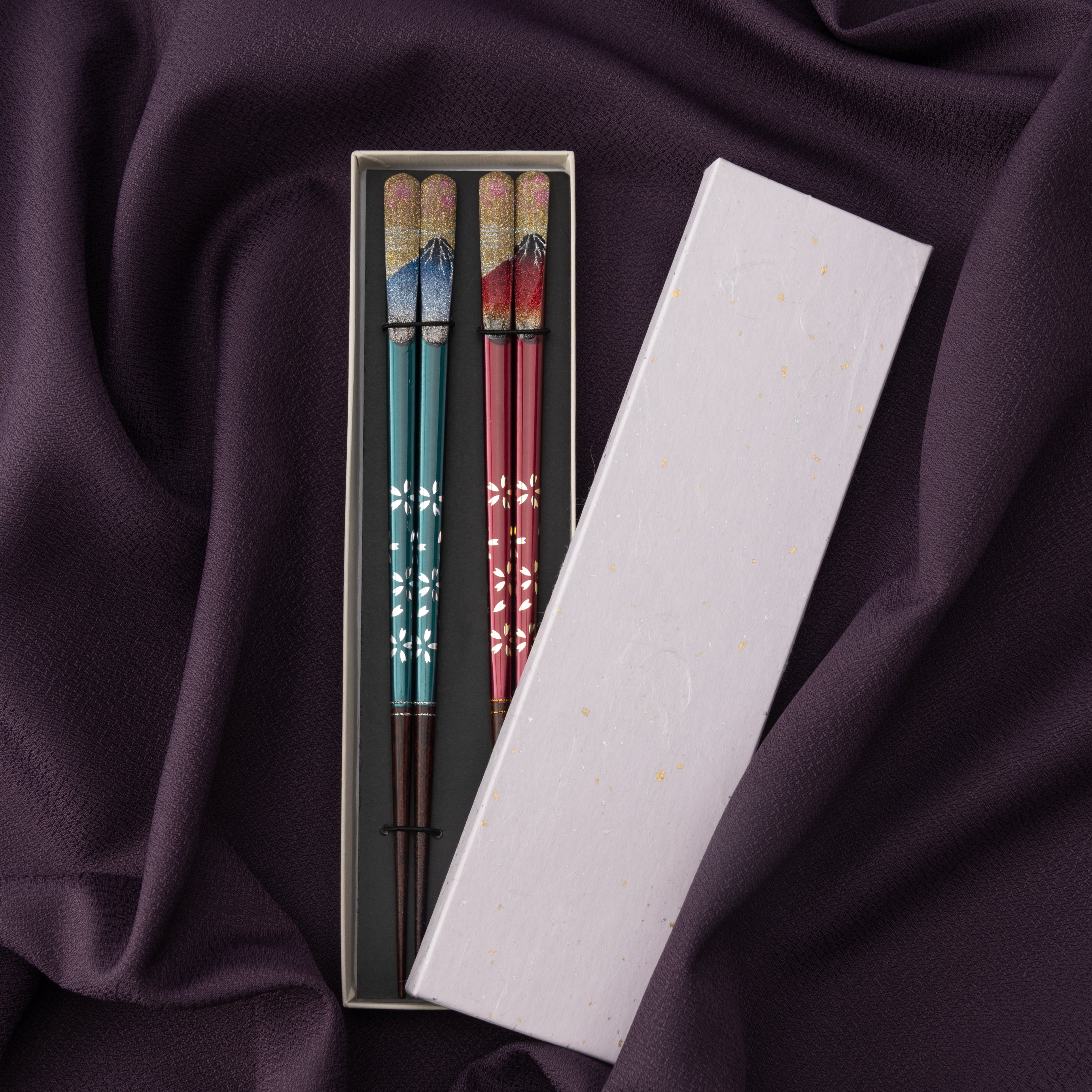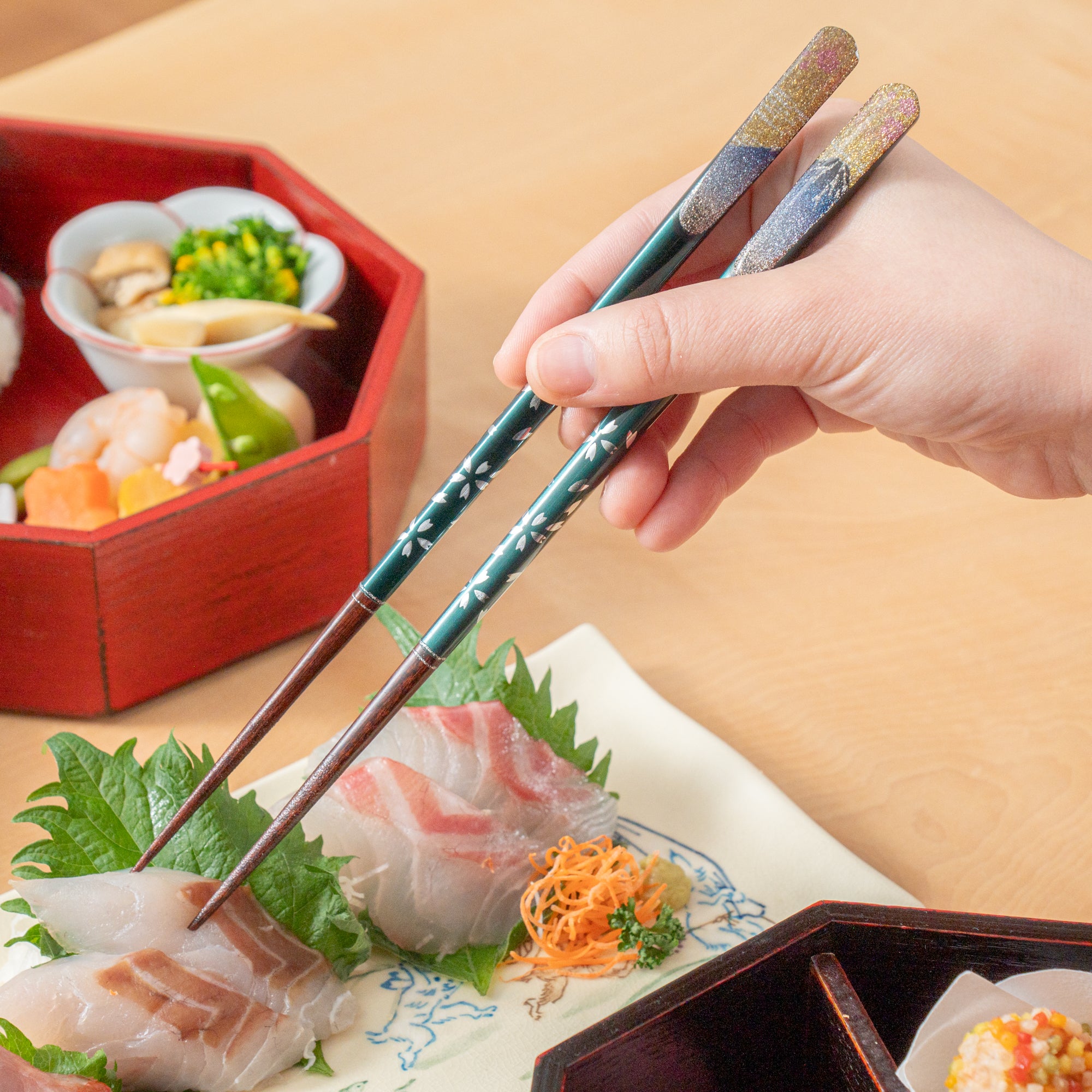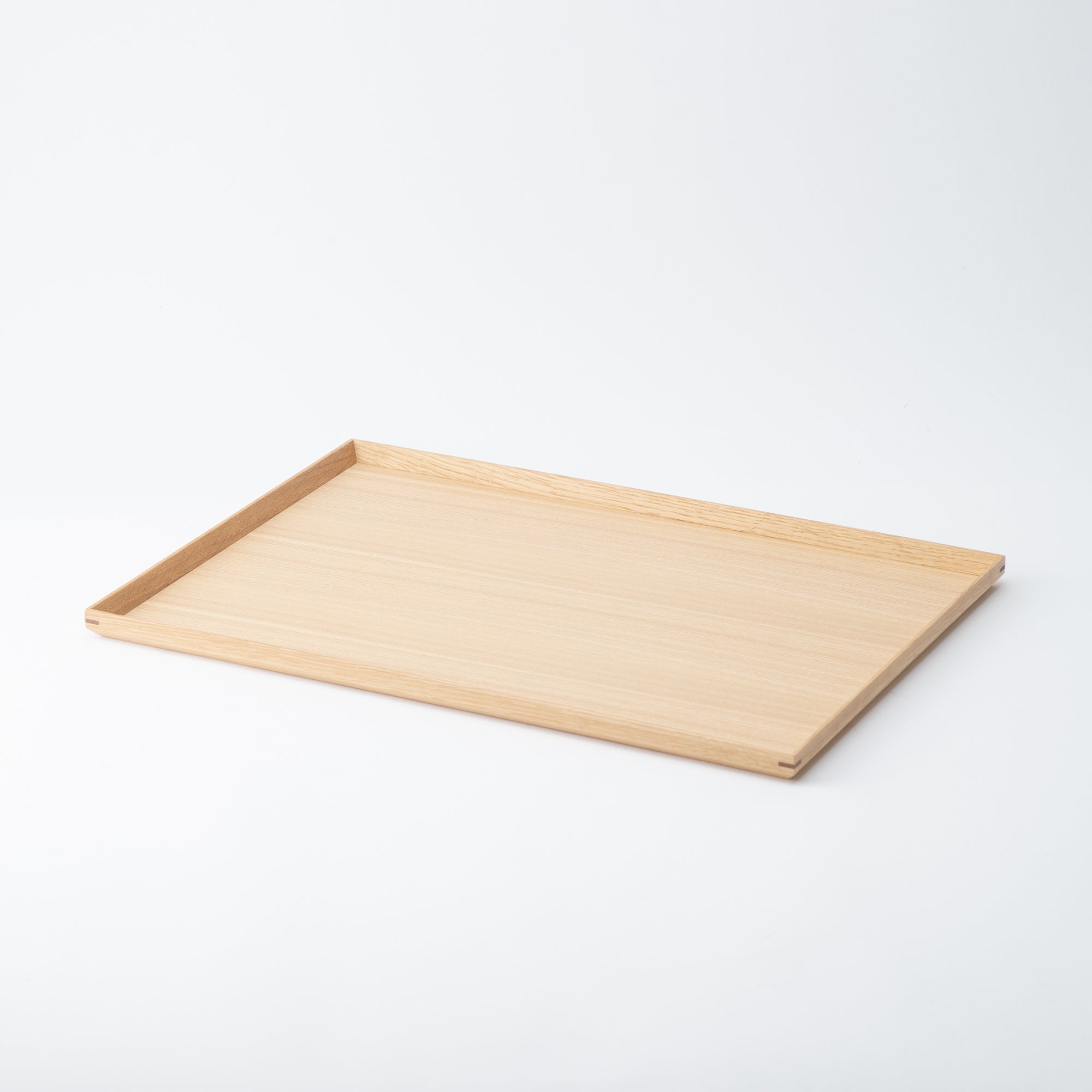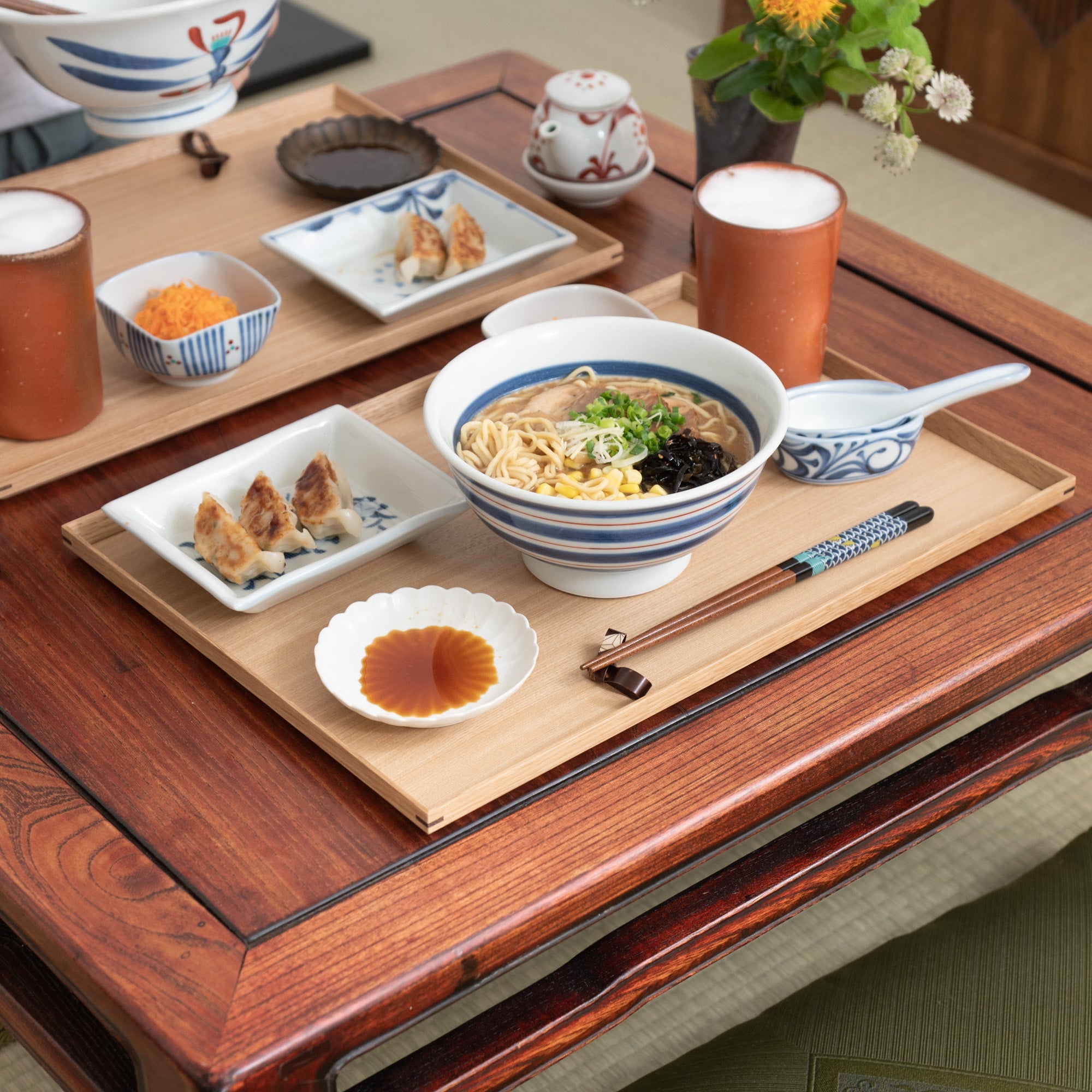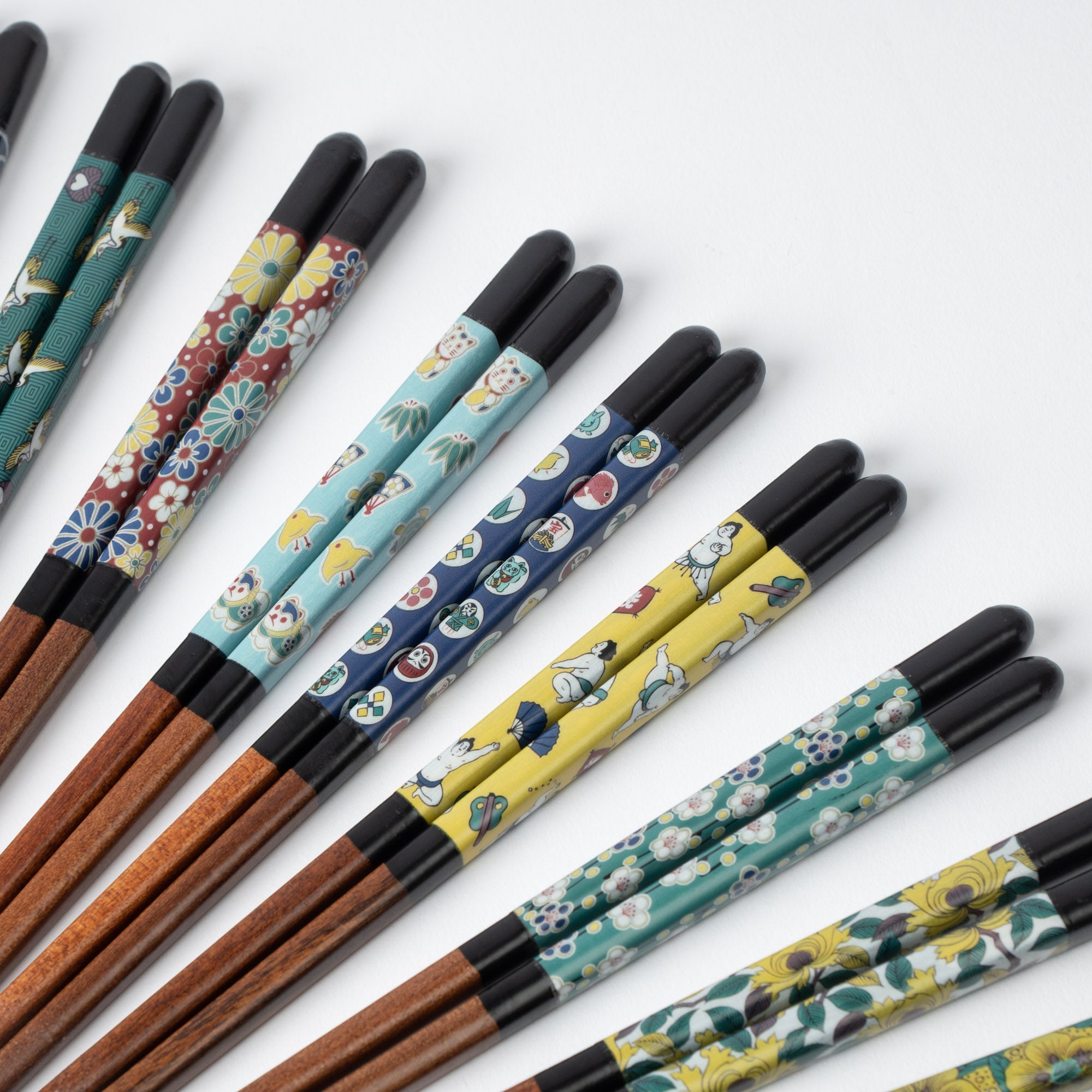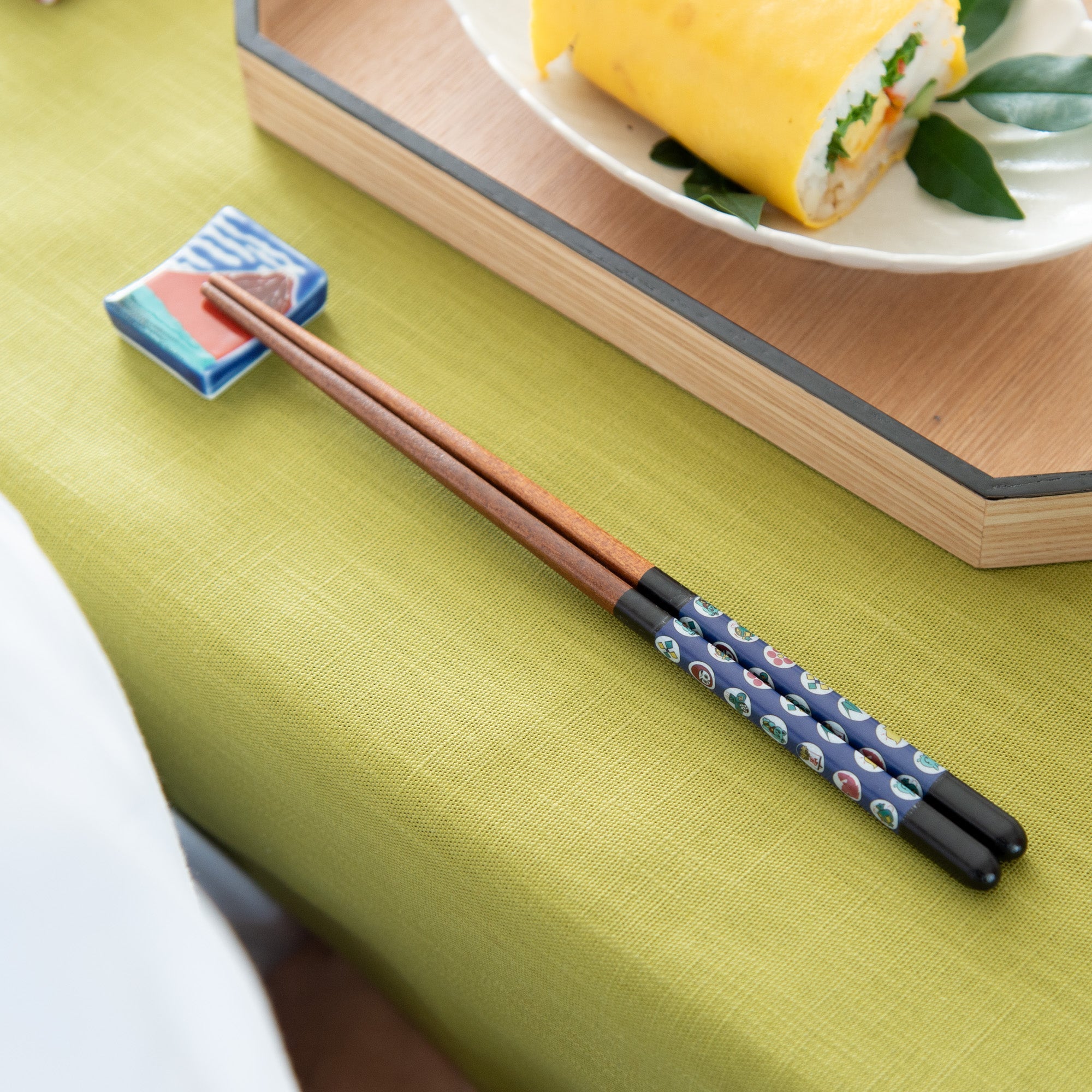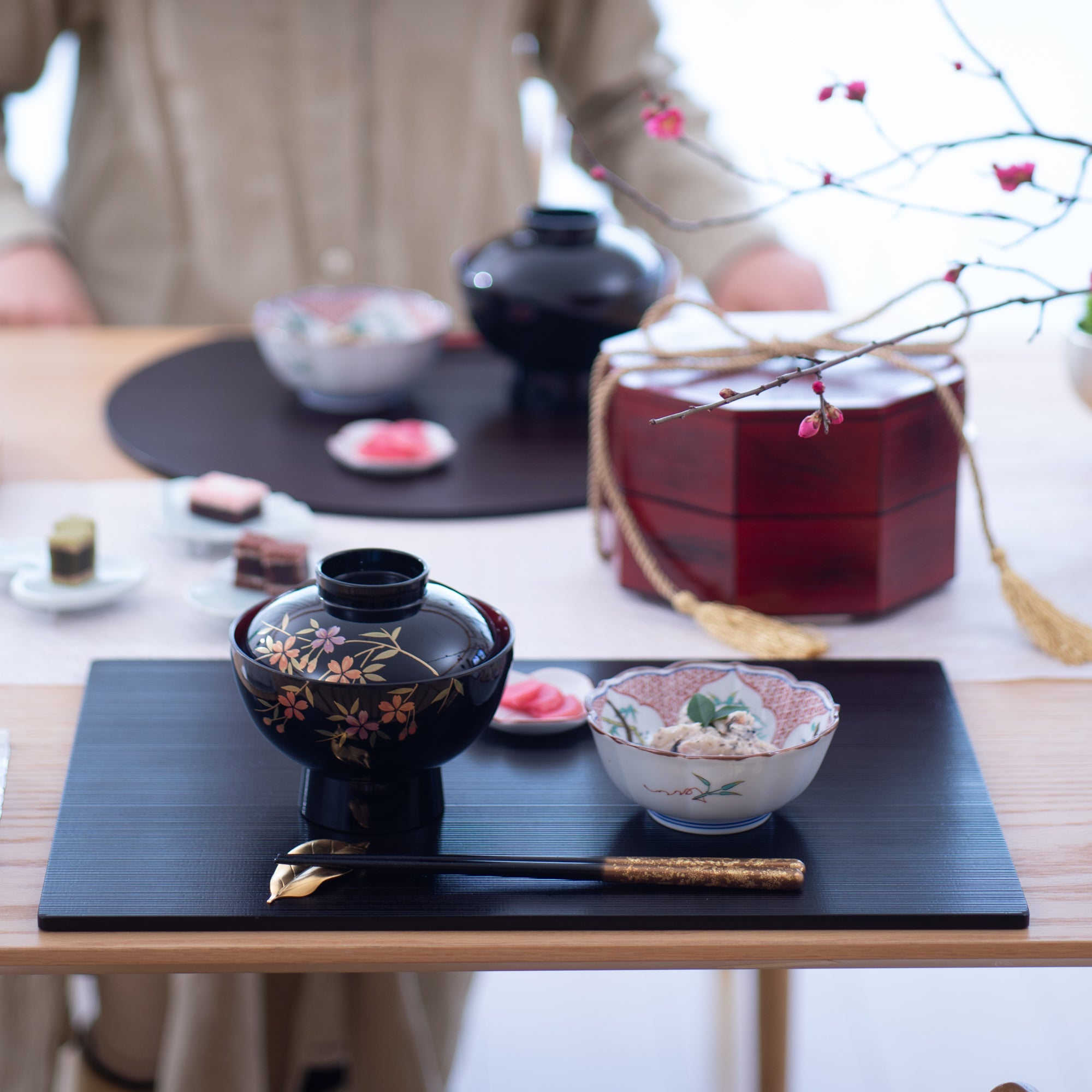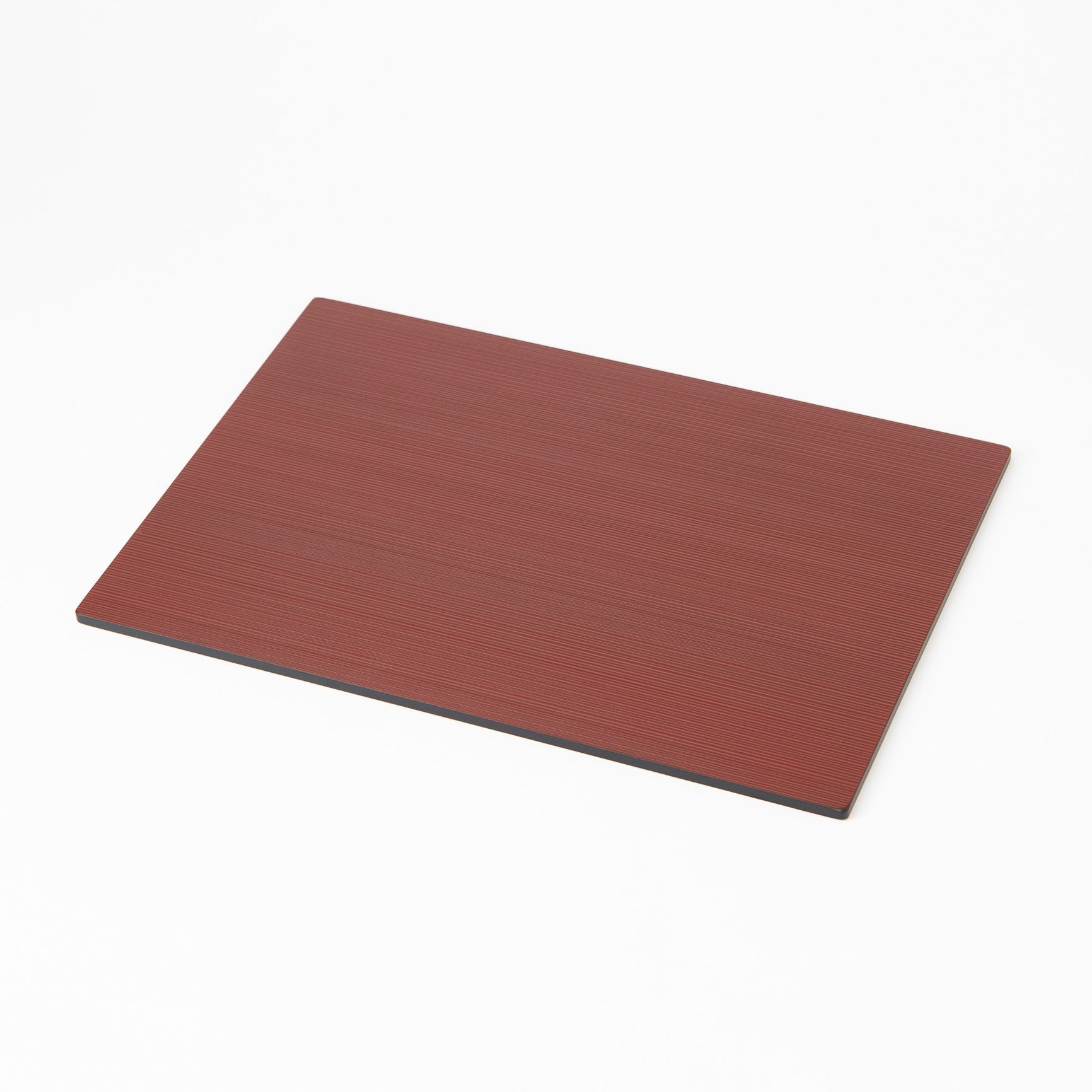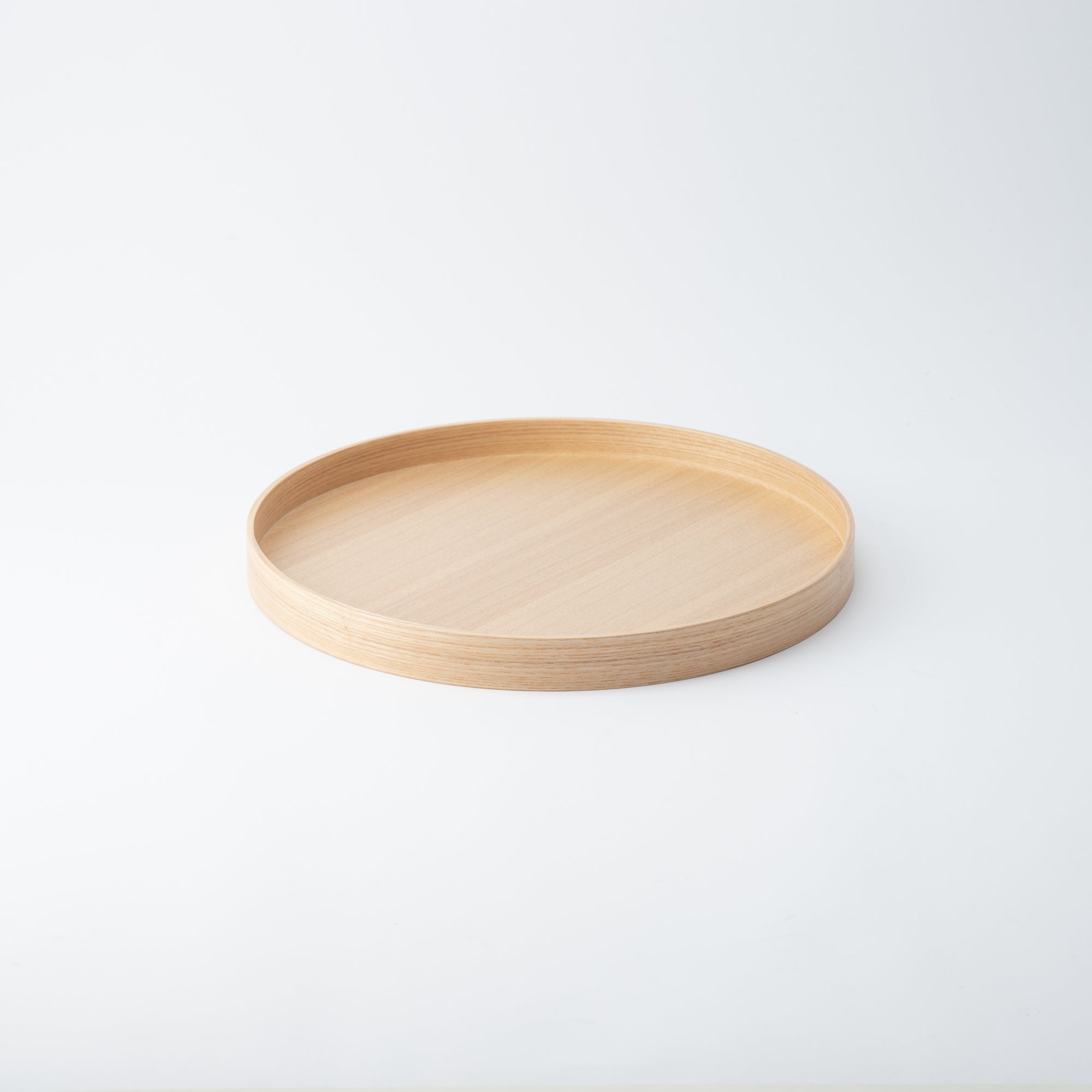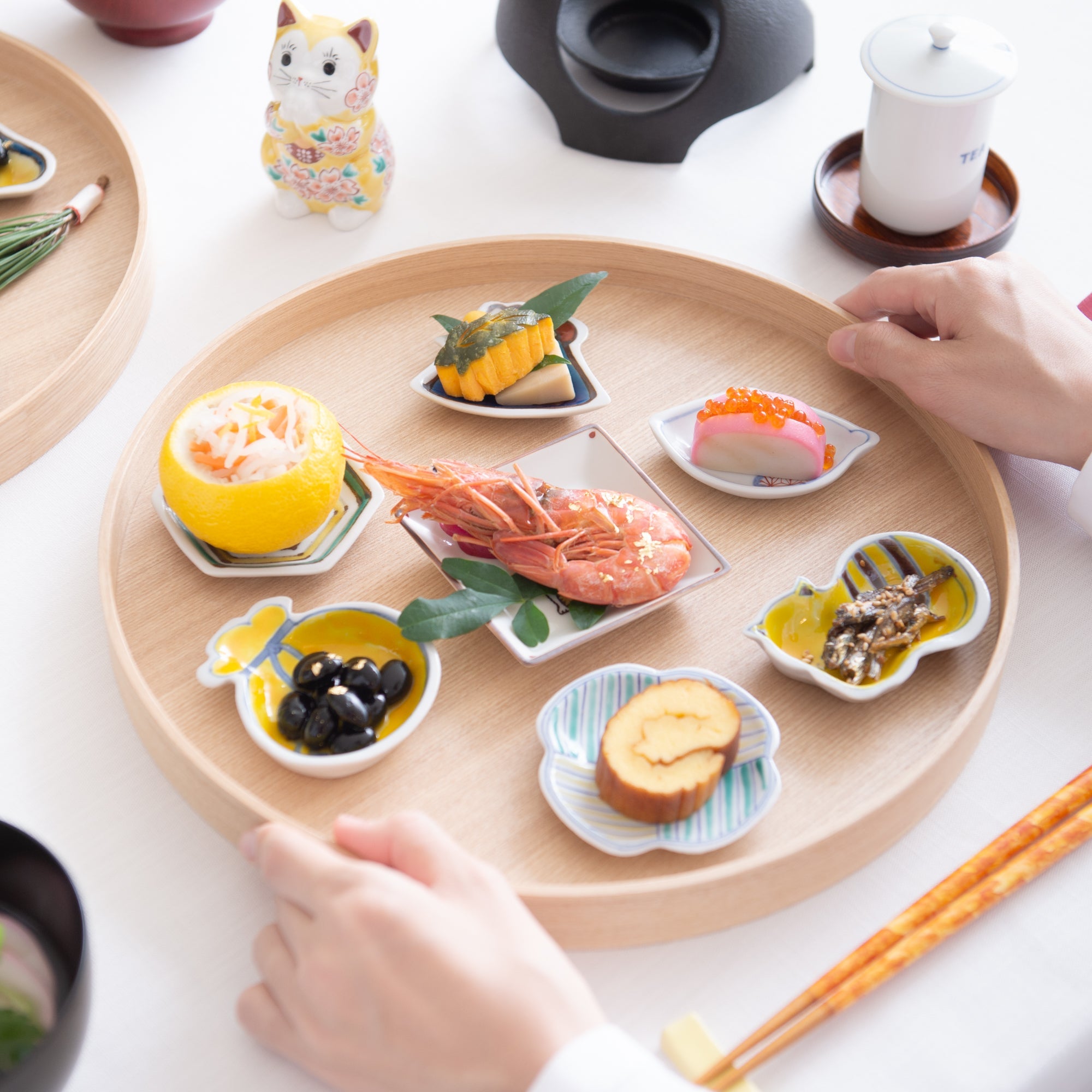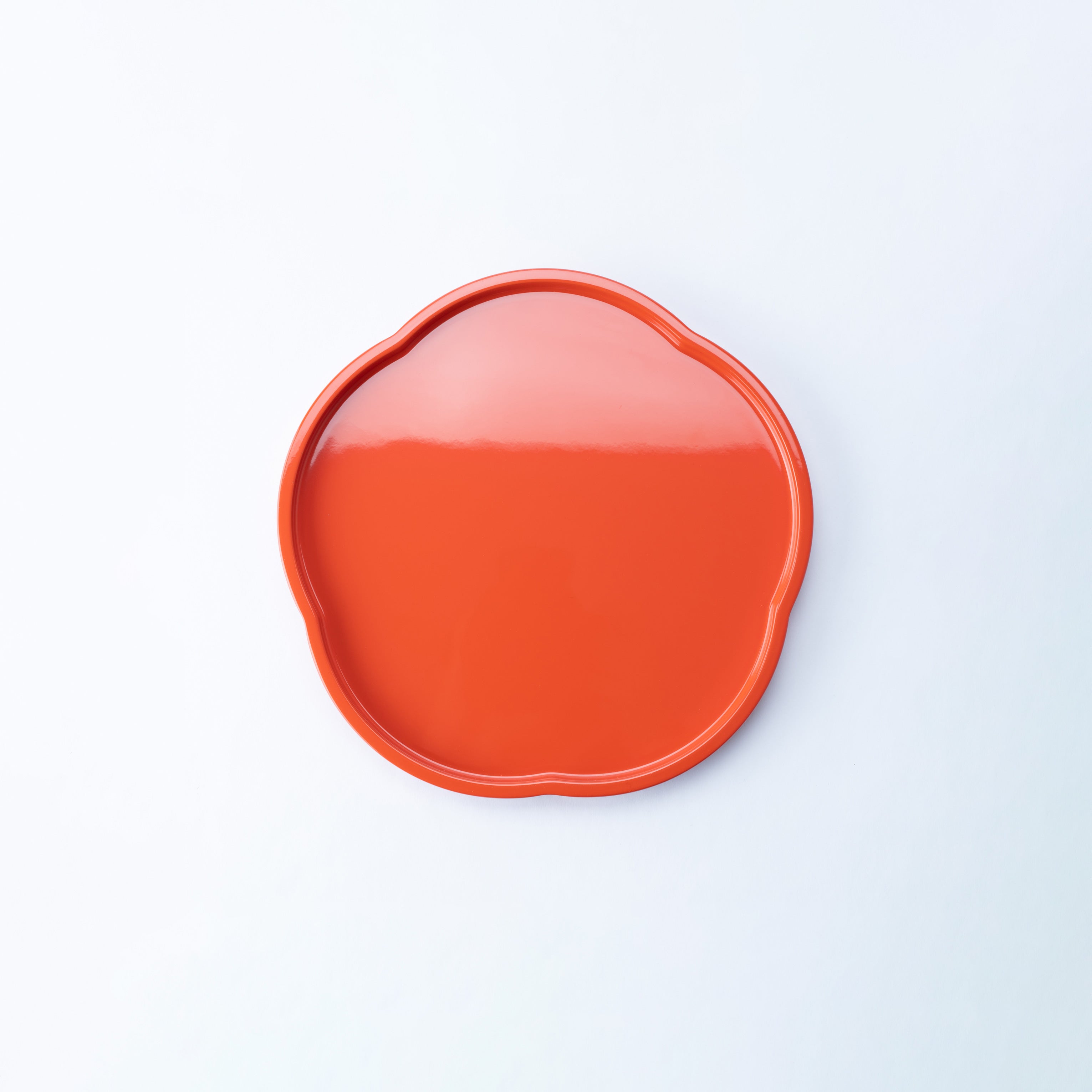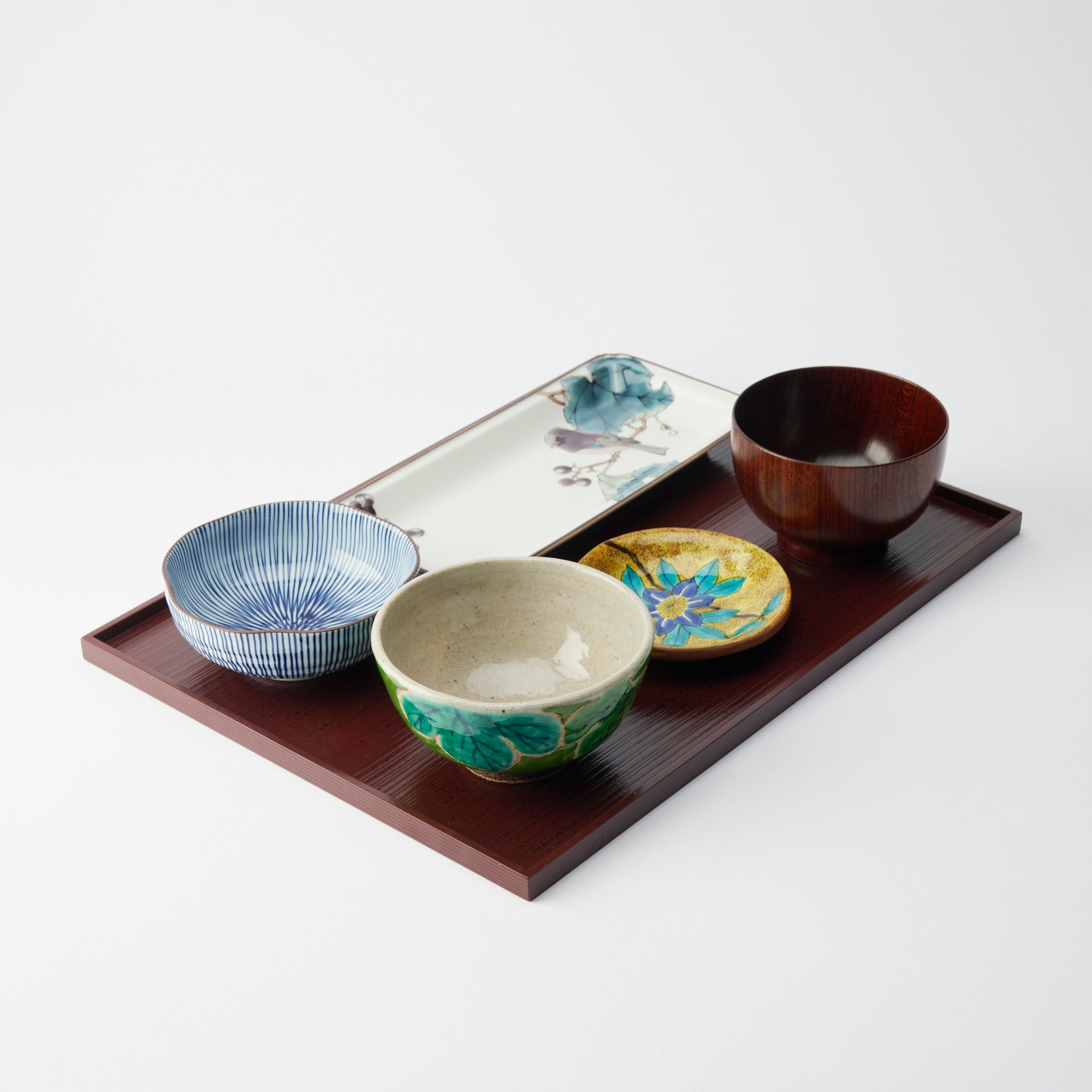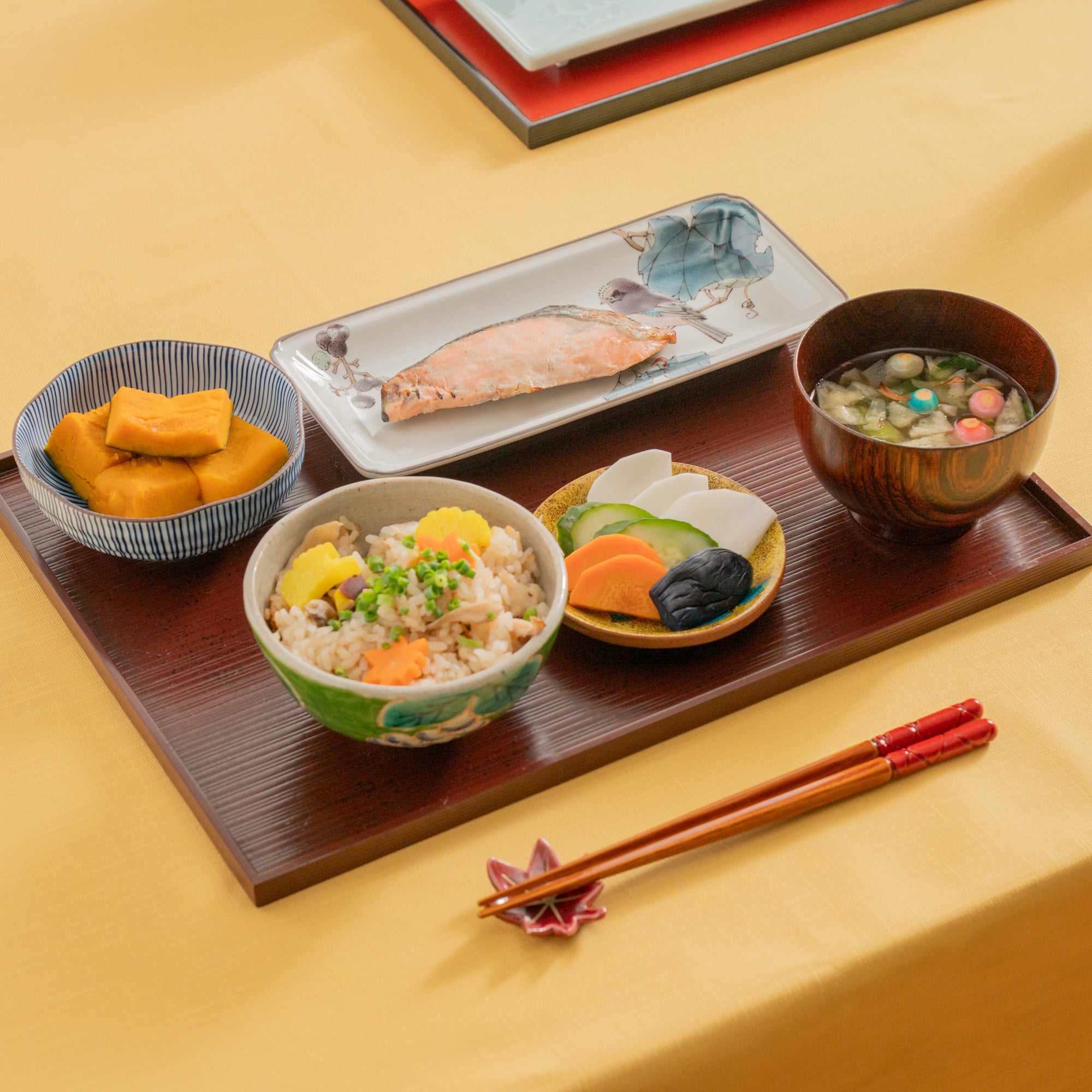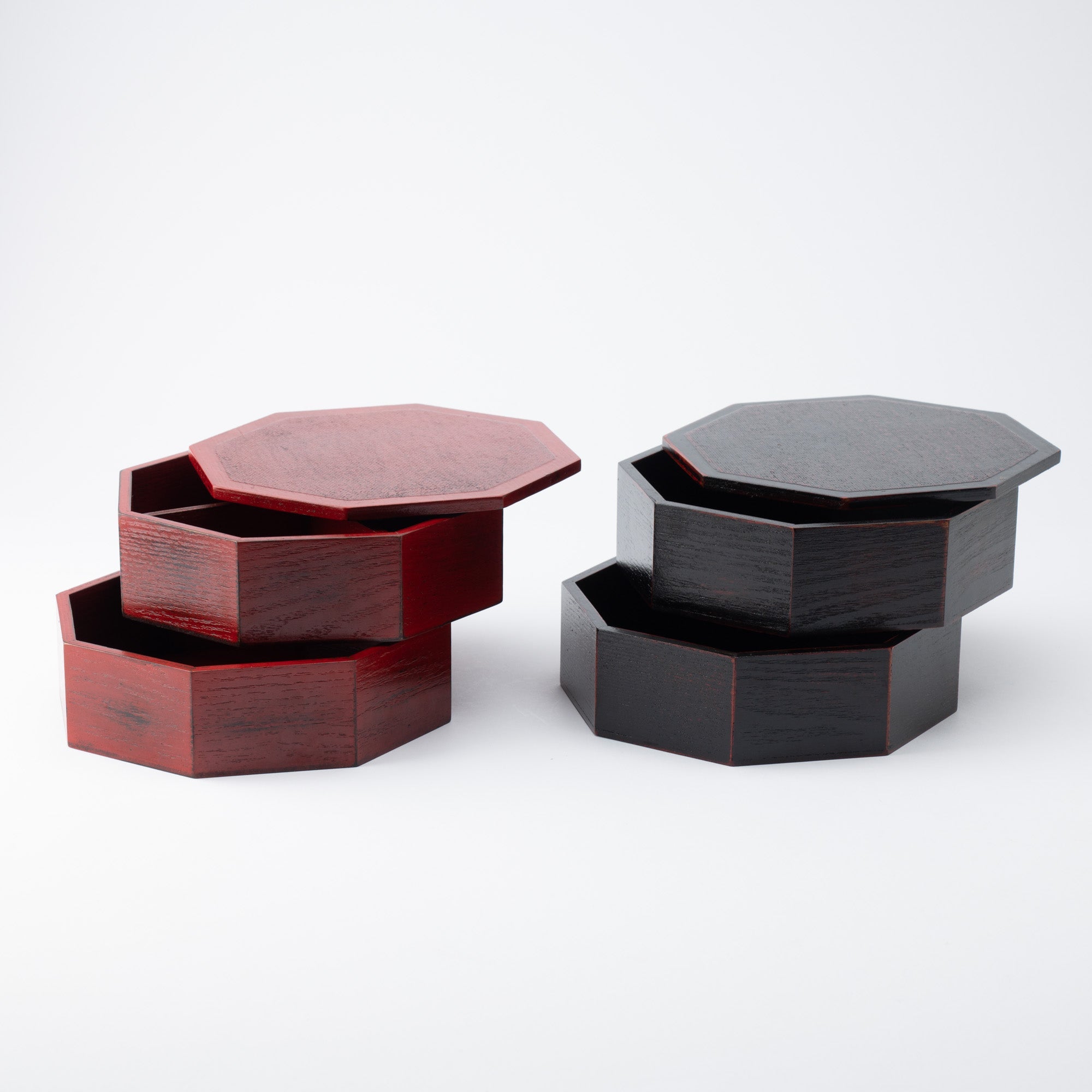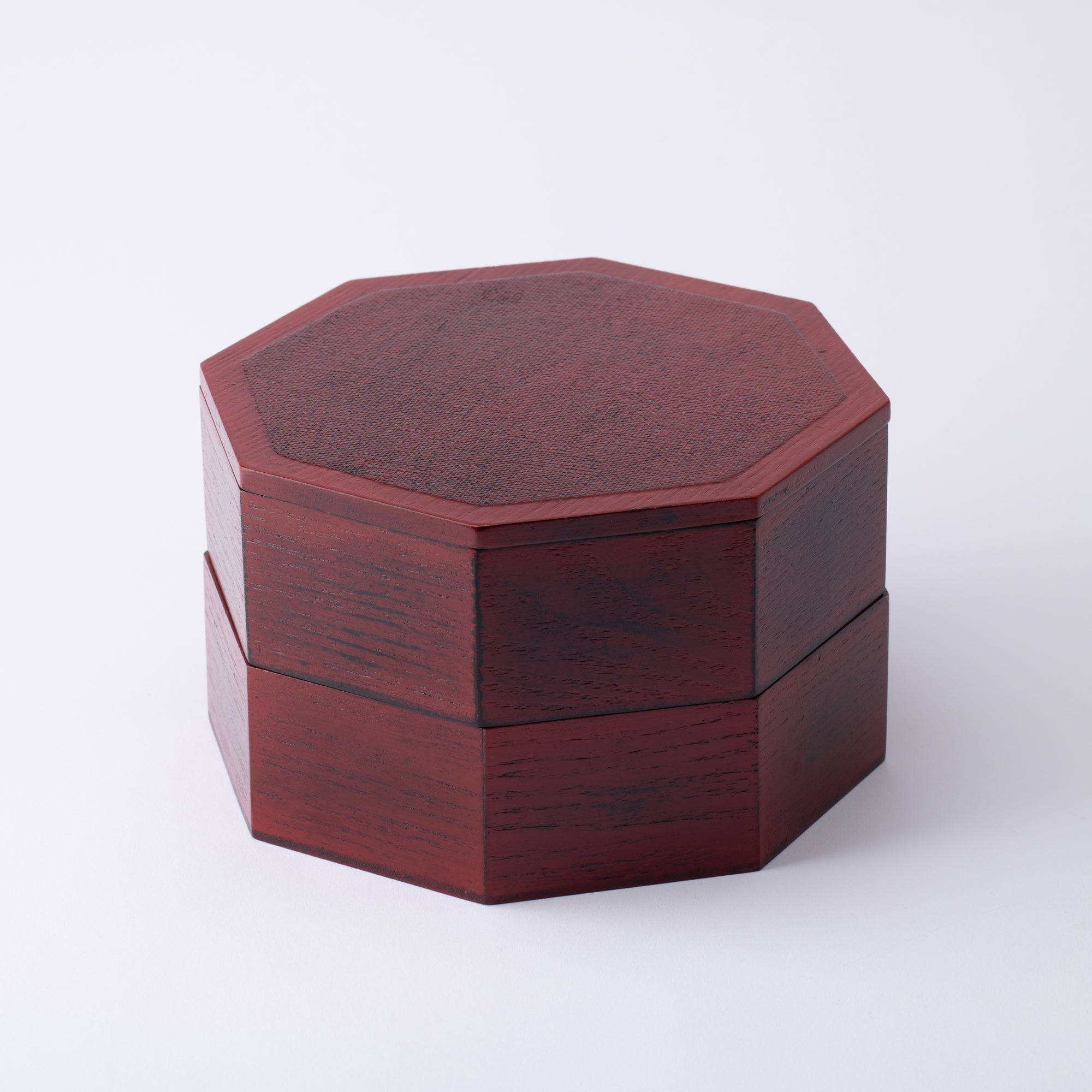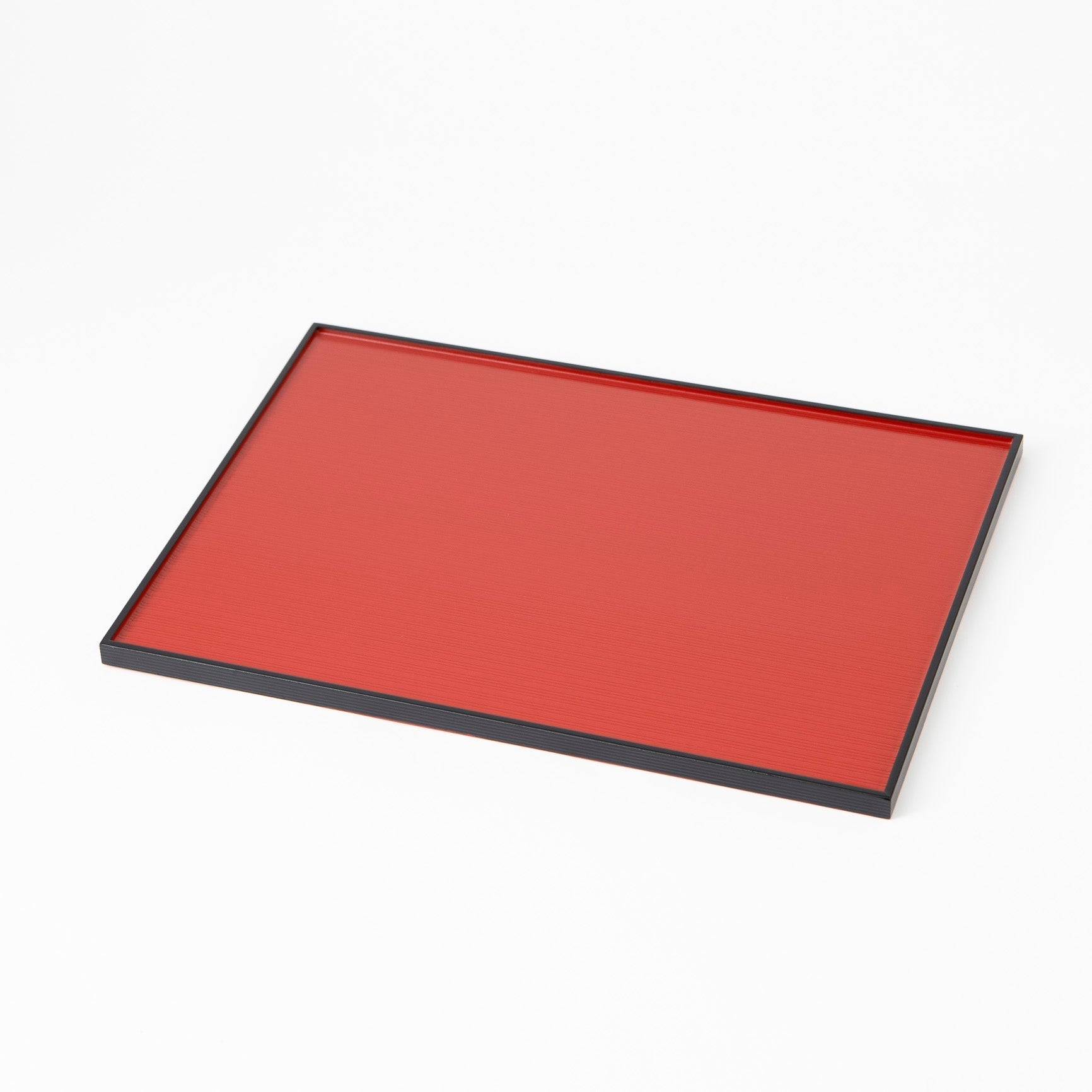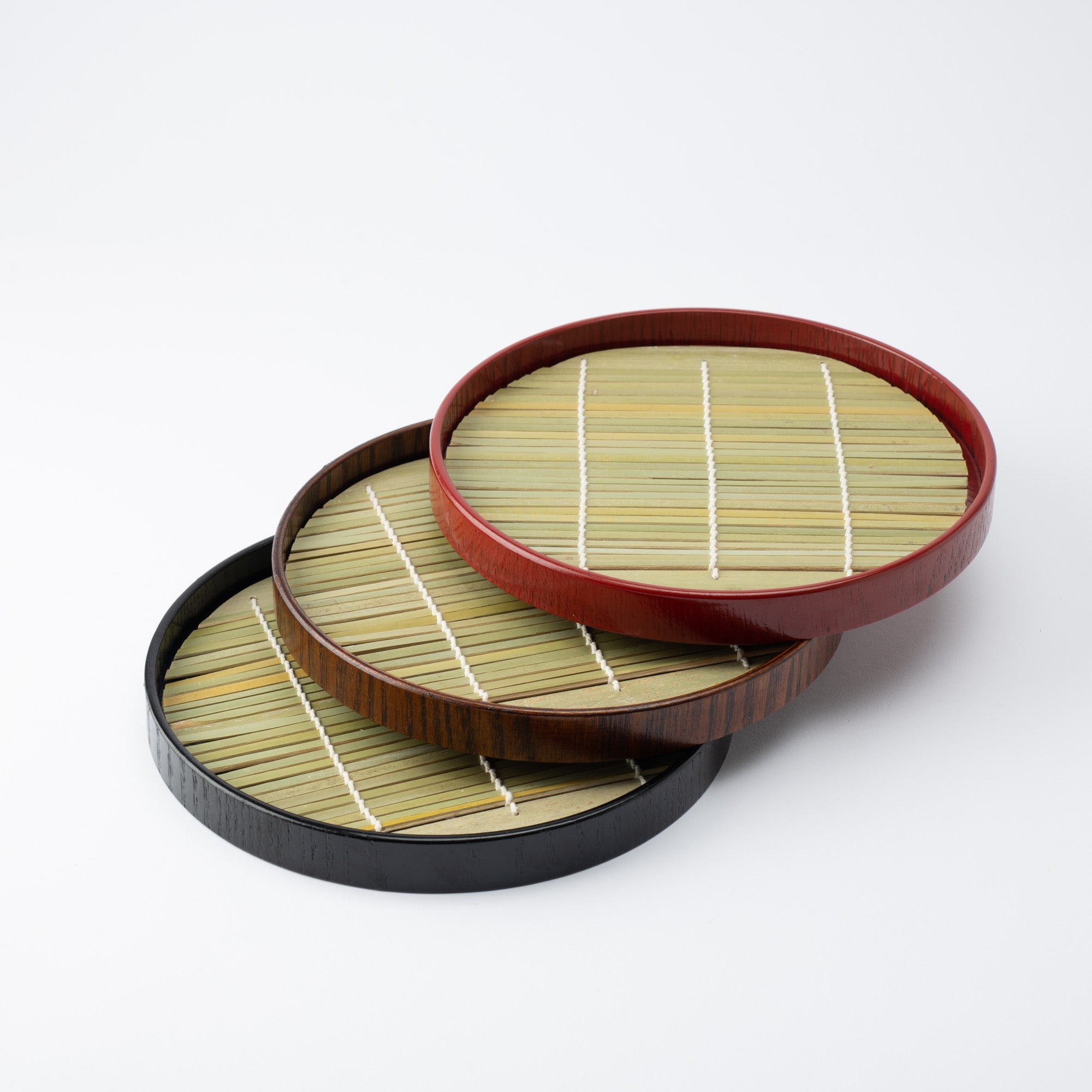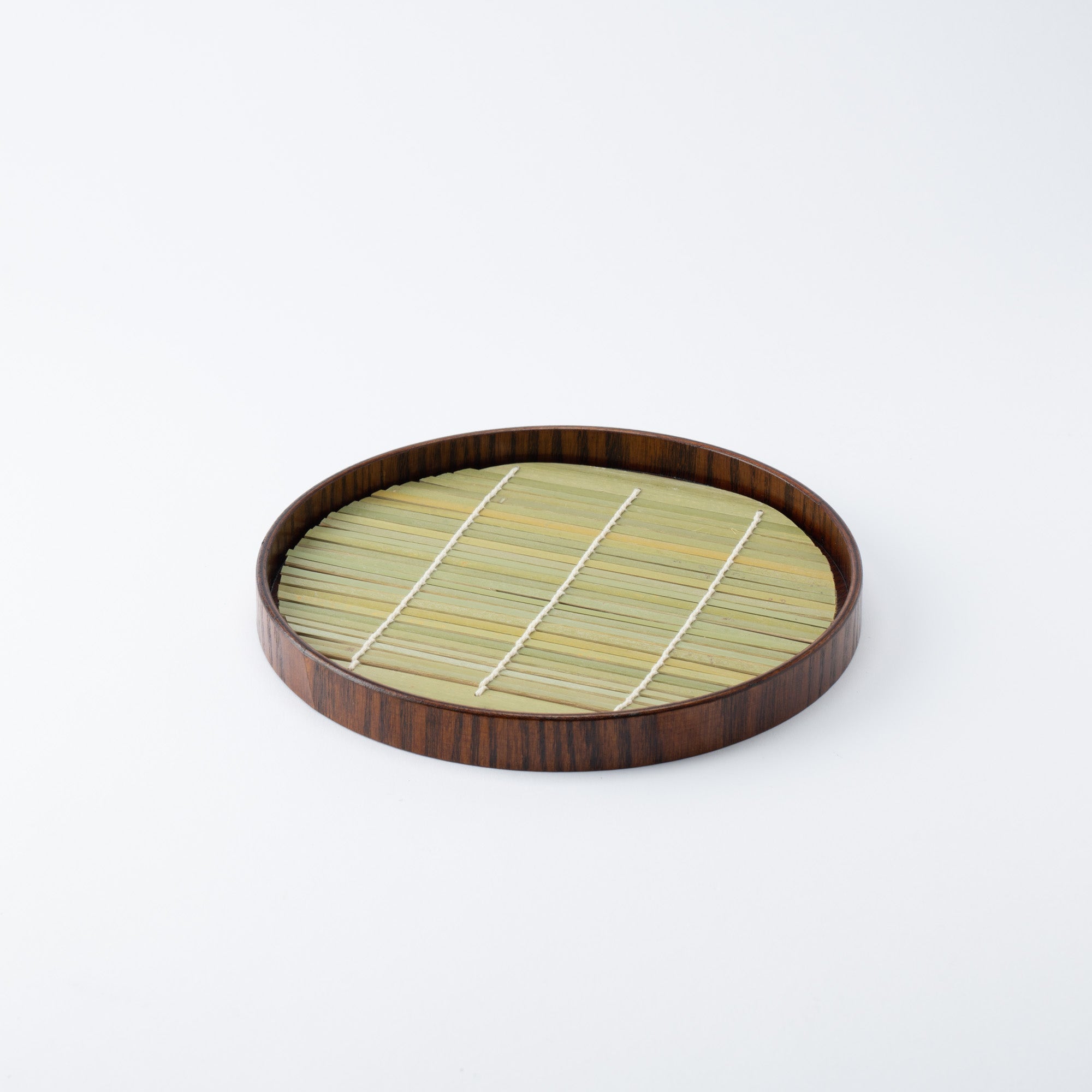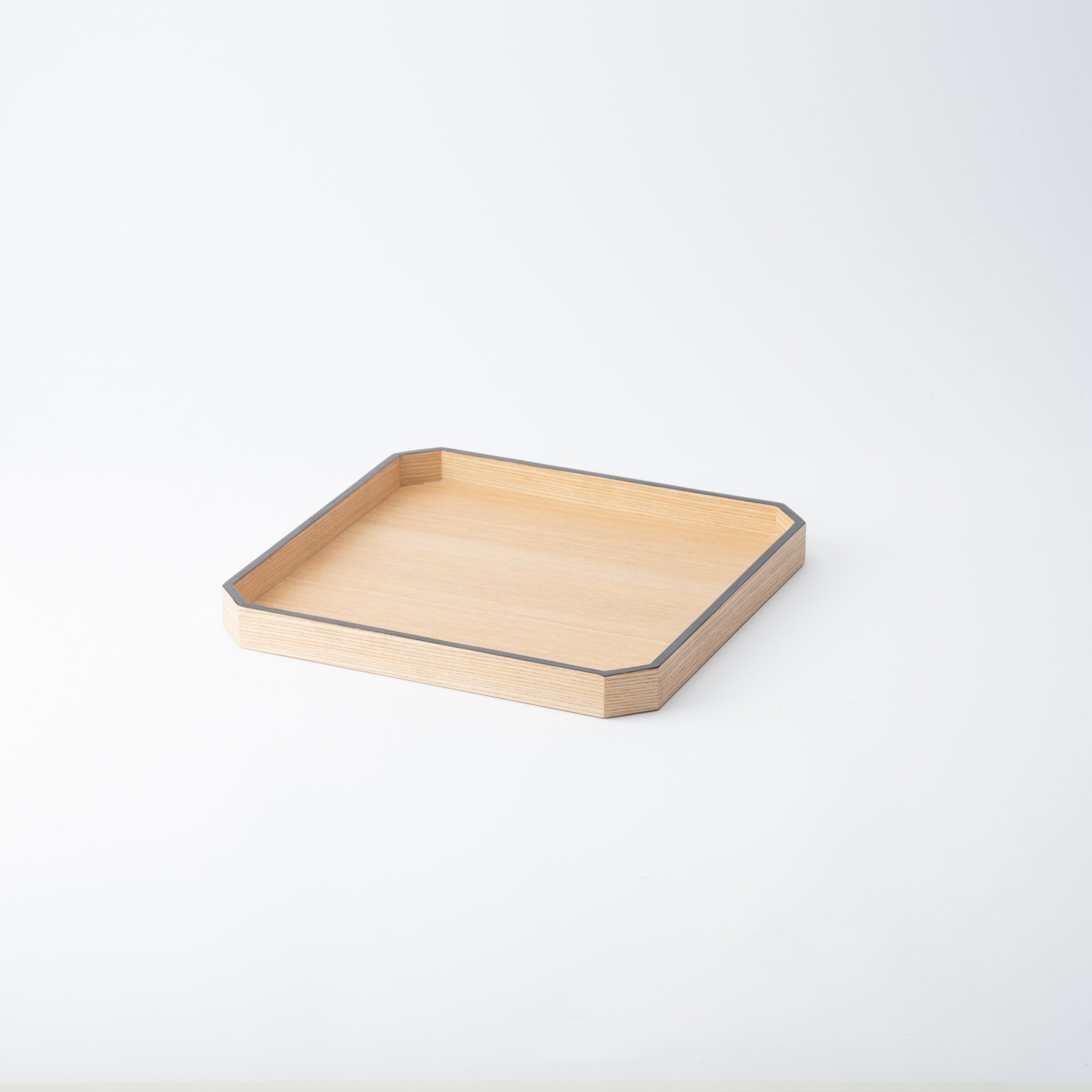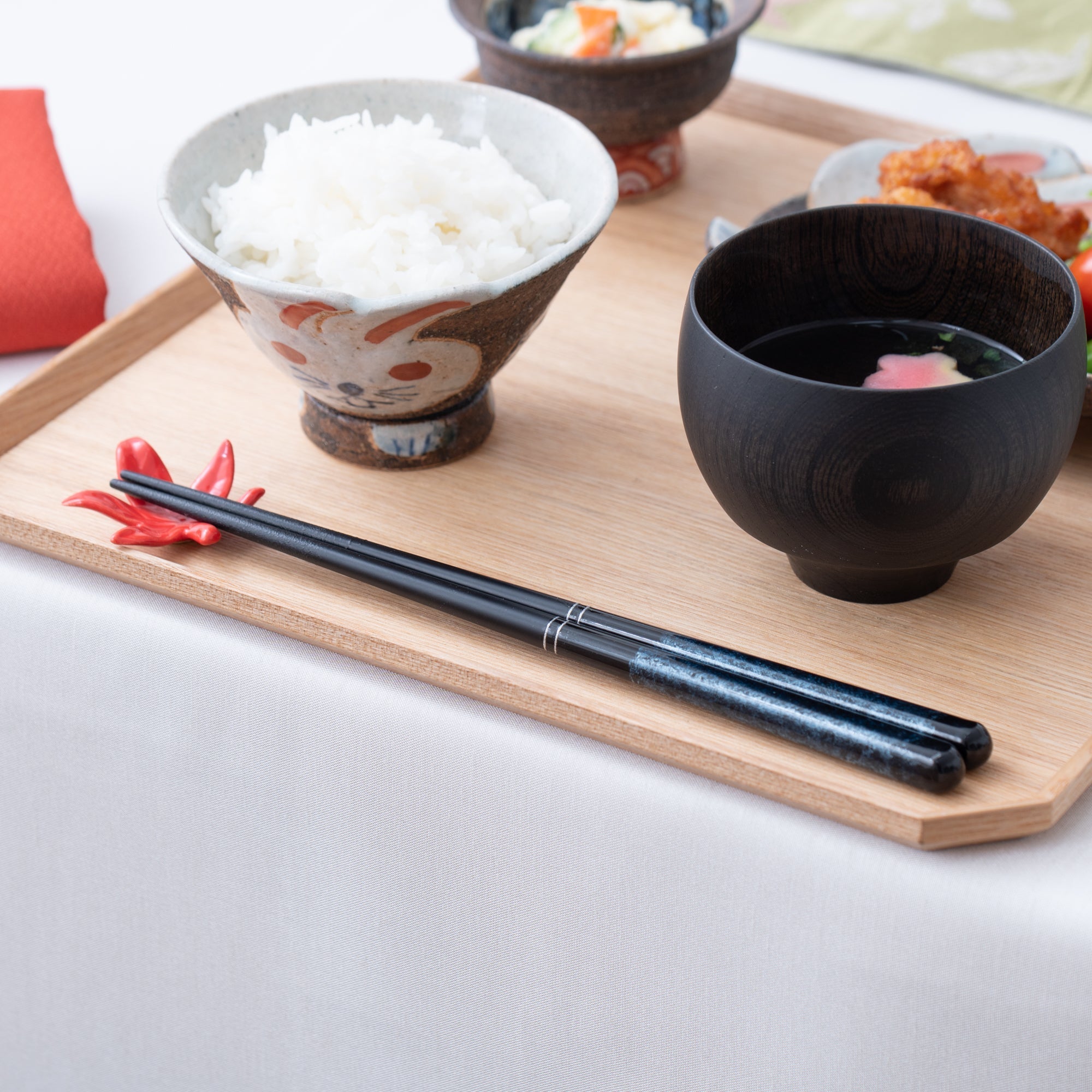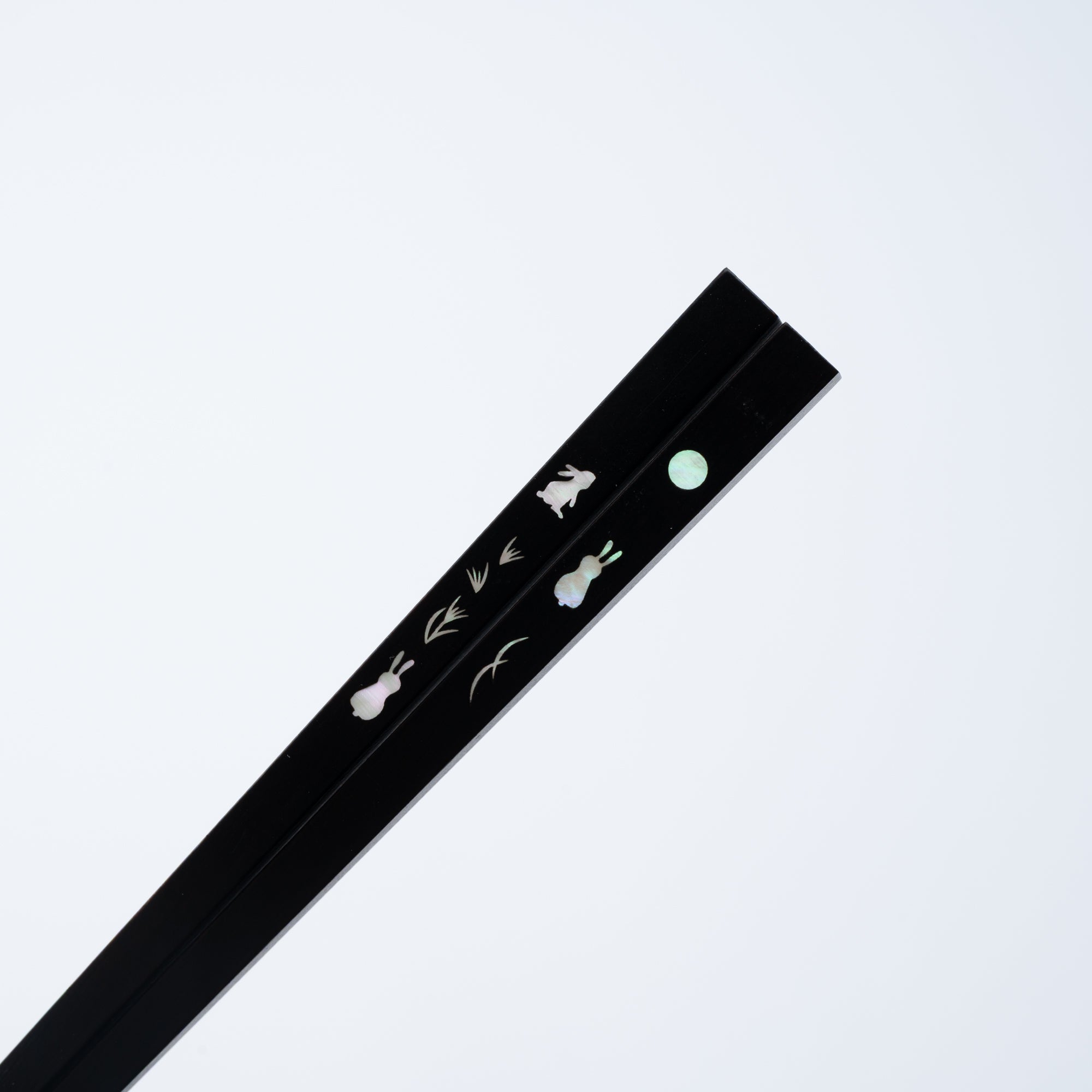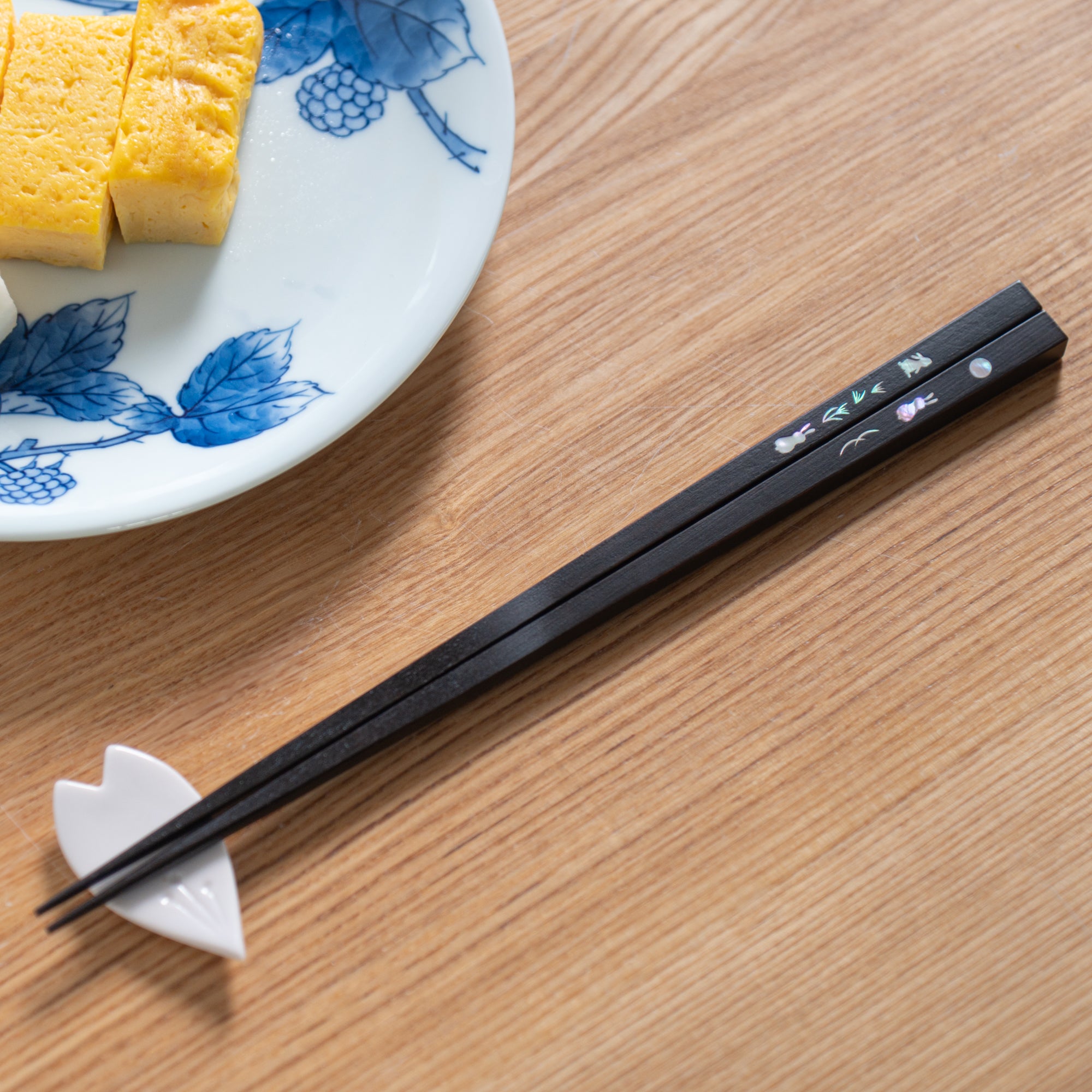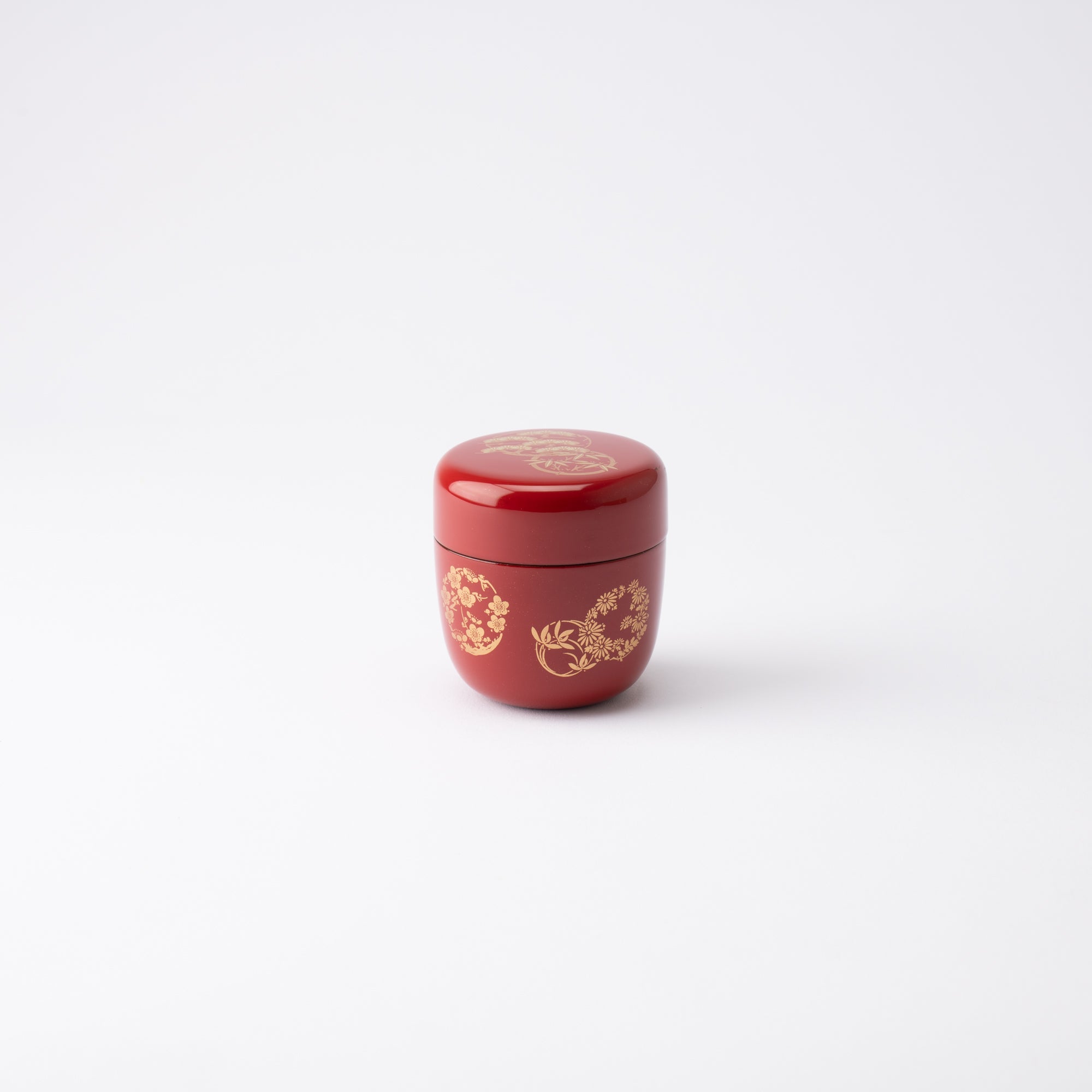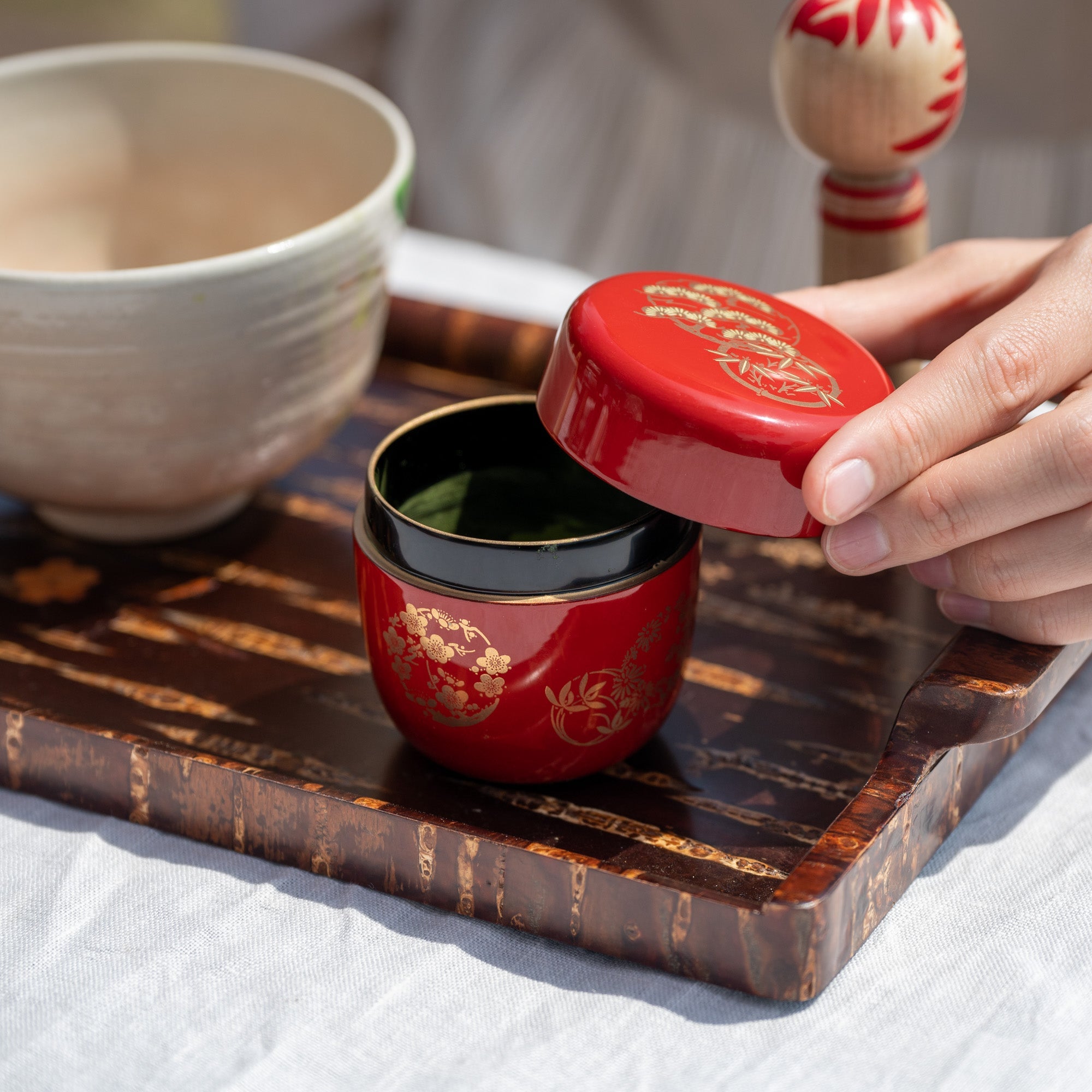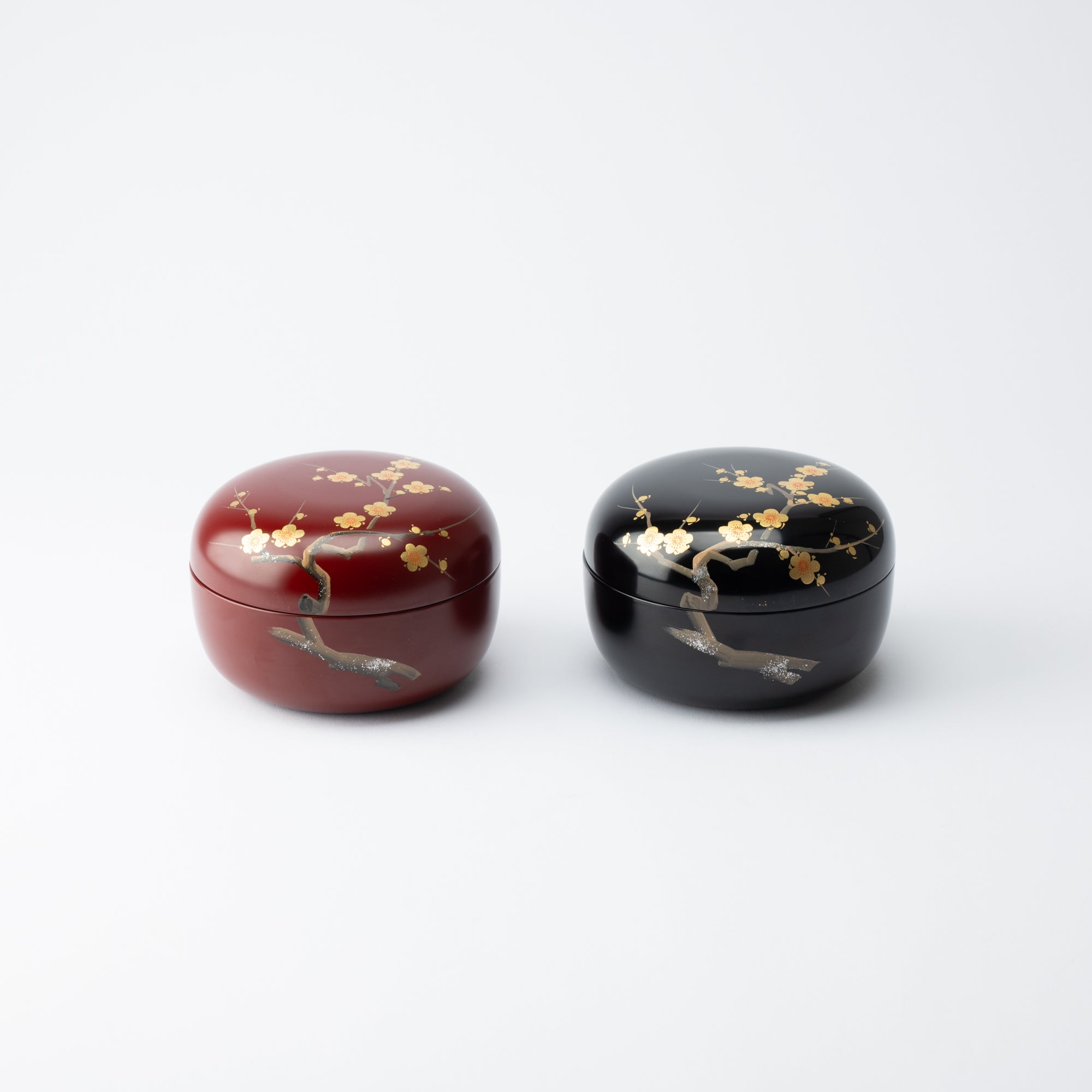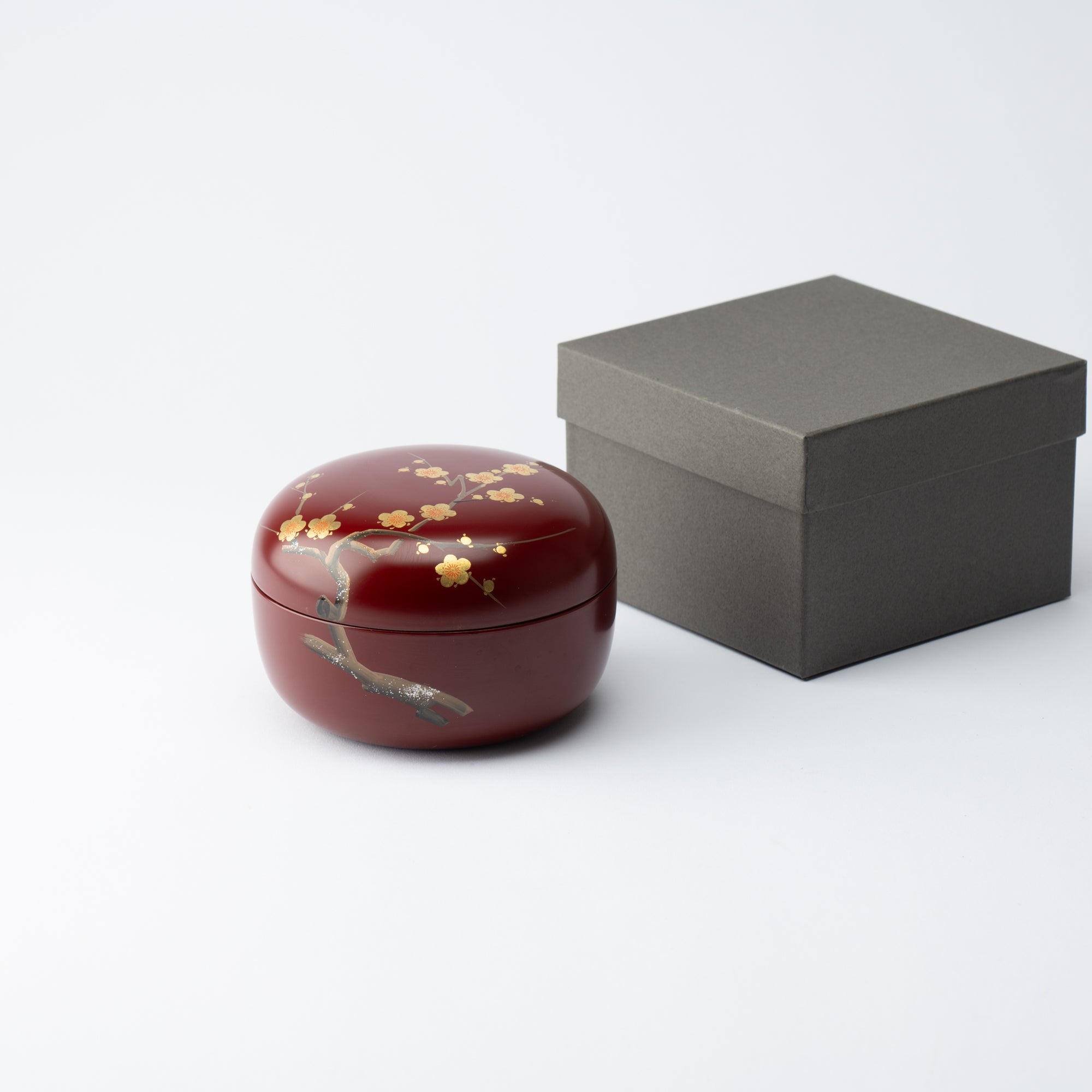
Lacquerware
Japanese lacquerware, also called shikki in Japanese, is a proud handicraft with a long history dating back to 5,000 BCE, and traditional methods are still followed today. Durable, light, antibacterial, and robust enough to endure for more than one hundred years, Japanese lacquerware is not only beautiful, but also highly functional.
In addition to the fine Japanese lacquerware found in antique and vintage pieces, there is also contemporary Japanese lacquerware suitable for modern life made by artisans who continue to improve their skills and pass on tradition today.
Durable, Safe and Beautiful
Japanese lacquerware is a time-honored tradition that dates back about 7,000 years ago in Japan's prehistoric era. The special lacquer "Urushi" produced and processed from the sap of the Urushi tree, which grows naturally in East Asia.
The antibacterial properties of urushiol, the main component of Urushi lacquer, continue even after curing, making Japanese Lacquerware products hygienic tools that prevent the growth of bacteria.
In addition, Japanese Lacquerware is not only beautiful with its unique transparent shine, but also very robust, resistant to deterioration, as well as acid and alkali. Moreover, lacquerware remain as relics of a long history in Japan, so Japanese Lacquerware is an eco-friendly tool that can be used continuously while retaining its beauty.
In recent years, many of them have been made of dishwasher-safe resin or safe chemical paints. The production of these lacquerware is also supported by the skills of craftsmen cultivated in Japan.
Related posts
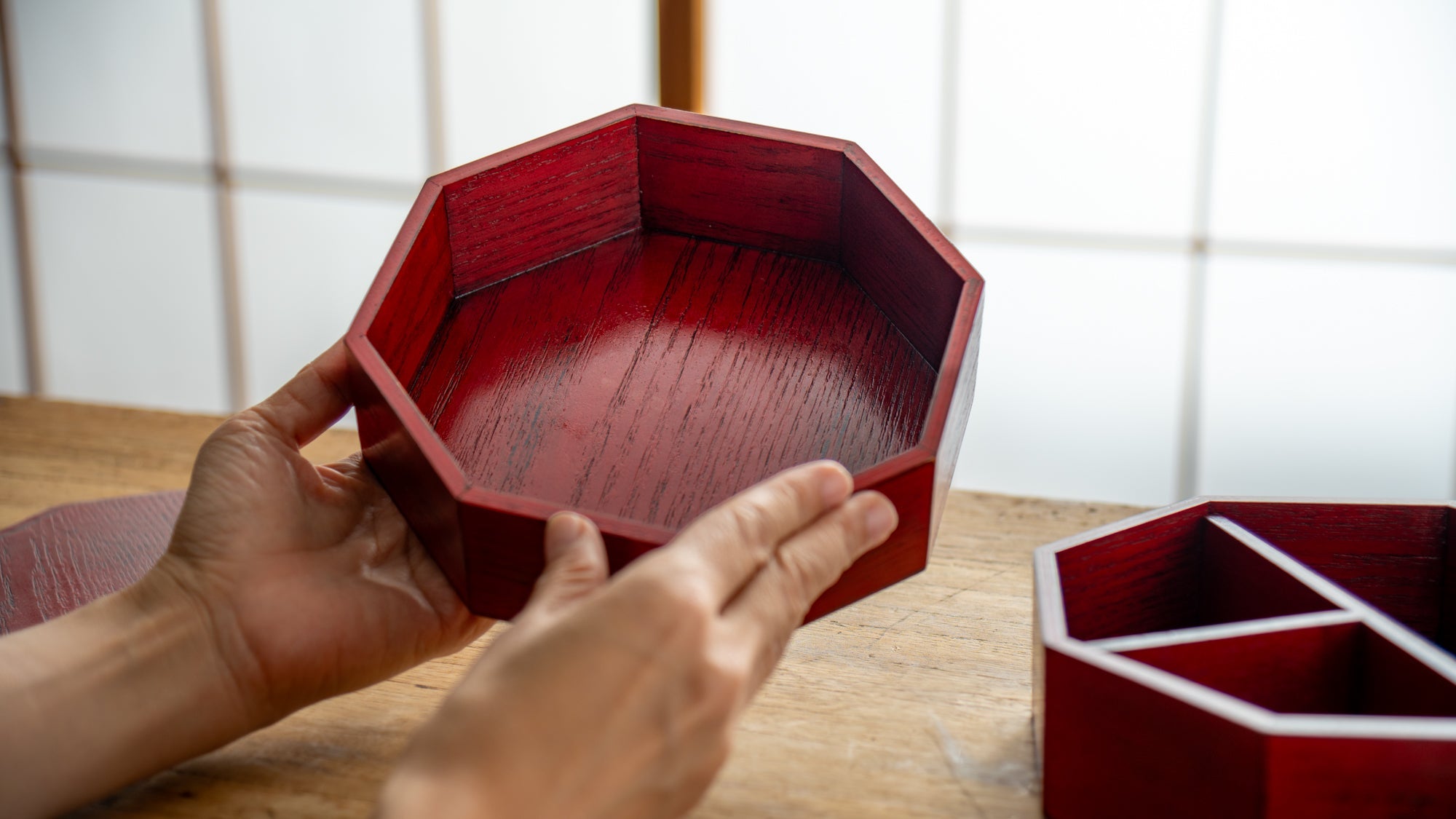
The Art of Keinen Bika: How Japanese Crafts Age Gracefully
Discover keinen bika, how Japanese crafts like ceramics and lacquerware grow more beautiful with time, wear, and care.
Read more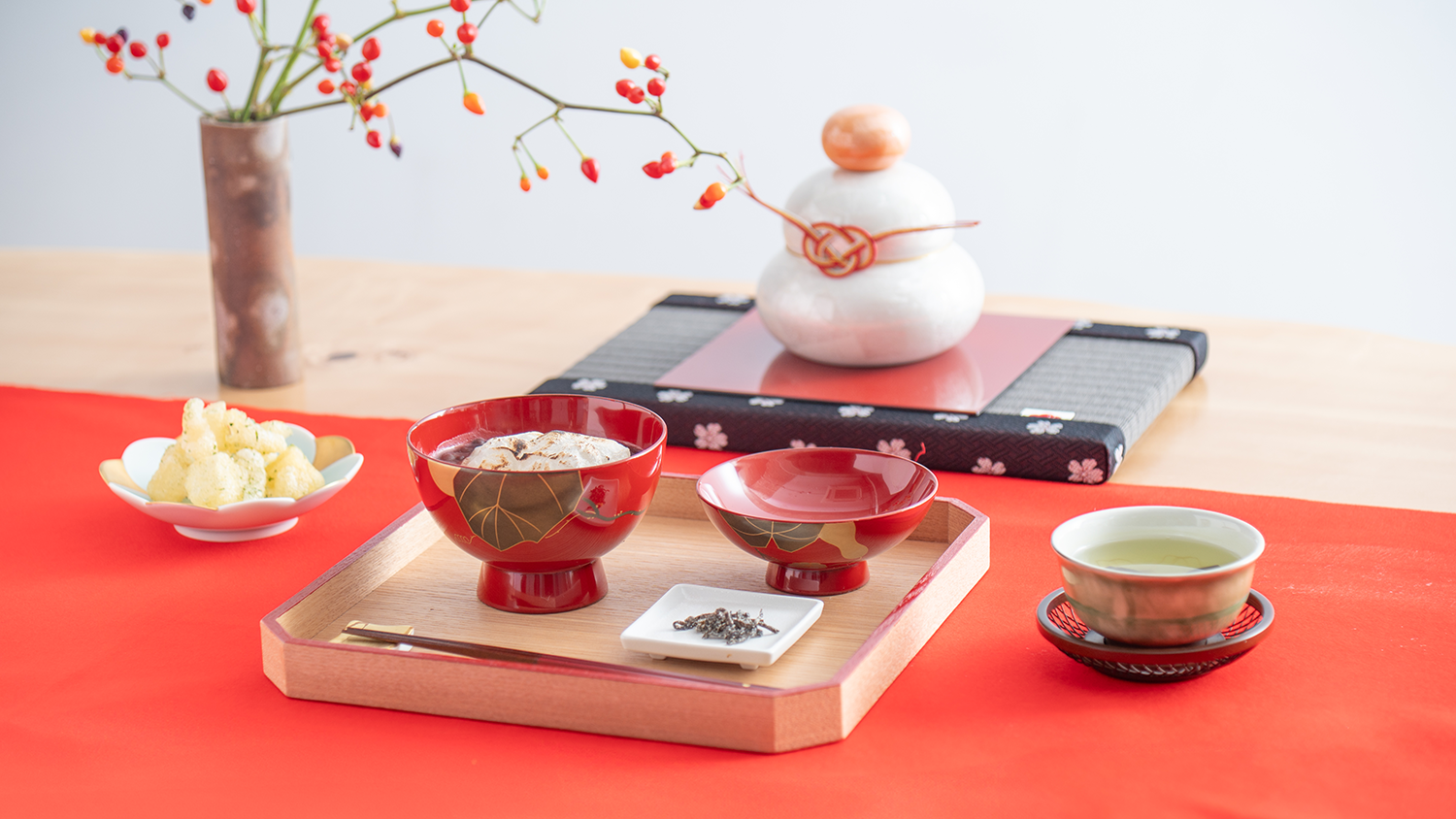
From Offering to Delight: The Tradition of Zenzai
Set a festive table for Kagami Biraki with red accents, elegant lacquerware, and more to celebrate the New Year.
Read more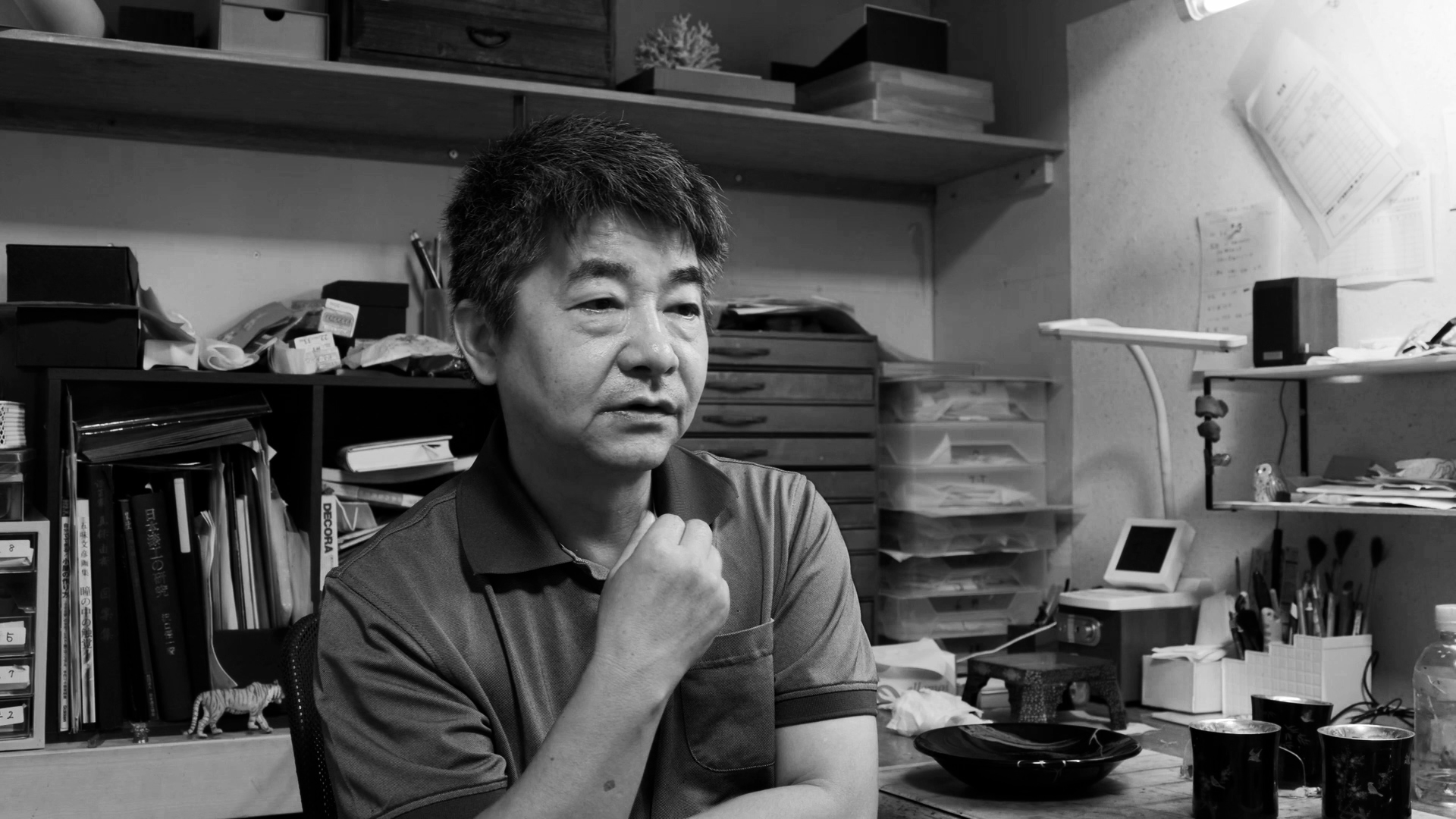
Meeting the Master of Raised Maki-e: Where Gold and Artistry Shine as Wajima Lacquerware
Discover Yamanoshita Akihiro’s raised maki-e lacquer art, crafted with precision, skill, and deep Wajima tradition.
Read more
7 Actually Useful Table Accessories That You Didn’t Know You Needed
Discover 7 unique Japanese table accessories, from soy sauce dispensers to spice holders, that add charm to every meal.
Read more
Dress to Impress: Hosting with a Shokado Bento Box
Create a dazzling fall table with warm hues, layered textures, and seasonal dishes on lacquerware and Mino ware plates.
Read more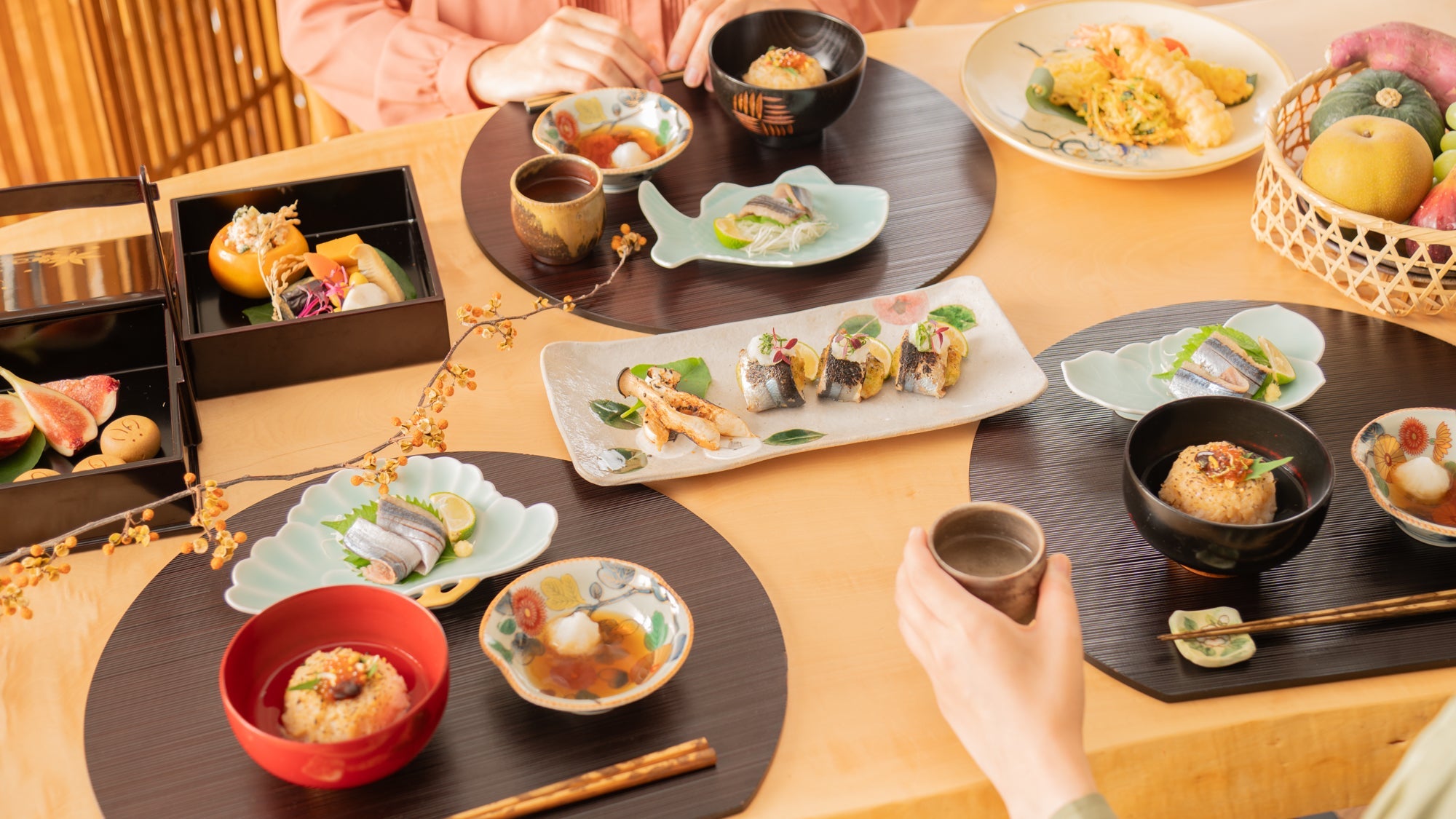
Fall Table Decor to Dazzle Your Dinner Guests
Create a dazzling fall table with warm hues, layered textures, and seasonal dishes on lacquerware and Mino ware plates.
Read more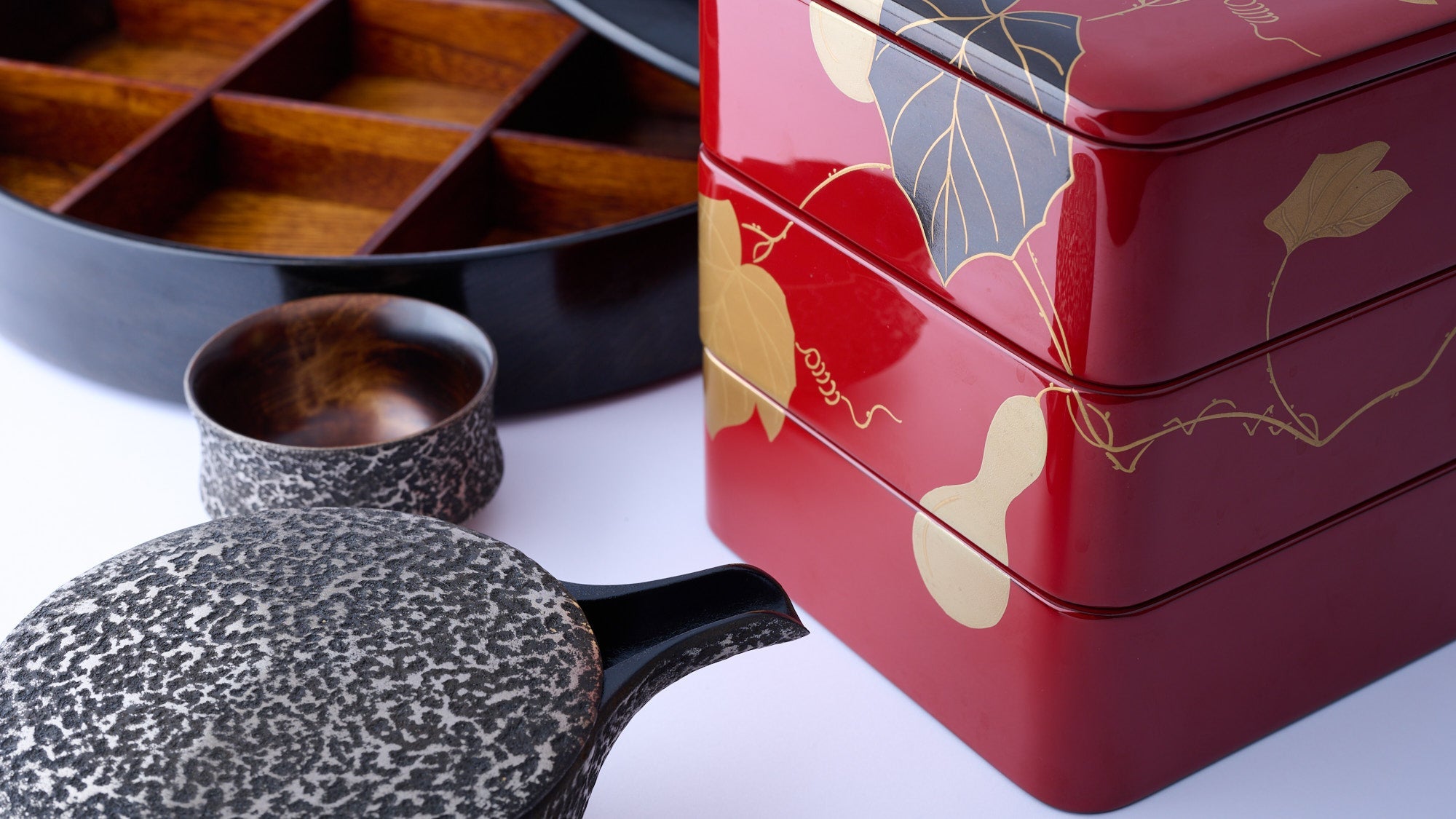
Lacquerware for Holiday Gatherings: From Thanksgiving to New Year
Enhance your holiday table with Japanese lacquerware. With sleek designs and rich finishes, these pieces bring tradition and sophistication to every gathering.
Read more
Matsukan Chopsticks Set: Sound of the Sea Series
Discover Matsukan's Sound of the Sea chopsticks, blending Wakasa lacquerware, ocean inspirations, and local heritage.
Read more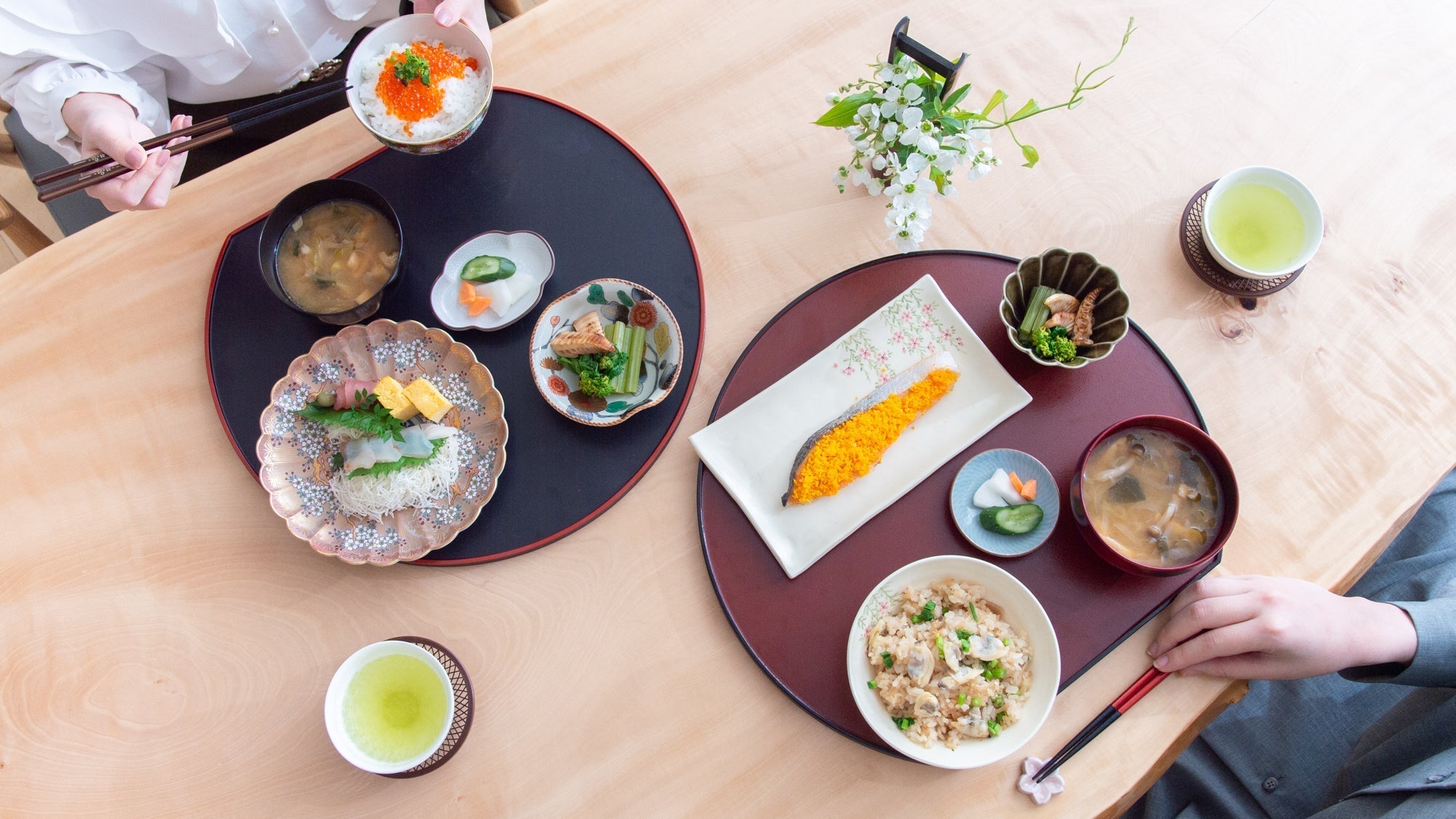
Set for Spring: Musubi Mono Japanese Dinnerware Sets
Discover the latest Japanese dinnerware sets from Musubi Mono. The sets include kobachi bowls, plates, trays, and more.
Read more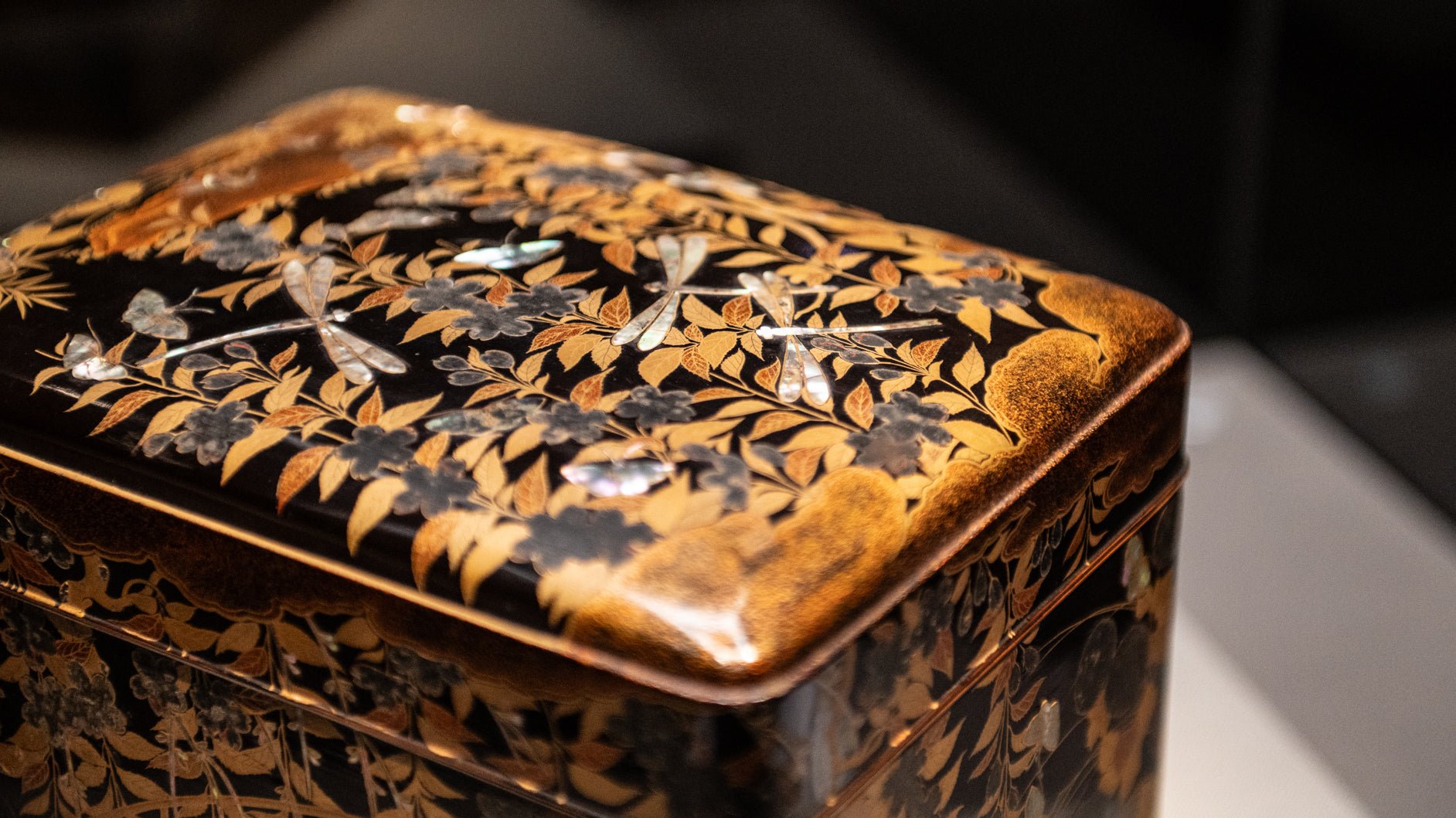
Precious Jewels: Tokyo's Exquisite Lacquerware Collection
We take a walk through the history of lacquerware at the Sen-oku Hakukokan Museum Tokyo in Roppongi.
Read more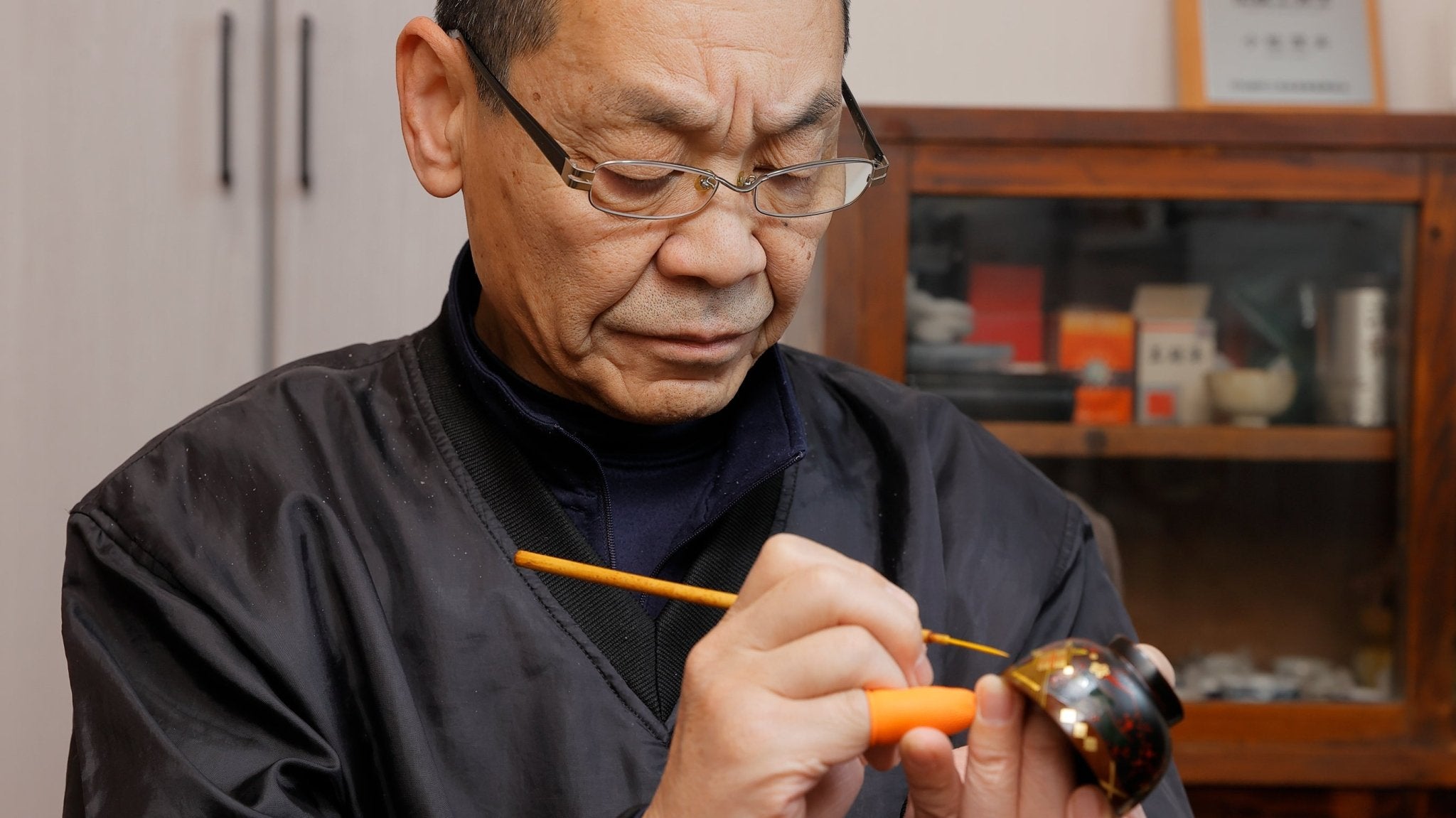
Mastering Tradition and Innovation: Art of Aizu Lacquerware
An exclusive interview with Aizu lacquerware master, Komatsu Shigeo, discussing the history, the process, and his journey.
Read more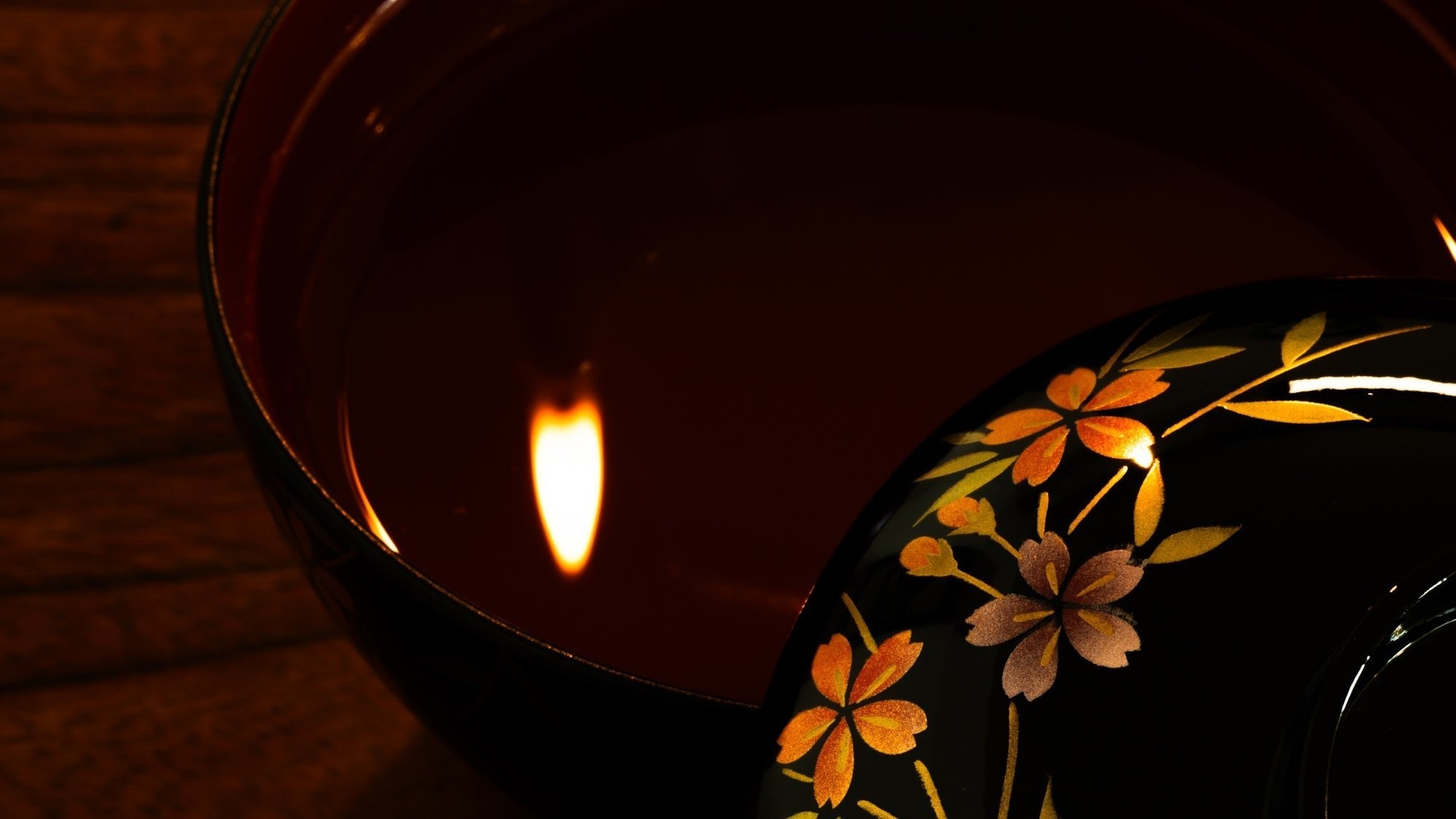
Between Light and Darkness: The Subtle Artistry of Tableware
Inspired by "In Praise of Shadows," this piece explores how Japanese tableware shows its beauty in the glow of dim light.
Read more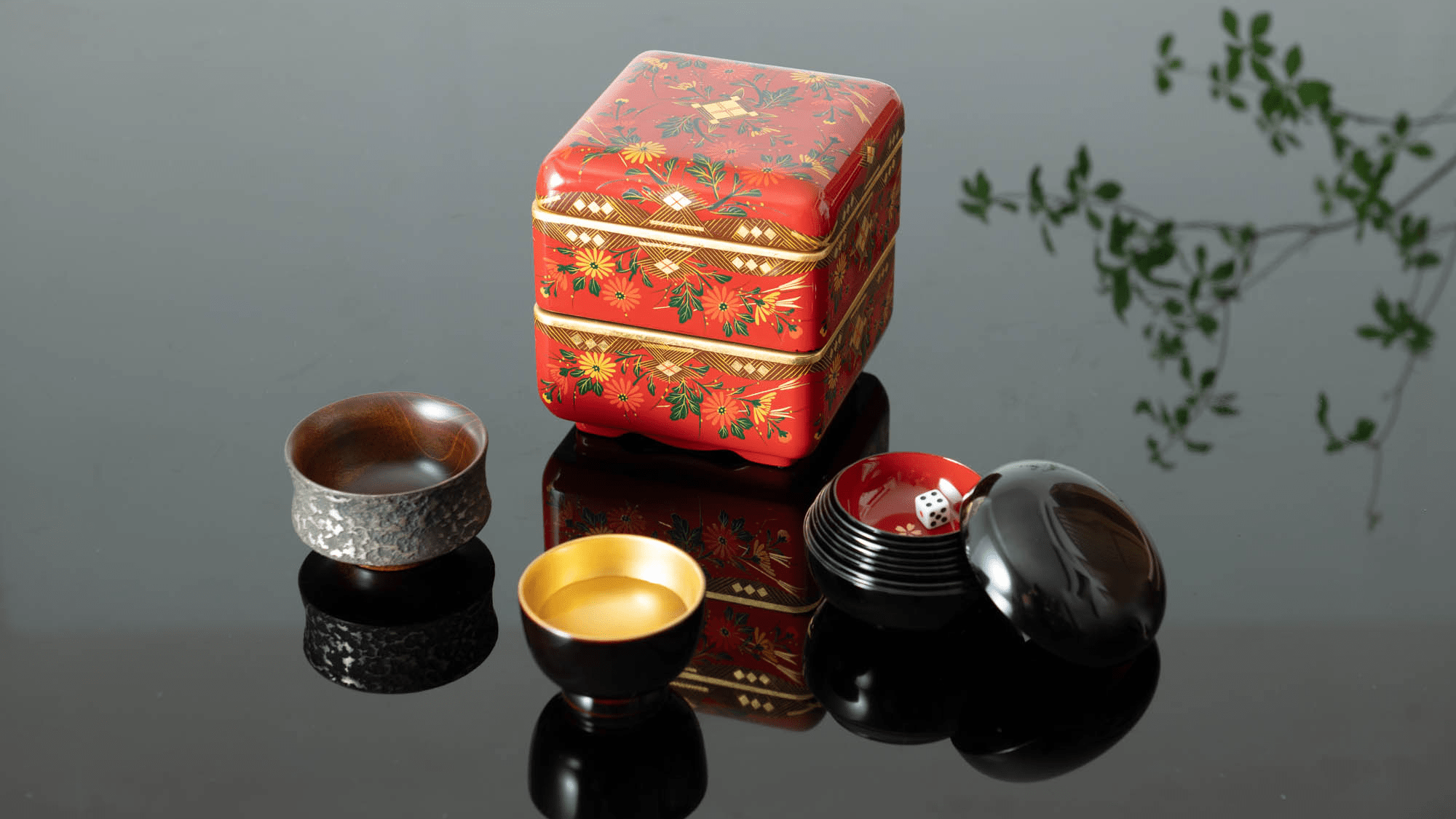
The Craft of Gifting Japanese Lacquerware
Gift the glow of tradition with Japanese lacquerware that embodies autumn's spirit of beauty, warmth, and gratitude.
Read more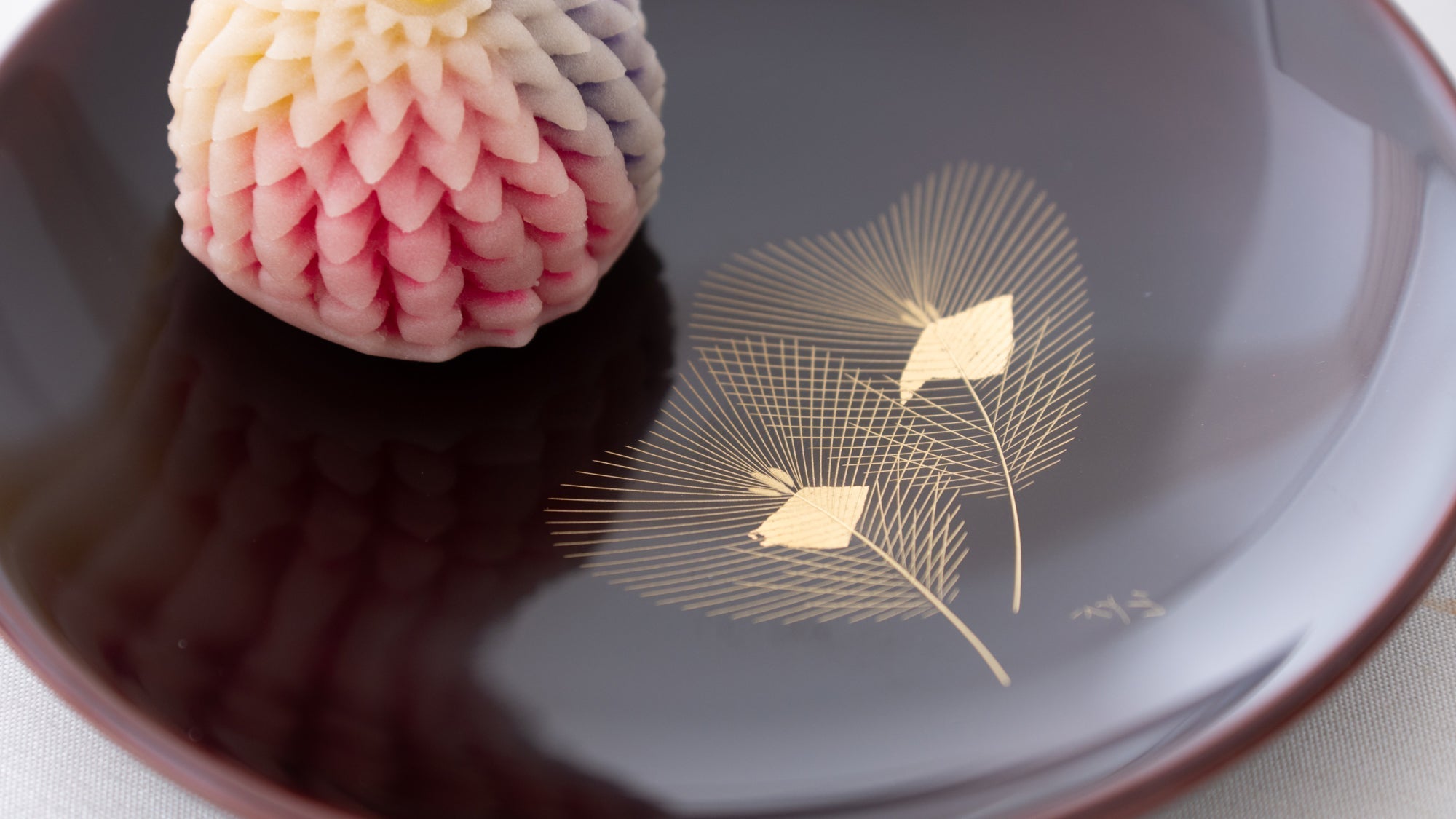
Interview With An Artist: Ritsuzan Tomita - Chinkin
"Chinkin" is a technique that elegantly decorates the lustrous surface of lacquerware with gold.
Read more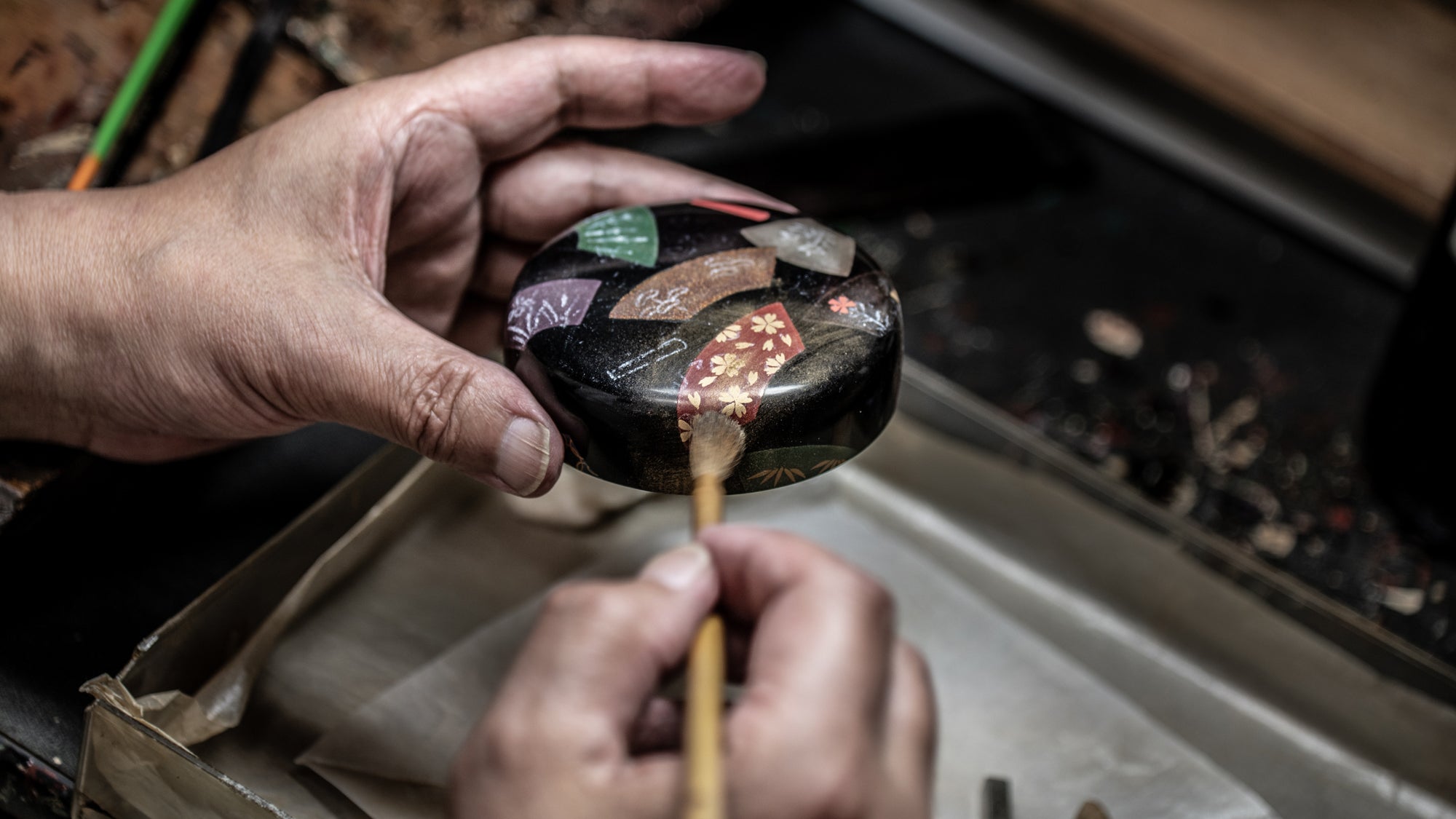
Decorative Techniques for Japanese Lacquerware
Lacquerware is a representative Japanese craft. Its smooth, moist texture and elegant luminous beauty have a unique charm all their own.
Read more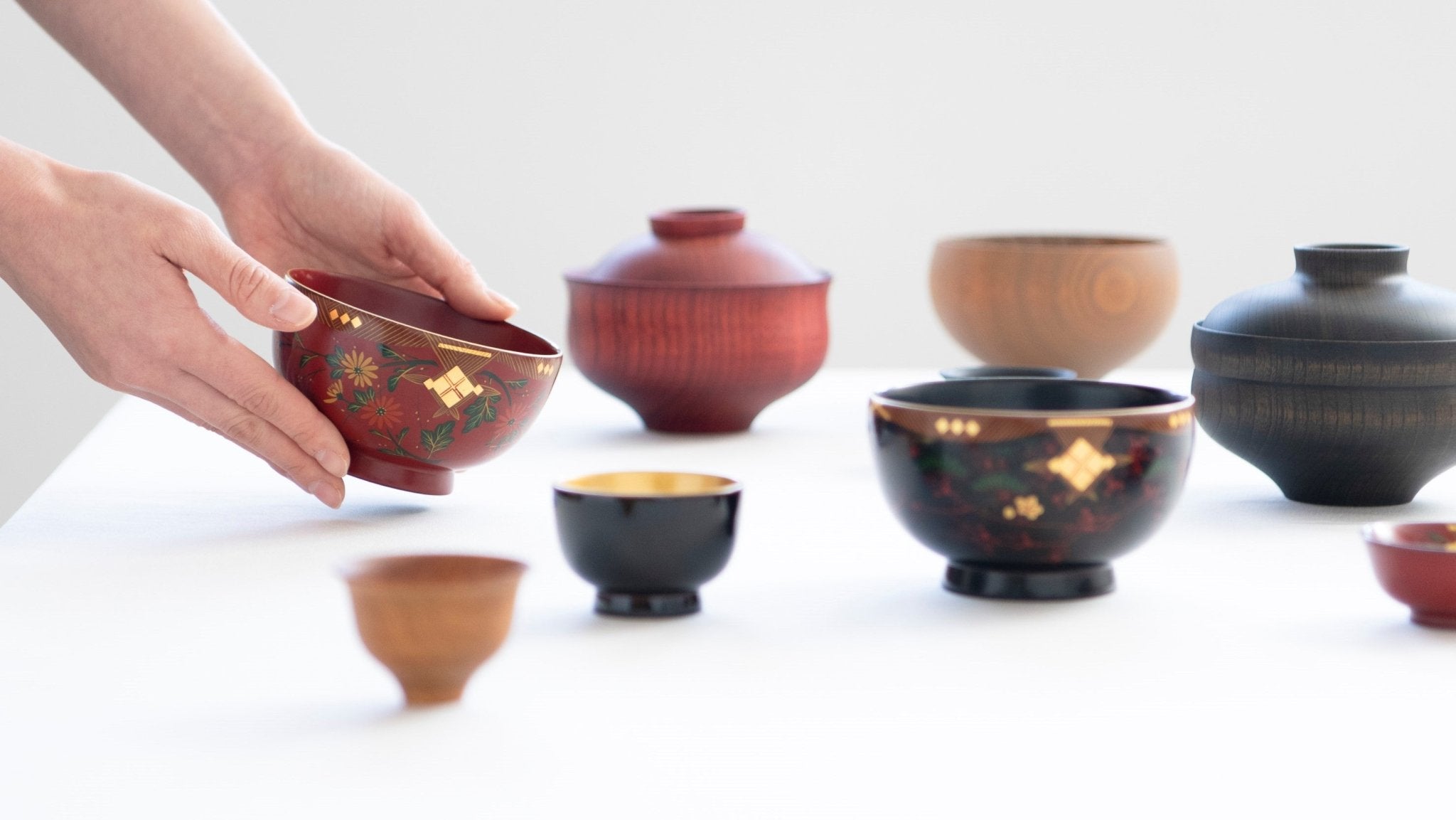
How to Care for Japanese Lacquerware
Japanese lacquerware, called “Shikki” or “Nuri-mono” in Japanese. There are two main types of Japanese lacquerware: natural lacquerware and synthetic lacquerw...
Read more
Guide to Japanese Flatware & Cutlery
This guide describes the types and characteristics of various Japanese cutlery, especially focusing on chopsticks made in Japan.
Read moreFilters
More about Lacquerware
The history of Japanese Lacquerware dates back to the Jomon period. The world's oldest lacquerware was discovered in Hakodate, Hokkaido, and the world's oldest piece of Urushi ( lacquer tree) from about 12,600 years ago was found in the Torihama shell mound in Wakasa, Fukui Prefecture.
During the early Jomon period (about 9,000 years ago), lacquered clothing was found, and during the late Jomon period, wooden Lacquerware and many other daily utensils were found at Jomon sites throughout Japan, and later, during the Yayoi period (300 BC-300 AD), the uses of lacquer became more diverse, from farming tools to fishing tools.
After the arrival of Buddhism from the continent in the Asuka period (538-710), the role of lacquerware became important for artistic purposes. Temples, Buddhist statues, and Buddhist utensils required a large amount of Urushi lacquer, and a governmental lacquerware organization was established. The famous "Tamamushi no Zushi (Shrine of the Jewel Beetle)" at Horyuji Temple is a lacquered wooden object, and lacquer was also used to glue the wings of the beetle and to paint the sides.
From the Kamakura period (1185-1333), there was a division of labor in the processes of base preparation, lacquering, and decoration. With the emergence of specialized craftsmen, the techniques of Raden and Maki-e were further improved. On the other hand, with the development of the spinning-lathe, lacquering became popular for tableware and furnishings used by the Japanese nobility. At the same time, vermillion and black lacquer were also used for daily utensils for monks and armor for samurai.
In the Edo period (1603-1868), when there were no more major wars, Japanese Lacquerware evolved into a uniquely Japanese art form. Each domain encouraged the production of lacquerware, and distinctive works of lacquerware began to appear in each region of Japan.
In the Meiji period (1868-1912), the government exhibited Japanese Lacquerware at the World Exposition held in Europe. They were highly acclaimed as representative Japanese crafts. Today, the world of lacquerware is facing the same challenges as other crafts, such as the shortage of successors and the passing on of techniques, but the lacquer culture that has been handed down from generation to generation is still an essential part of Japanese lifestyle culture.
The Urushi lacquer used in Japanese lacquerware is a resin refined from the sap secreted when the Urushi tree is scratched. The Urushi tree is a deciduous tree widely distributed throughout East Asia, including Japan, the Korean Peninsula, and China, and Southeast Asia, including Vietnam, Thailand, and Myanmar. In Japan, it is a deciduous tree that grows in a wide area from Kyushu to Hokkaido. The largest trees can reach a height of 32 ft.
The collected Urushi sap is purified by heating and stirring it with a stirrer to remove debris. The main component of Urushi is called urushiol, and the higher the quality of the lacquer, the higher the content of this component. The urushiol hardens by taking in oxygen from the moisture in the air, so it does not cause sick building syndrome, unlike chemical paints, which release toxic substances into the air as the solvent evaporates. Urushi lacquer is a natural paint that is harmless when hardened, making it safe for human health and the natural environment.
All of the Japanese Lacquerware we carry at Musubi Kiln is high level of safety. The cured lacquer is a non-toxic, chemical-free, organic material.
If you have a child in your home, you may be worried about rashes caused by Urushi lacquer, but it is not uncommon to get rashes from well-cured Urushi lacquer. Urushiol, the main component of Urushi lacquer, is a natural ingredient with high antibacterial properties, and it kills resistant Staphylococcus aureus, O-157, Vibrio parahaemolyticus, etc. on the surface of lacquerware in 6 hours. It is a good choice for tableware for children because of its heat-blocking properties and durability.
